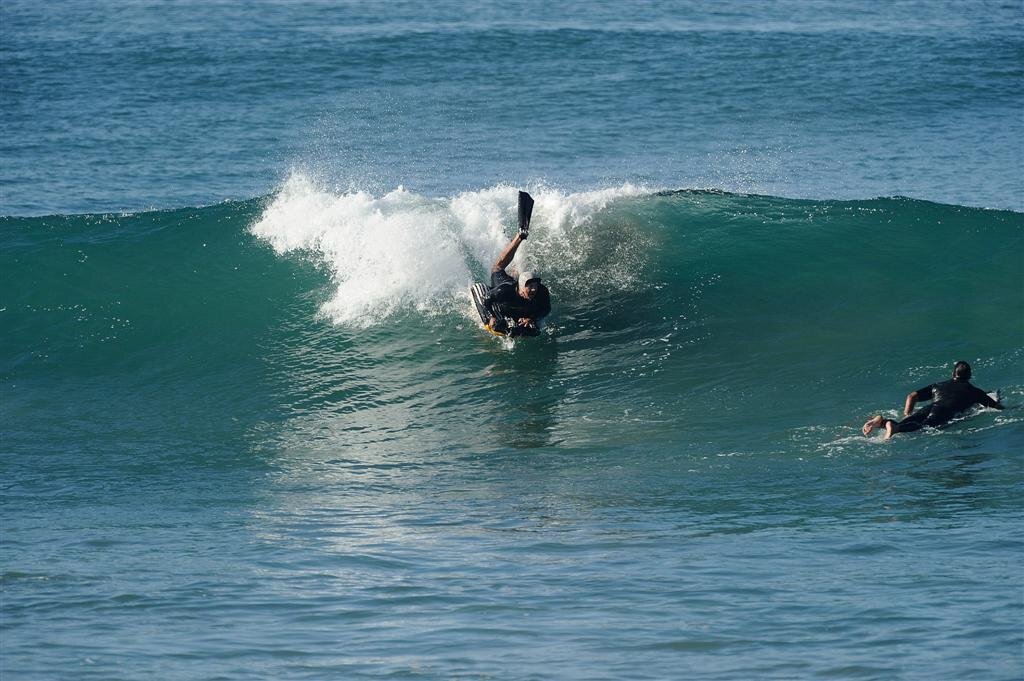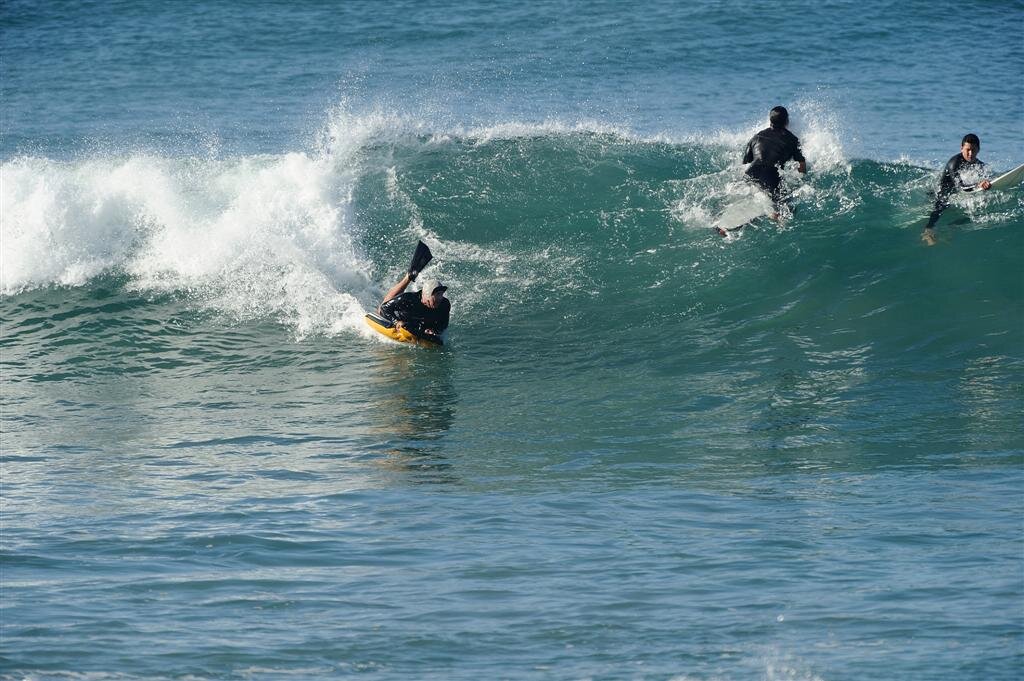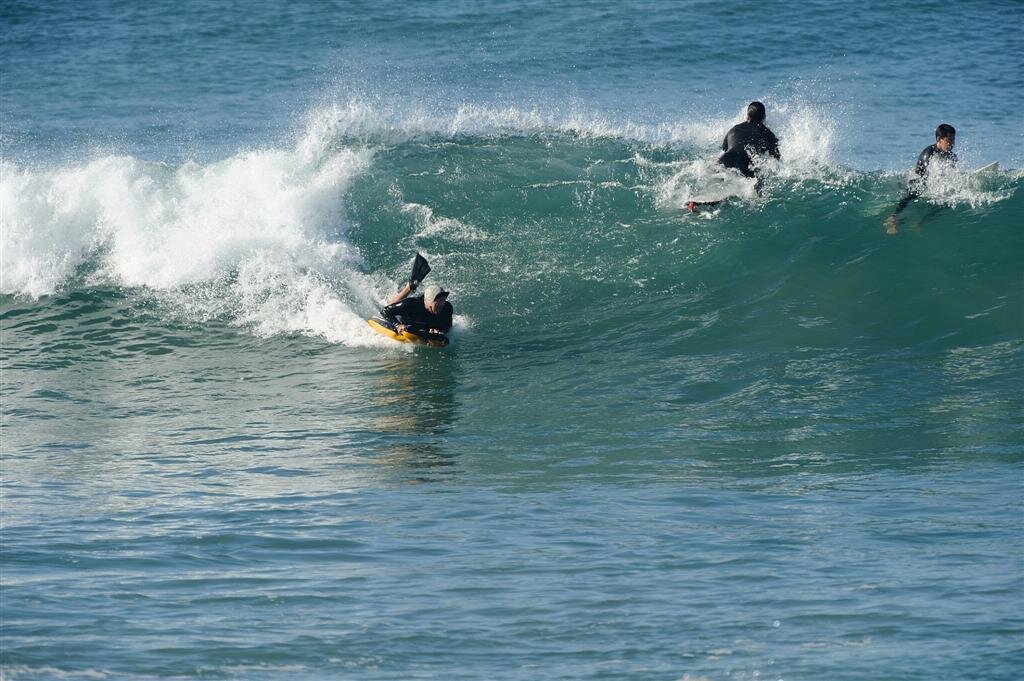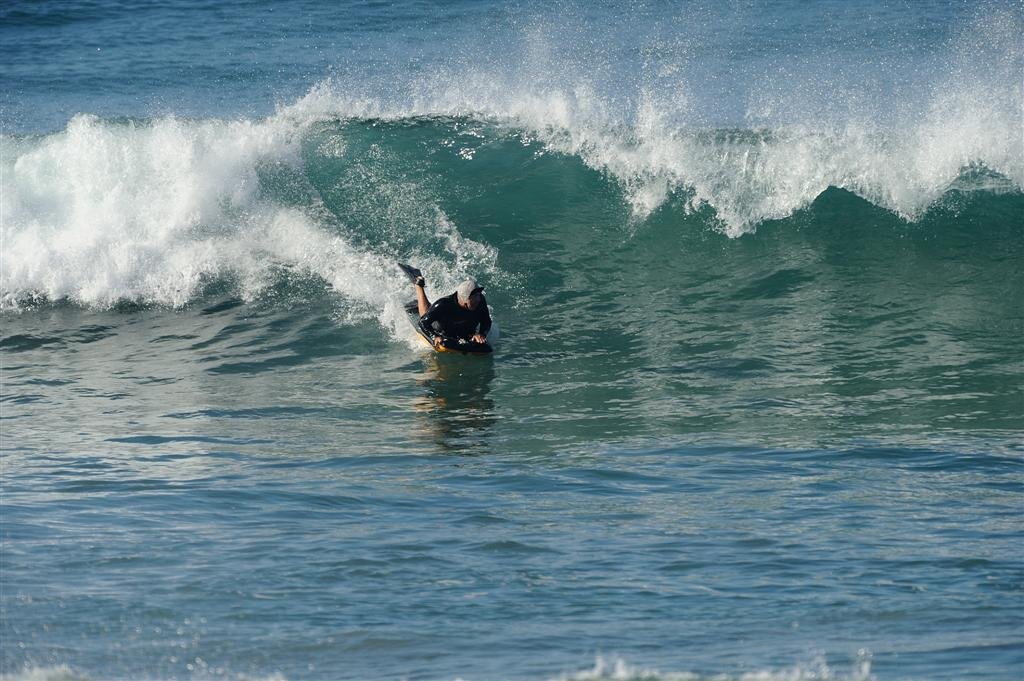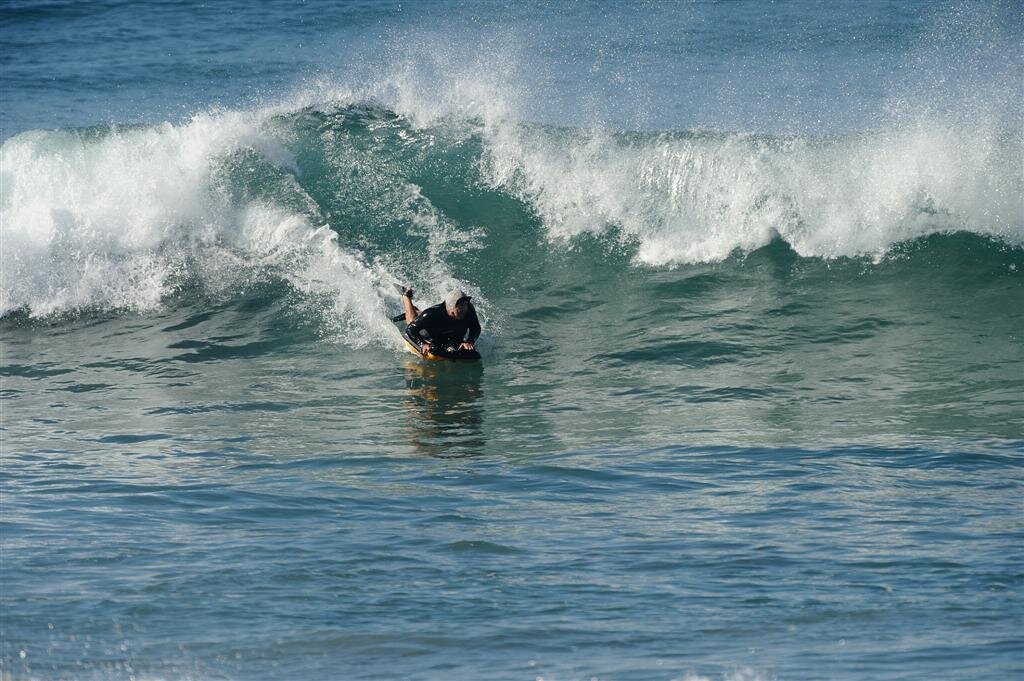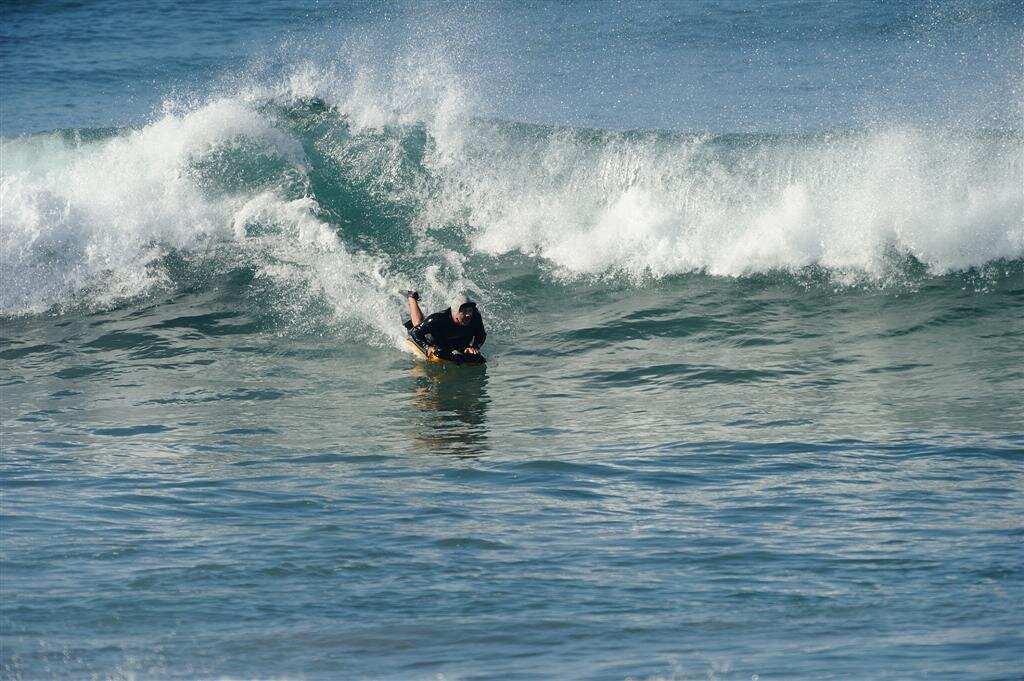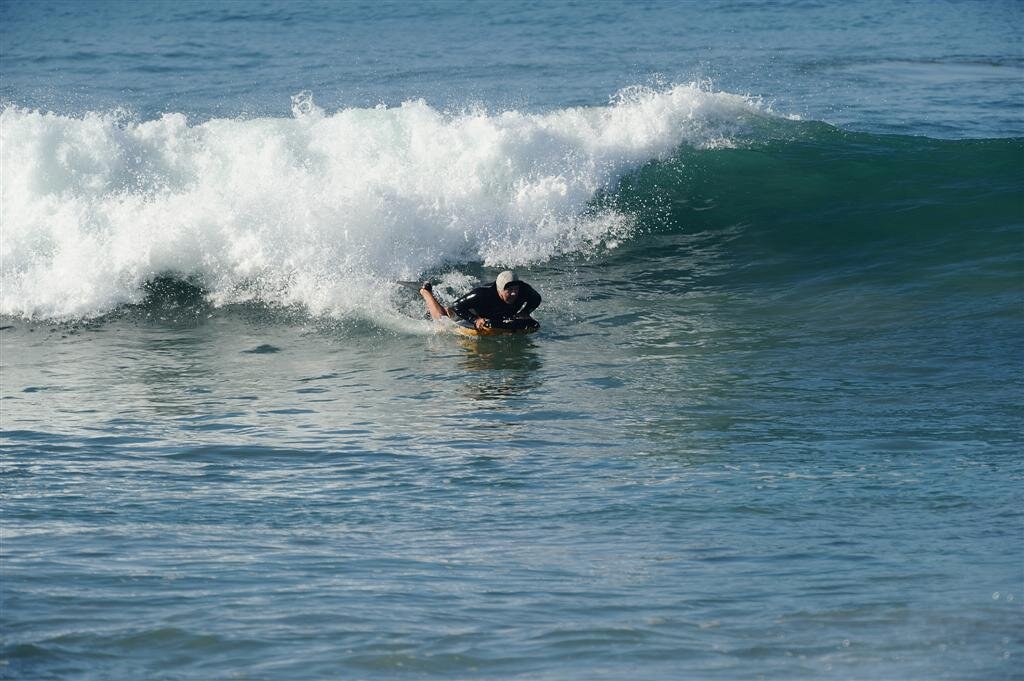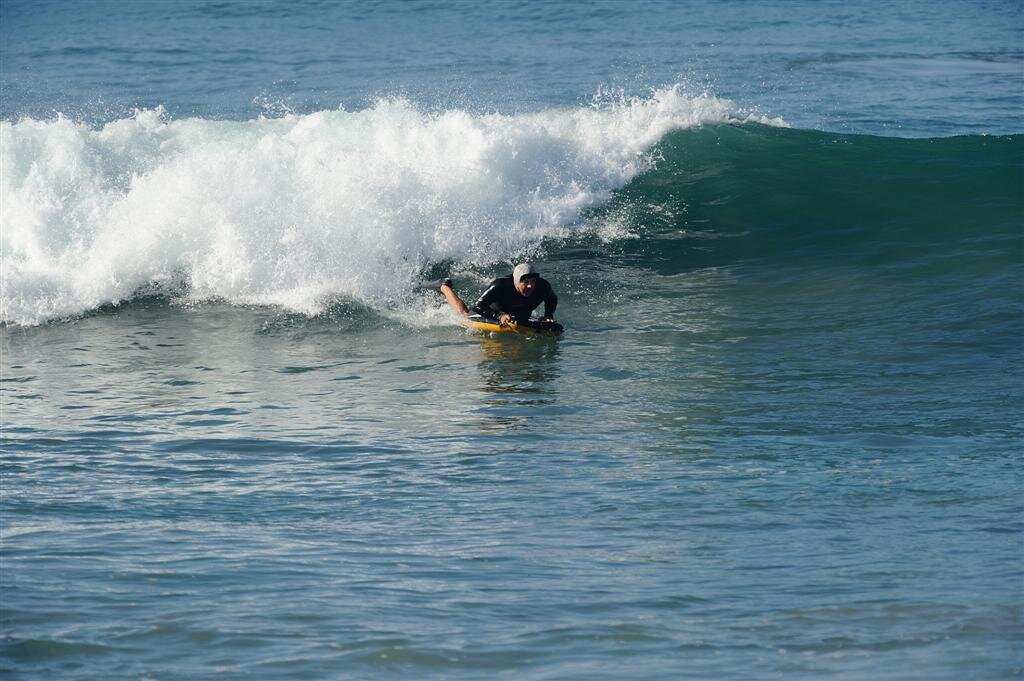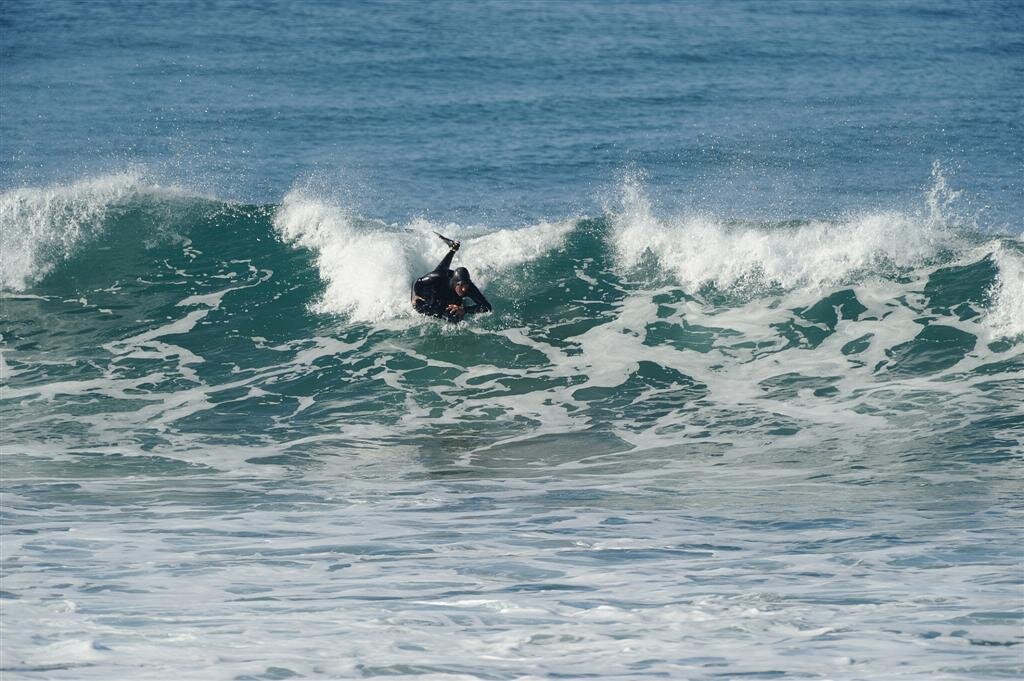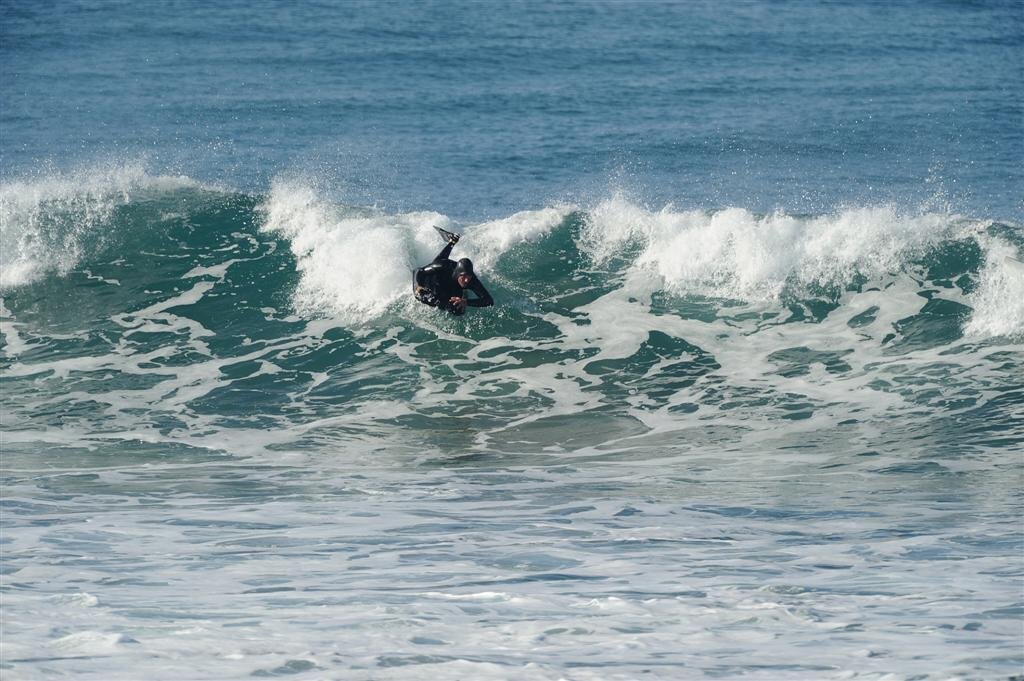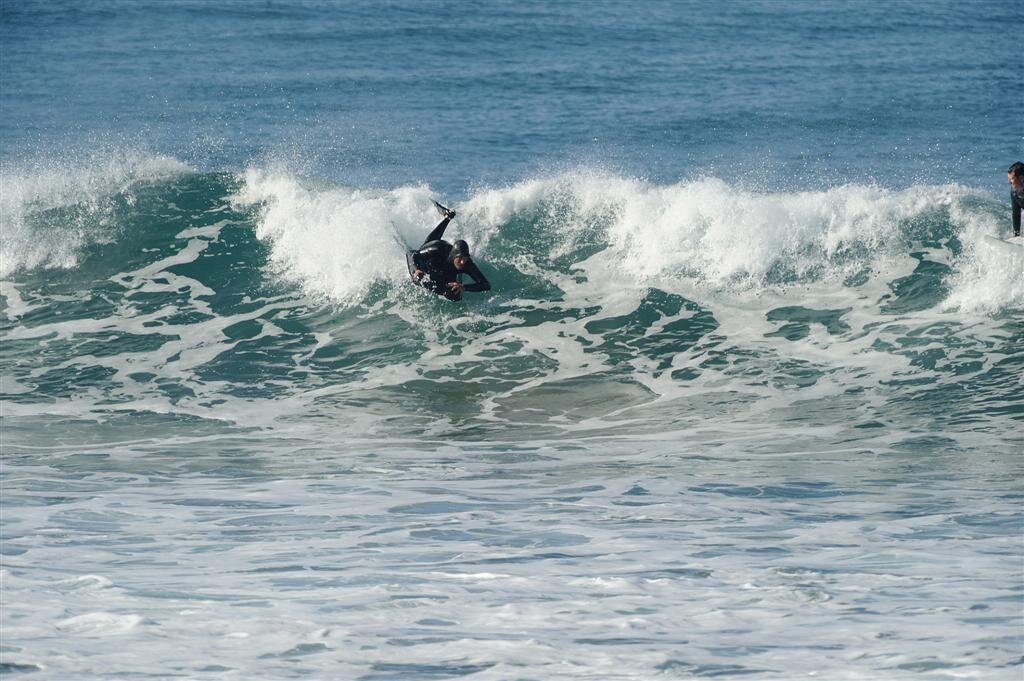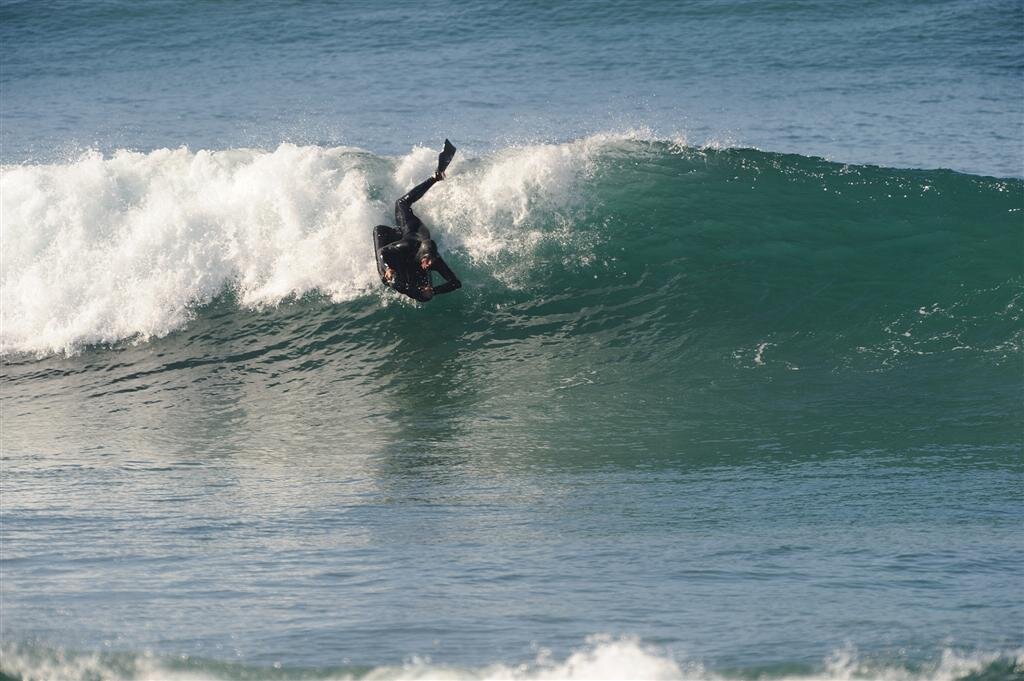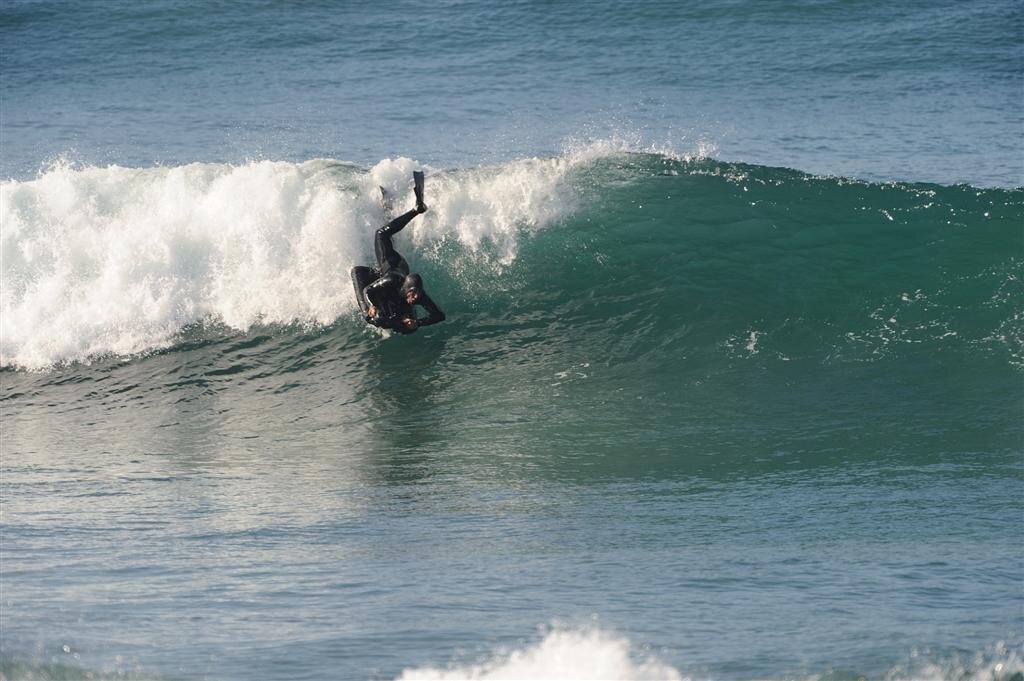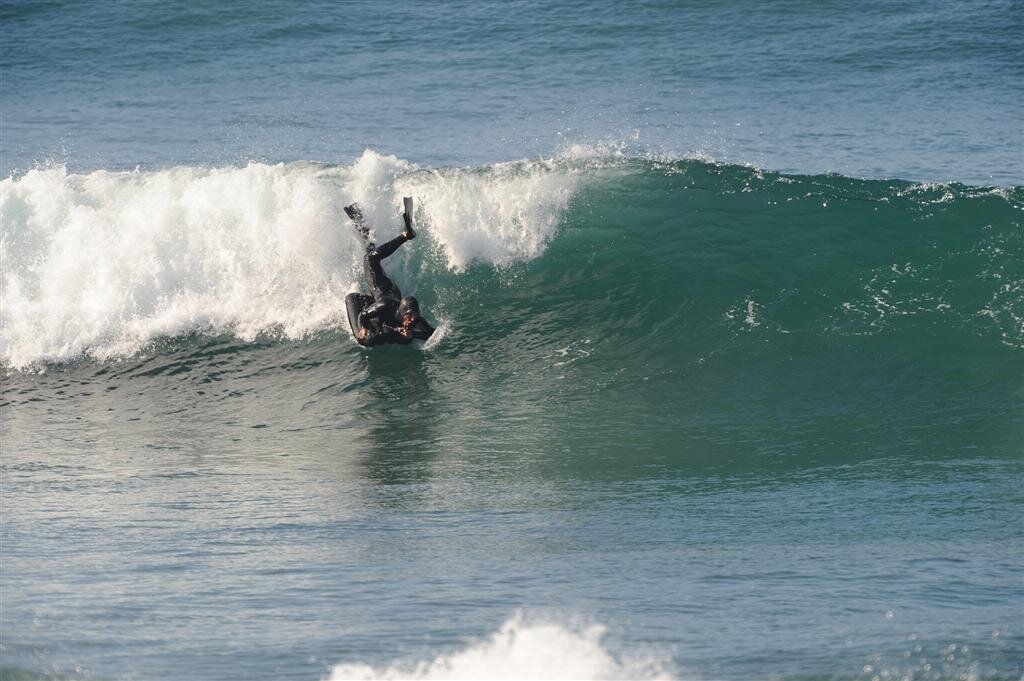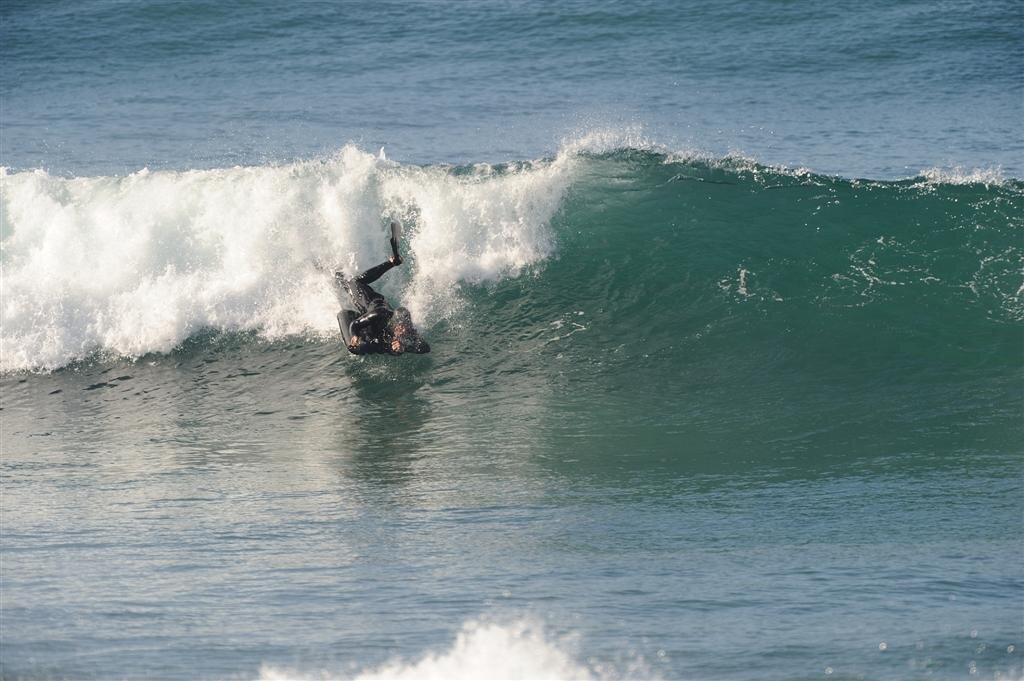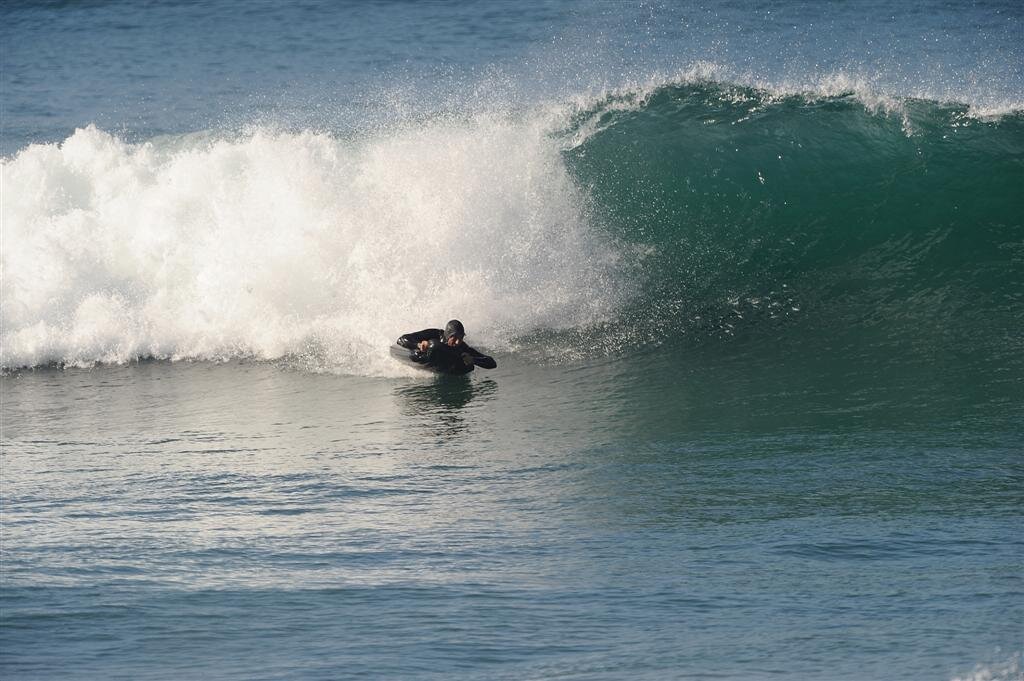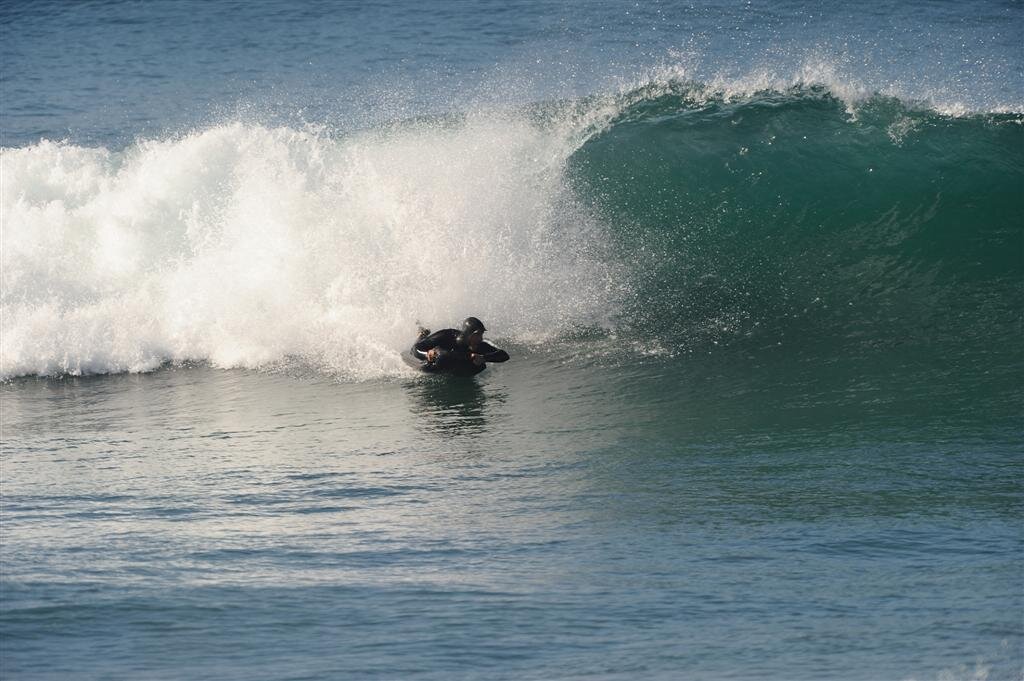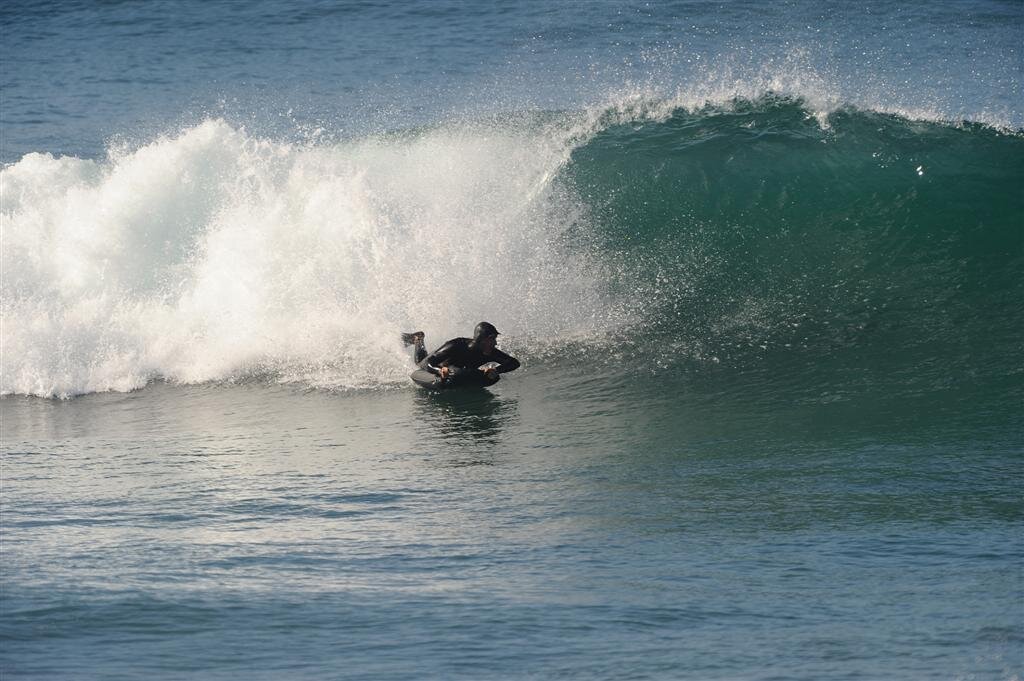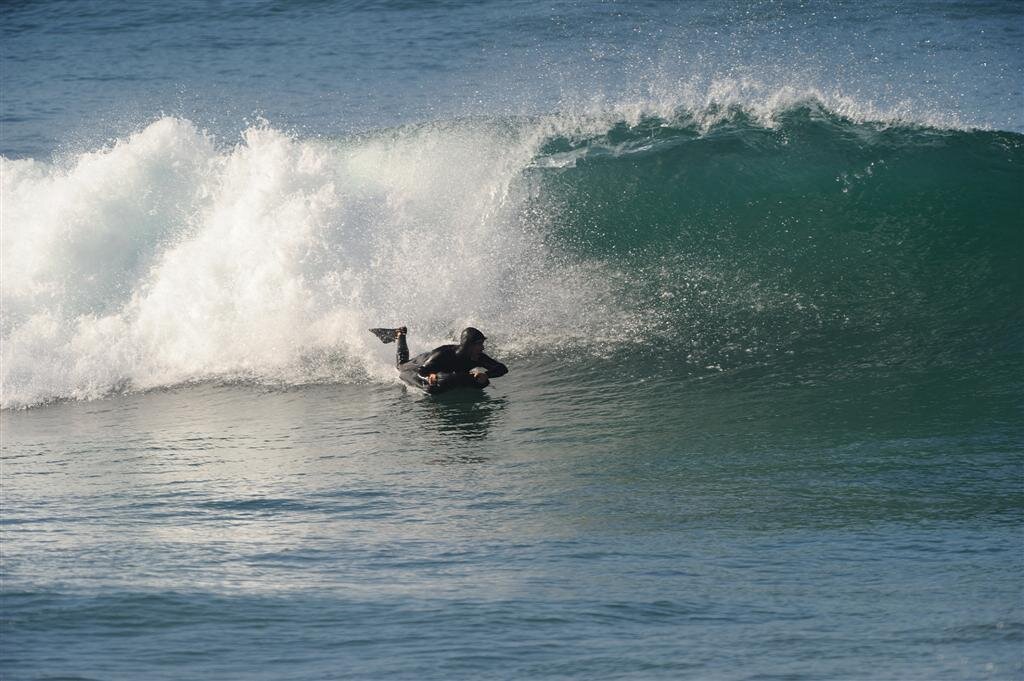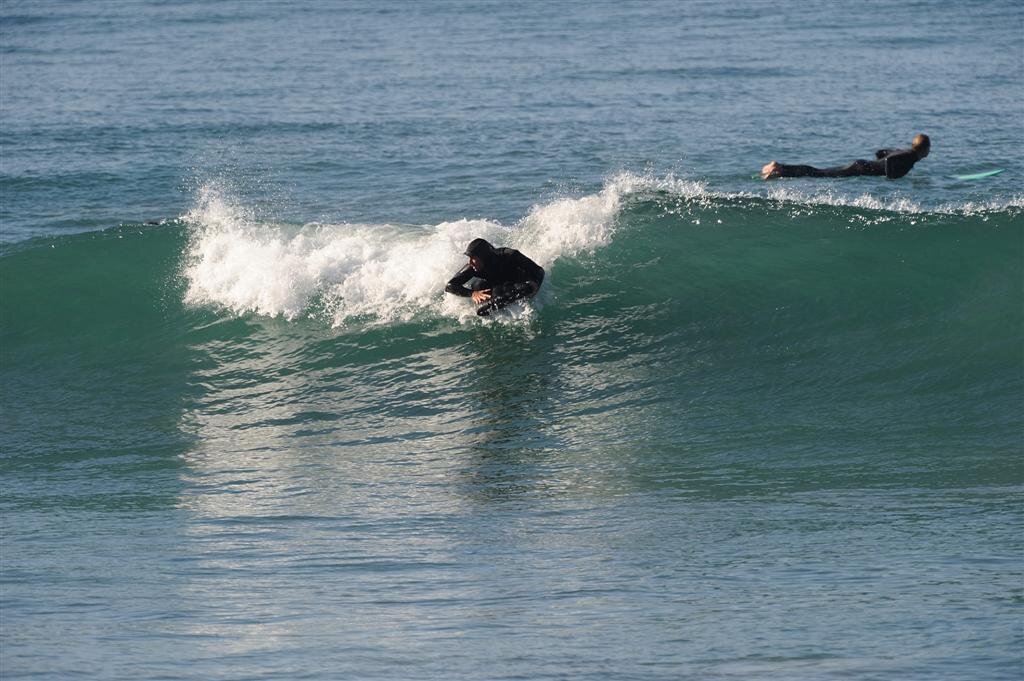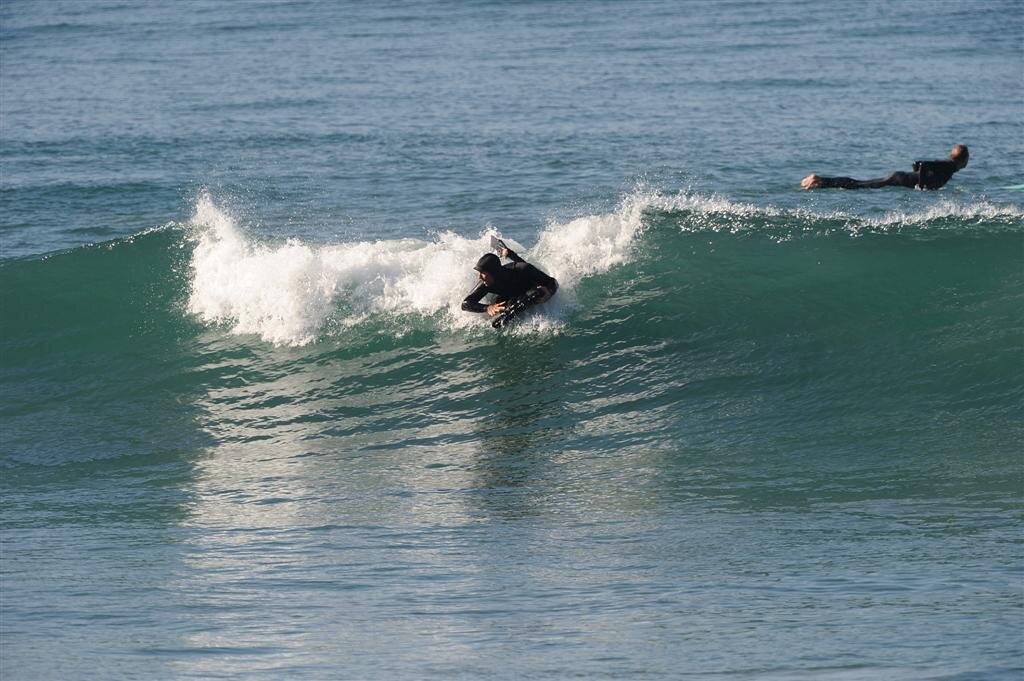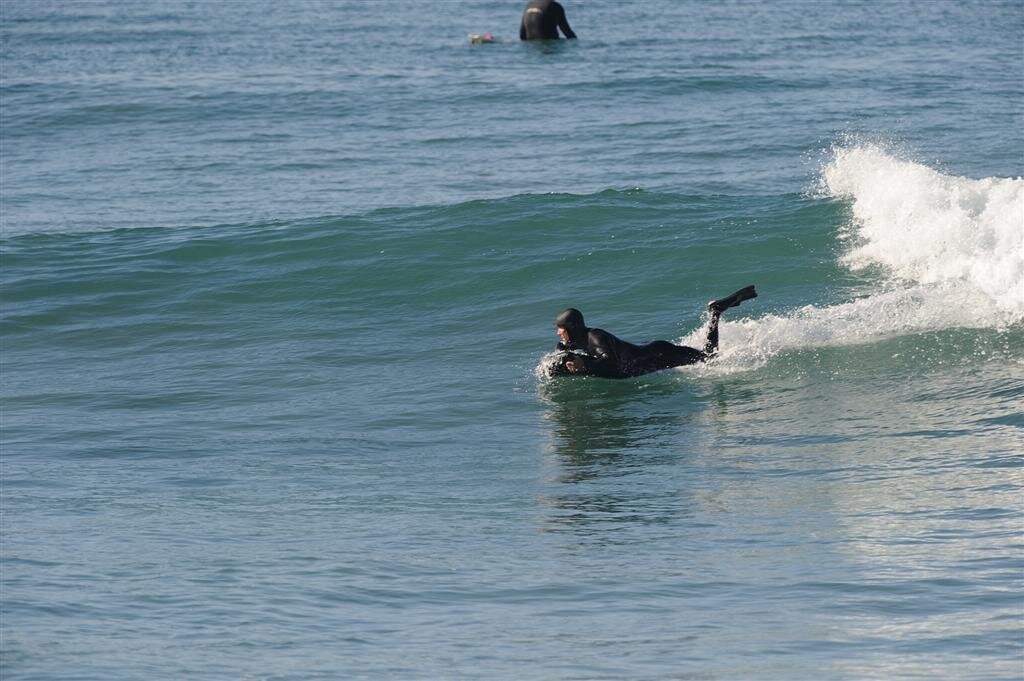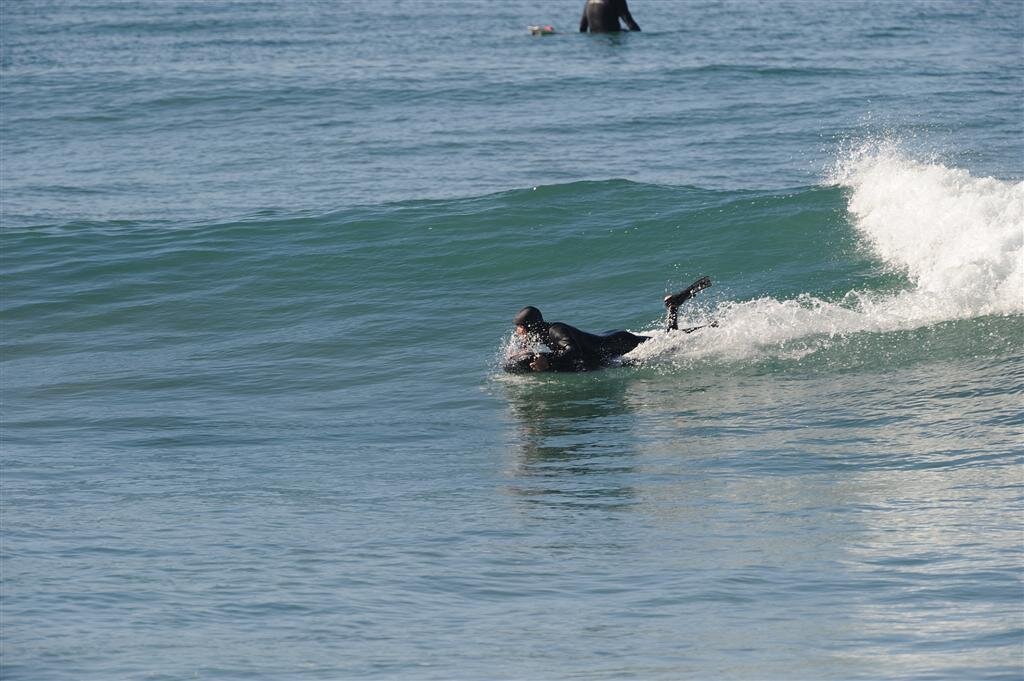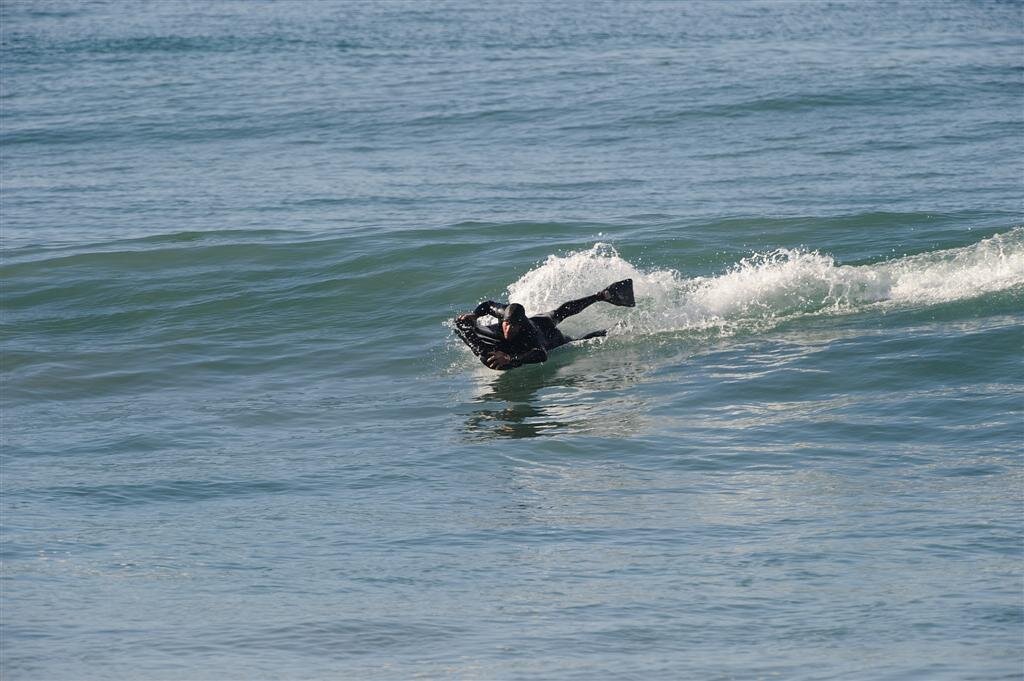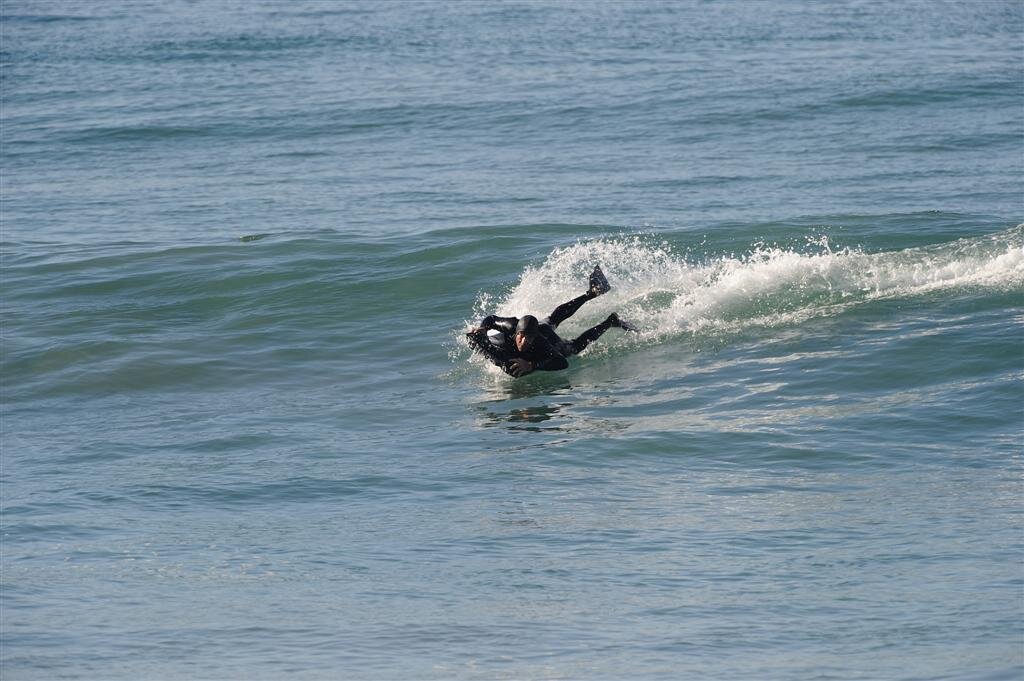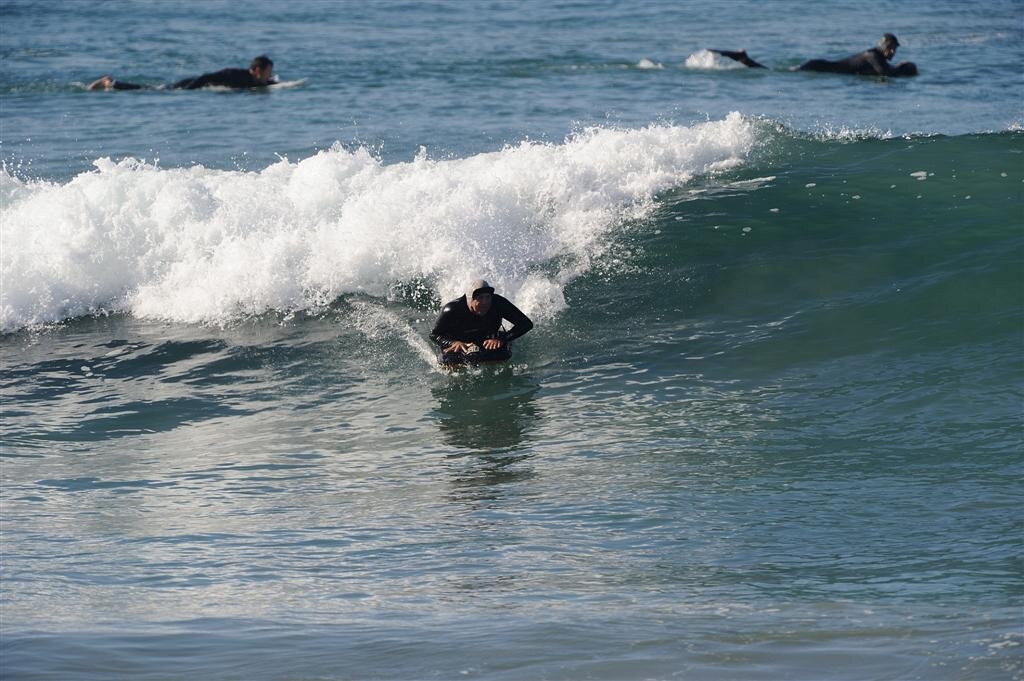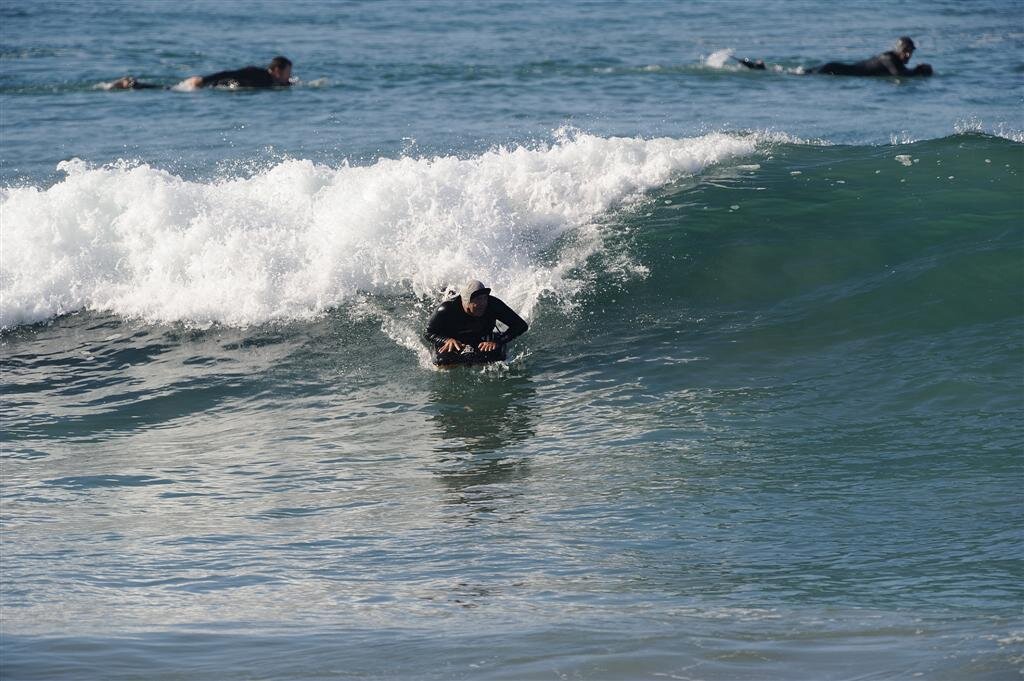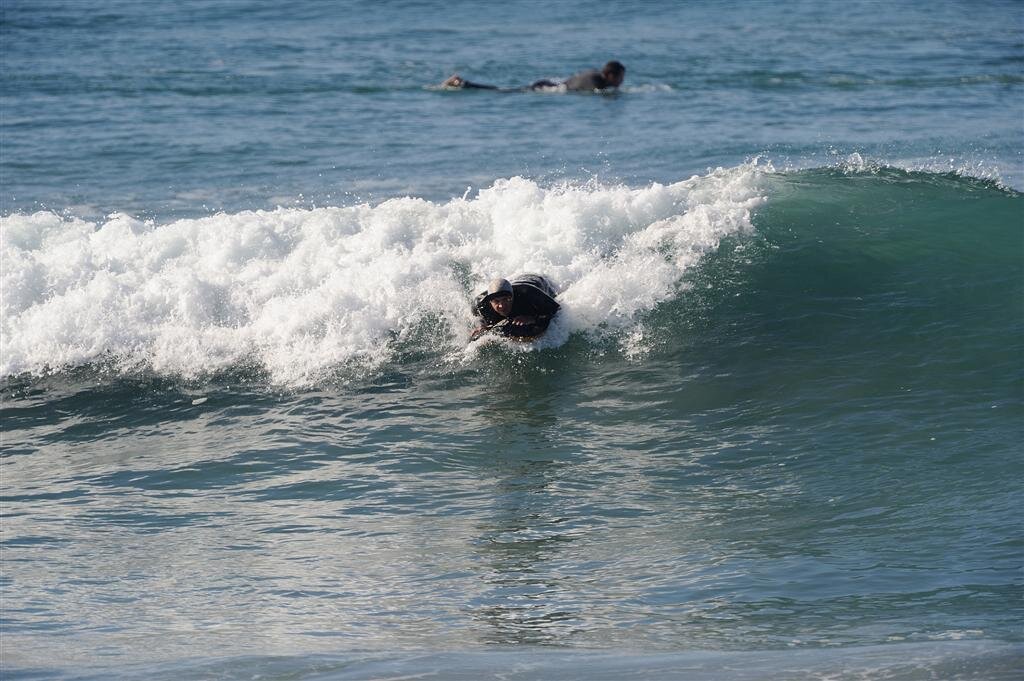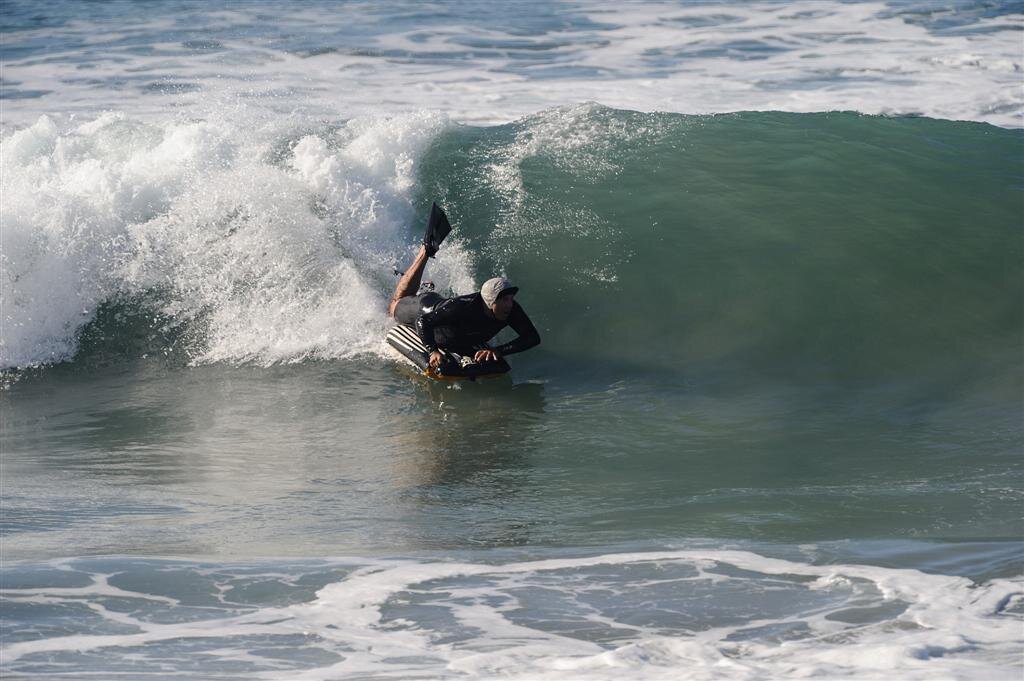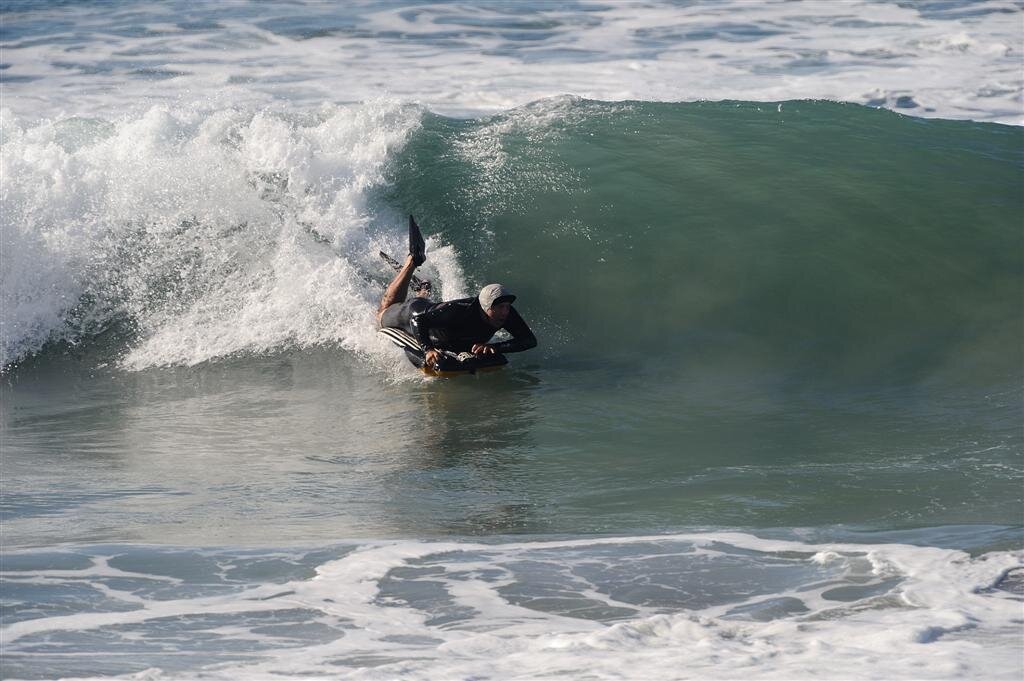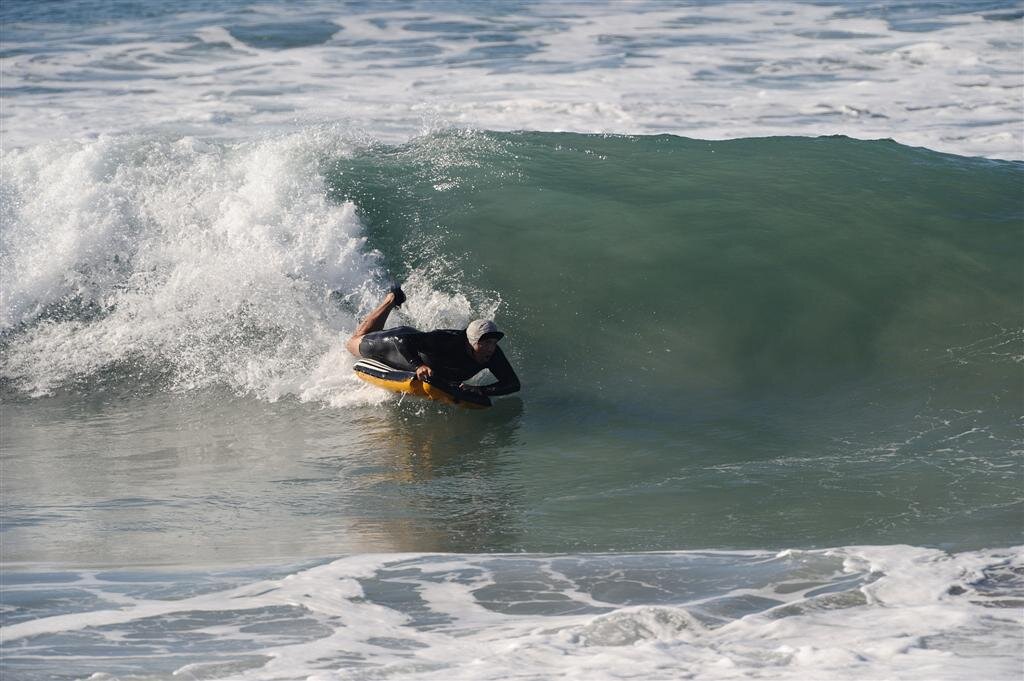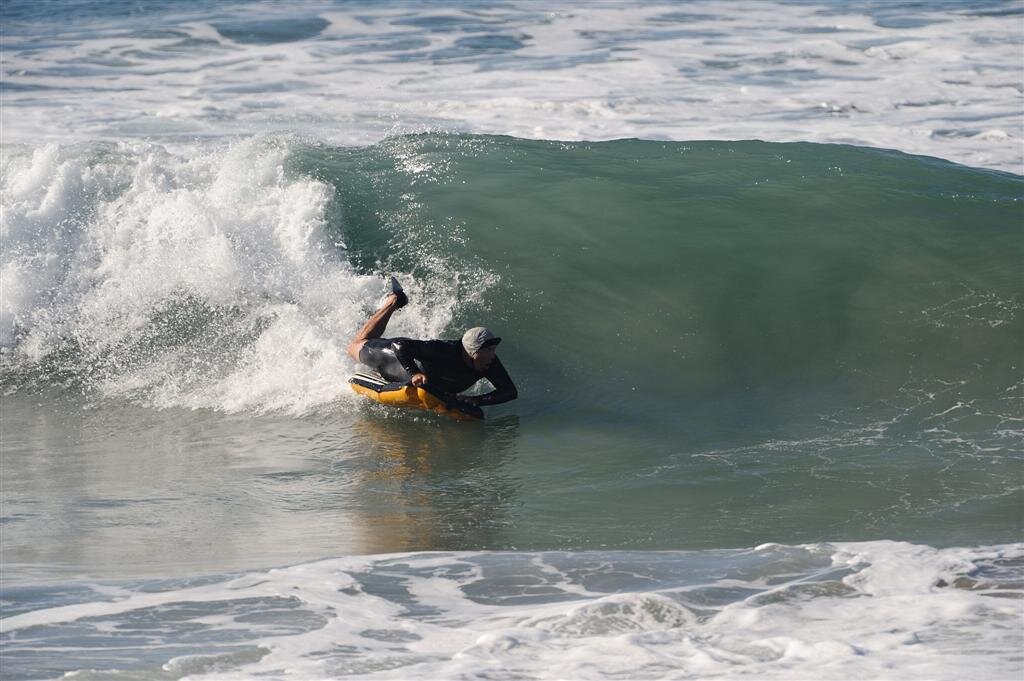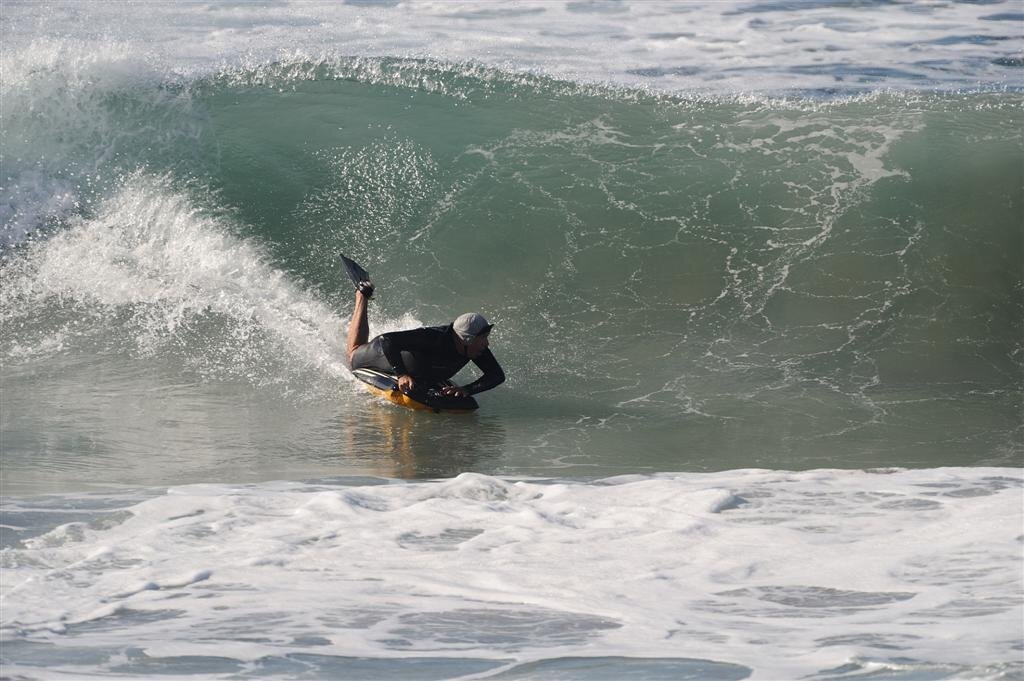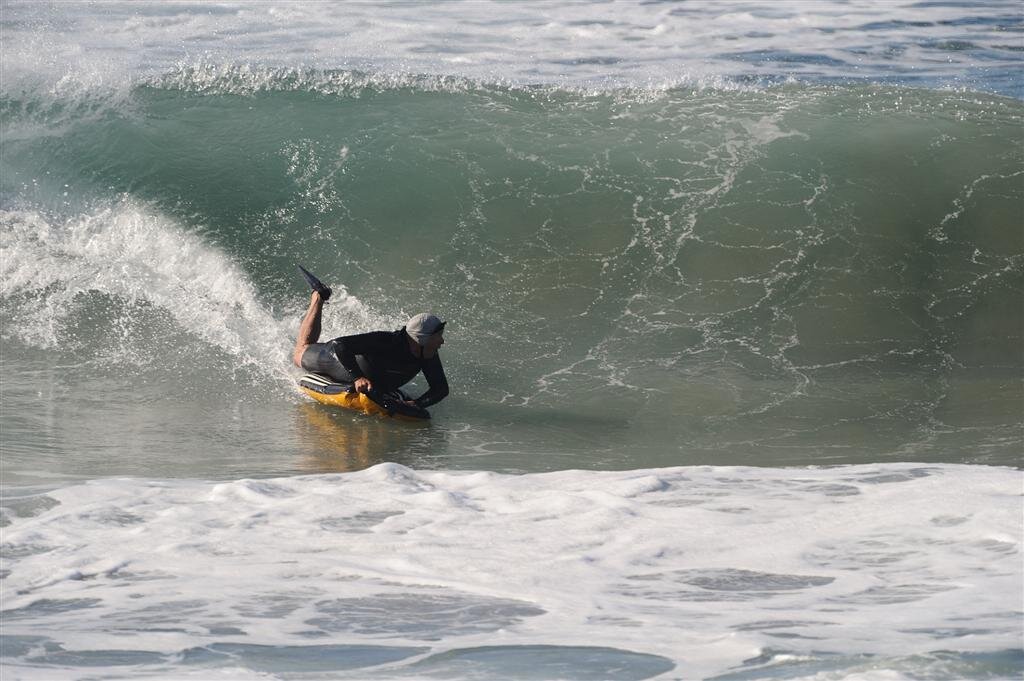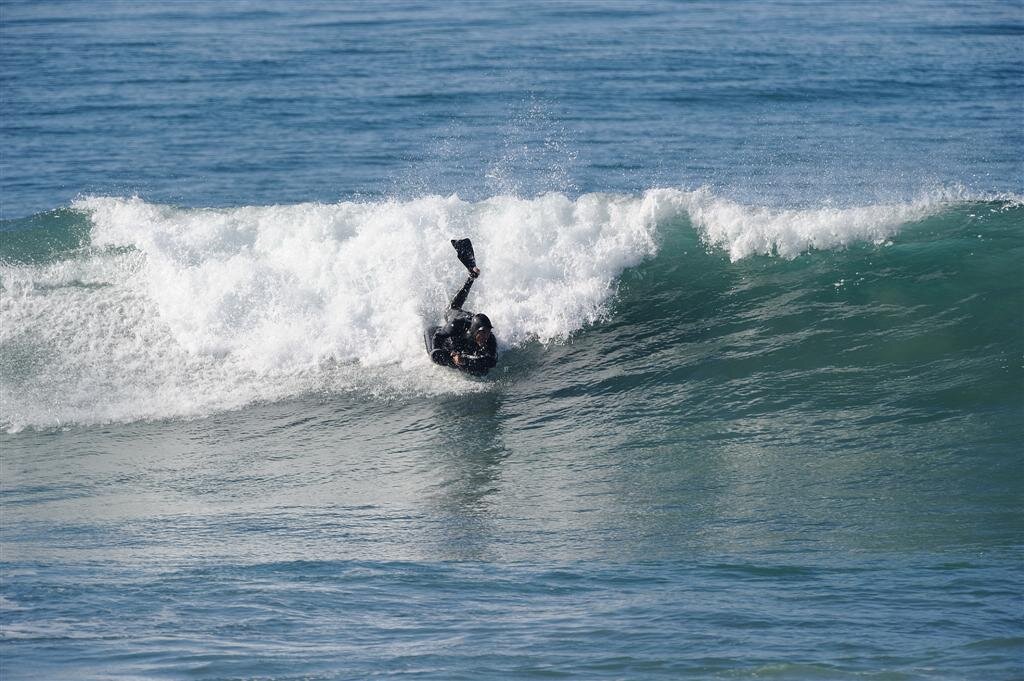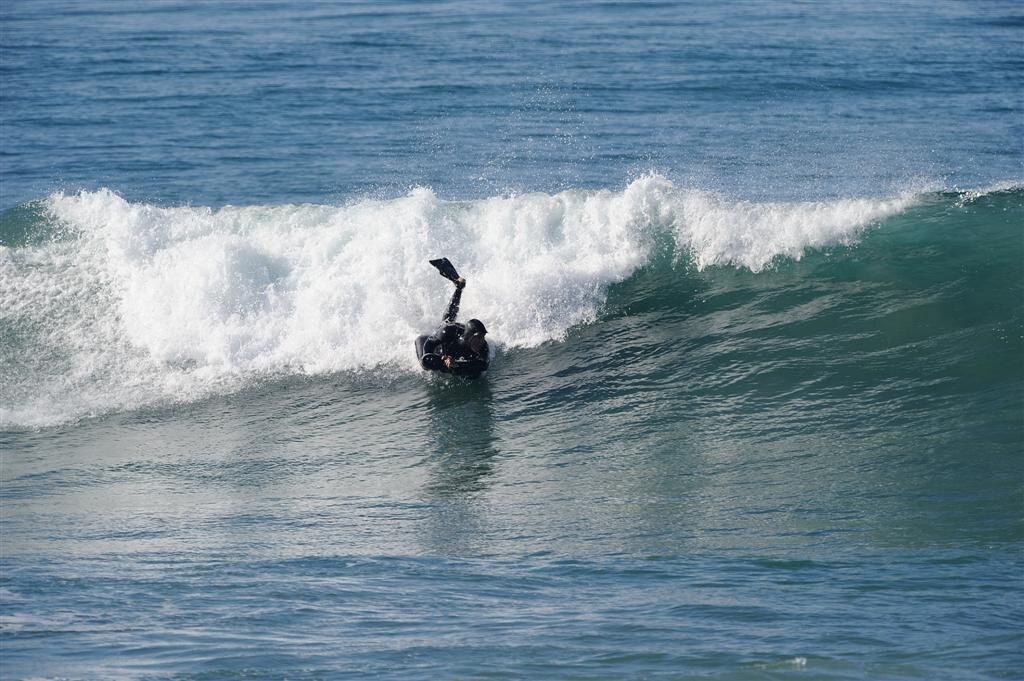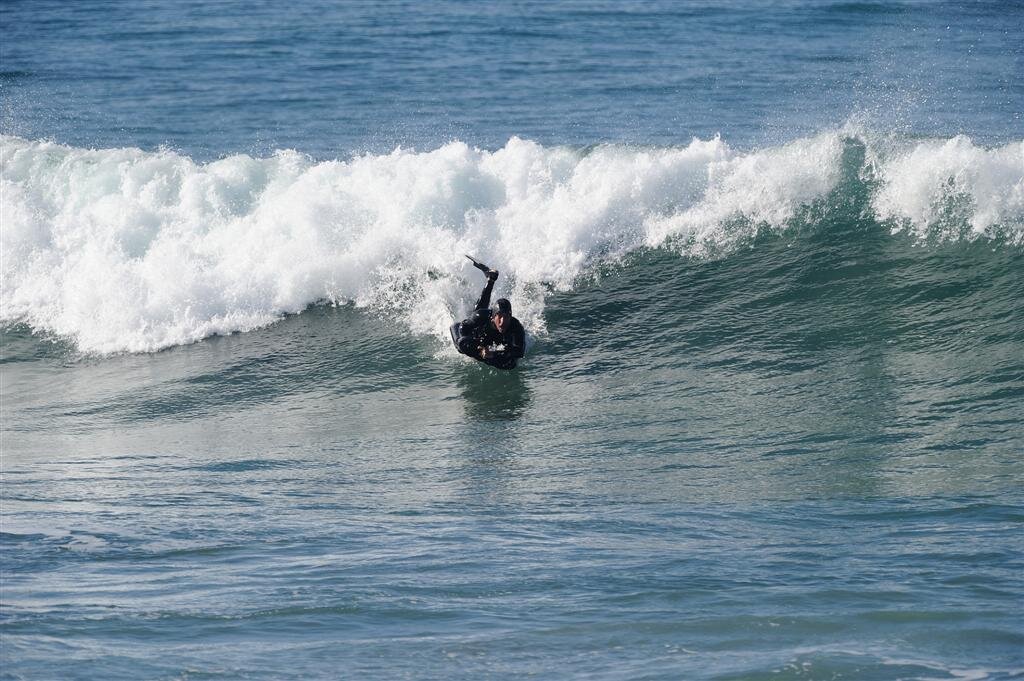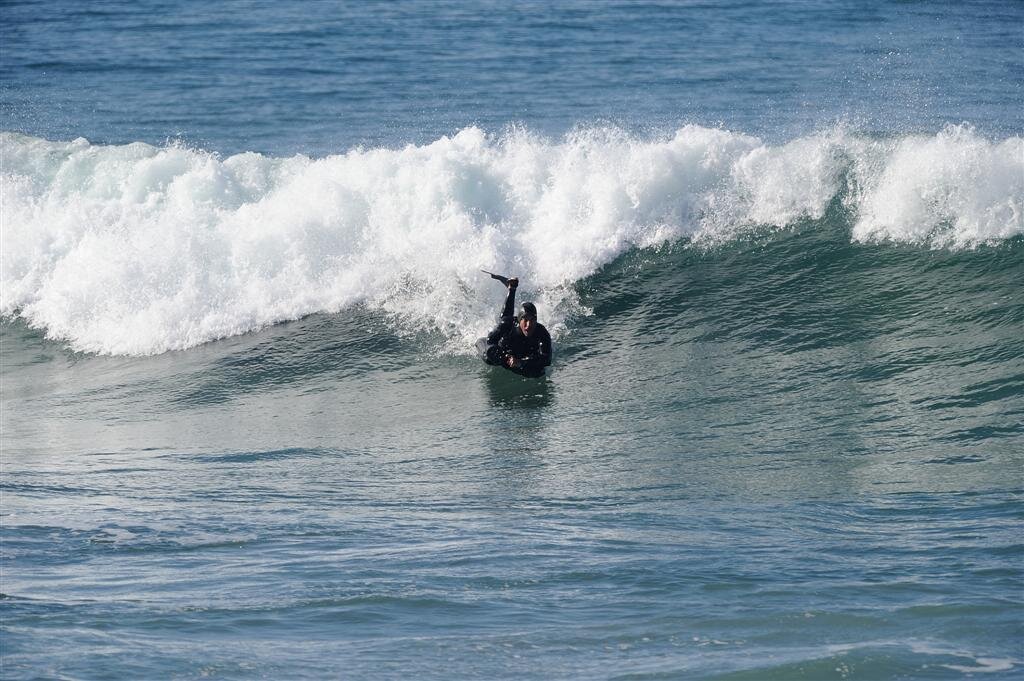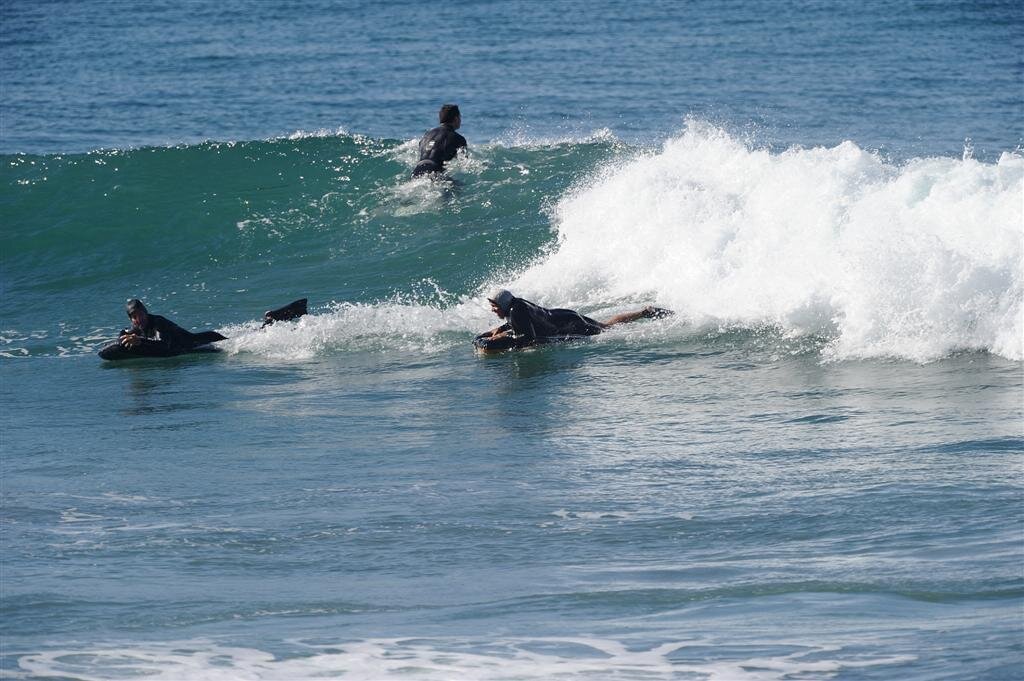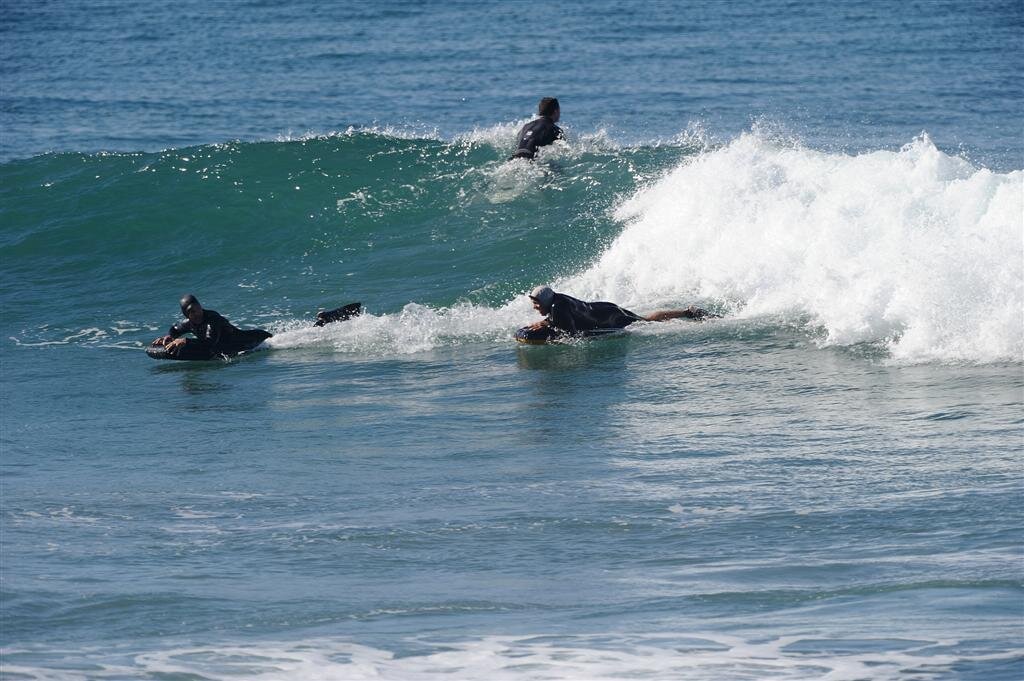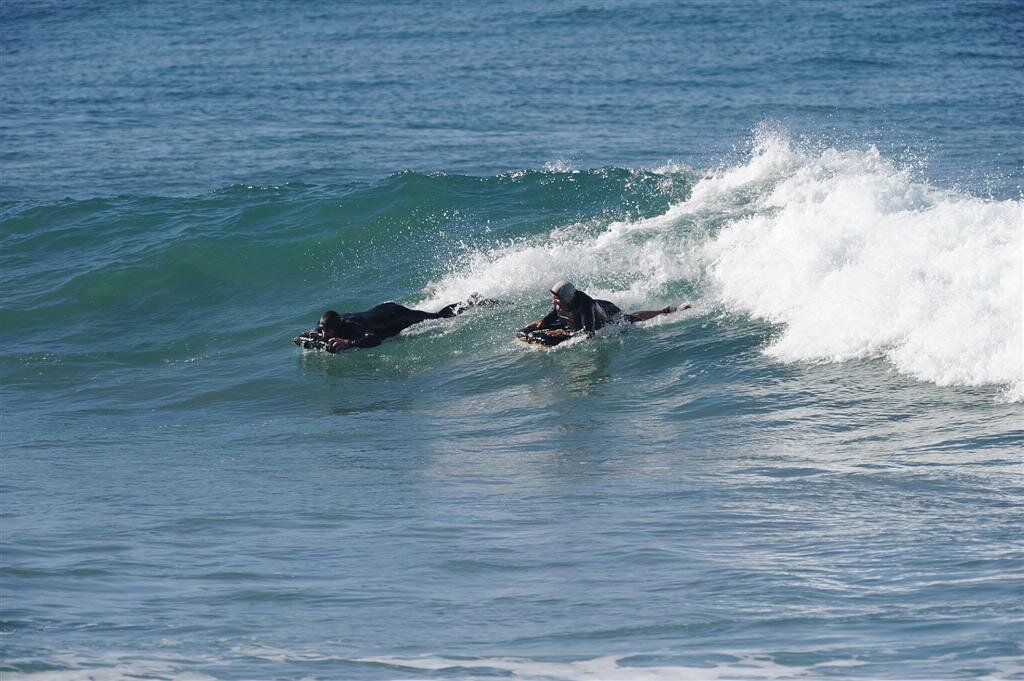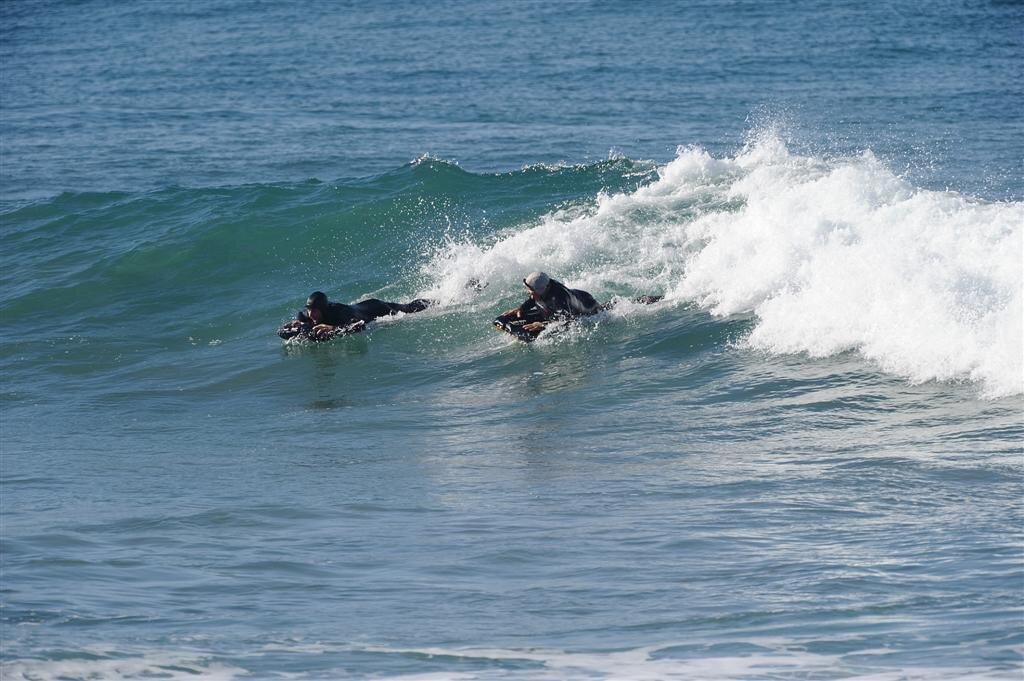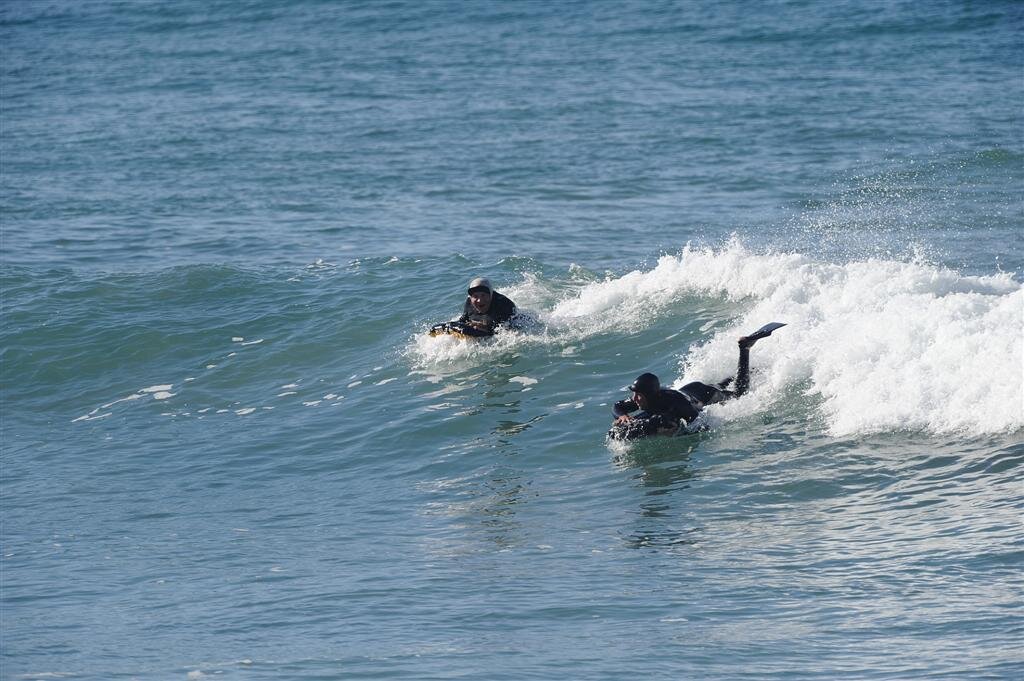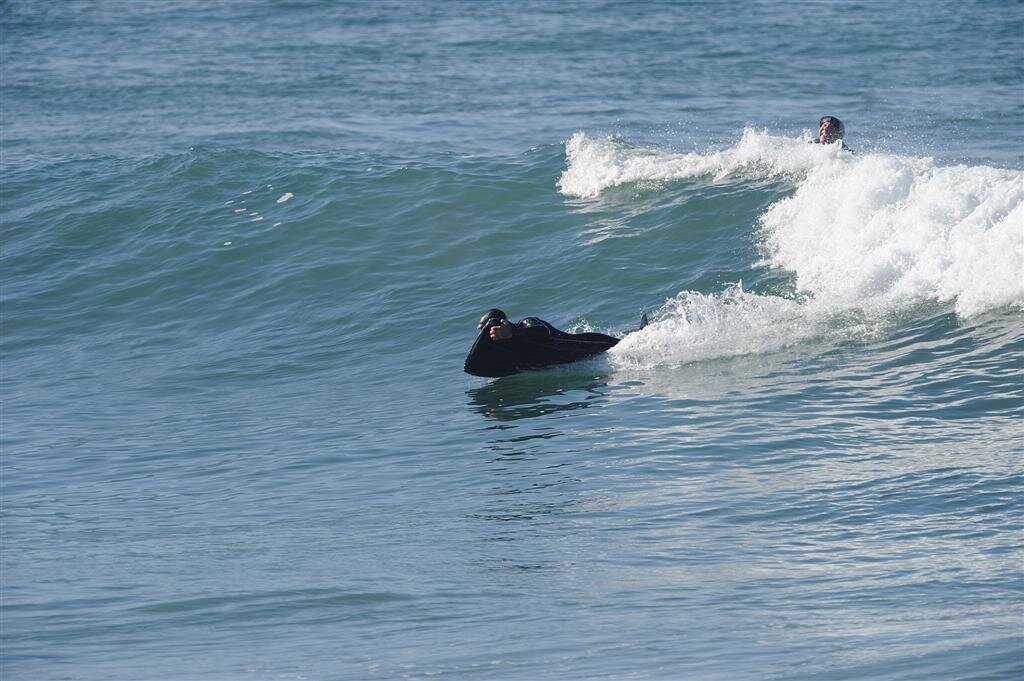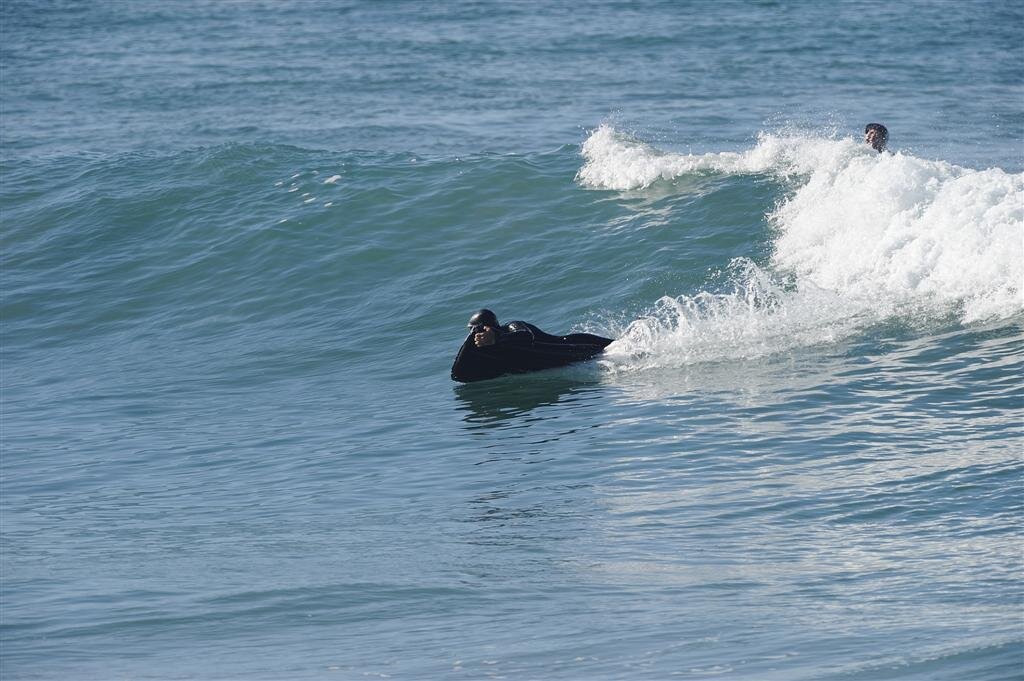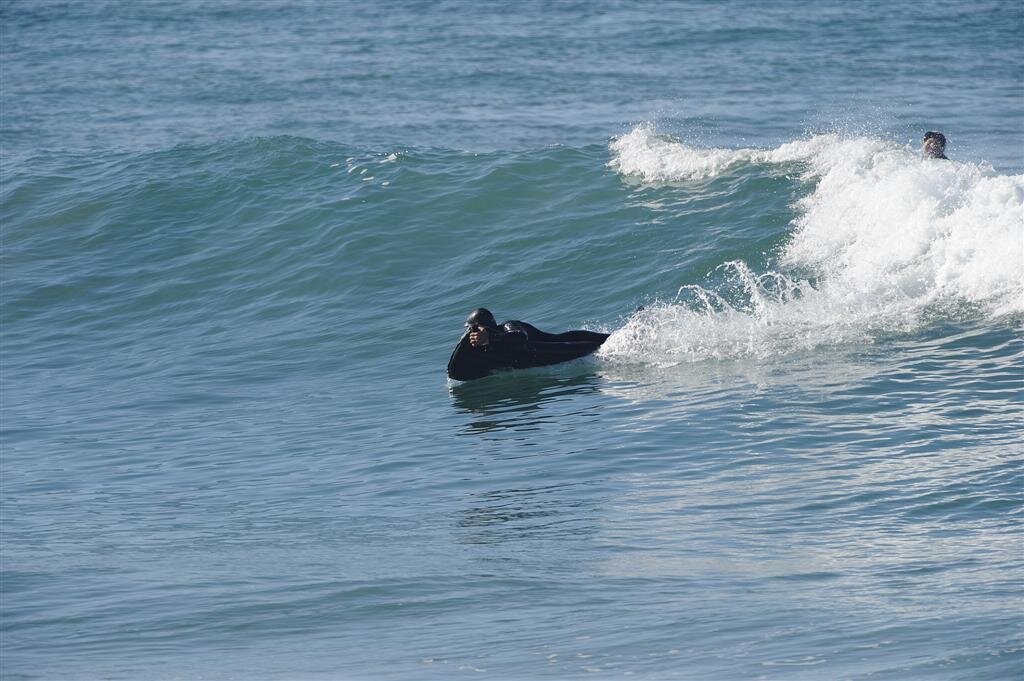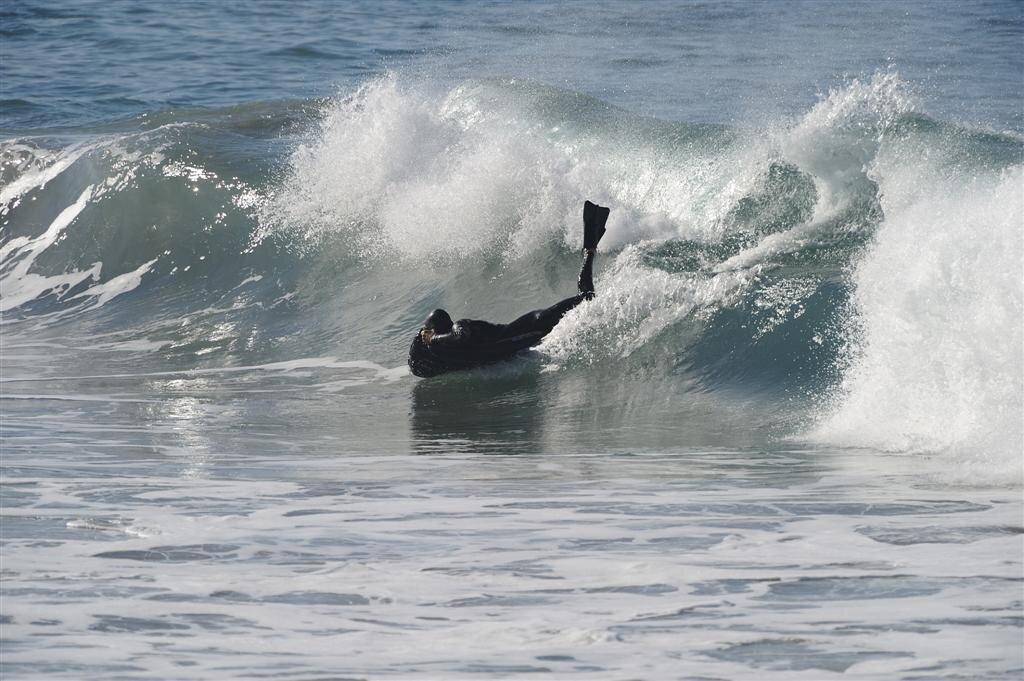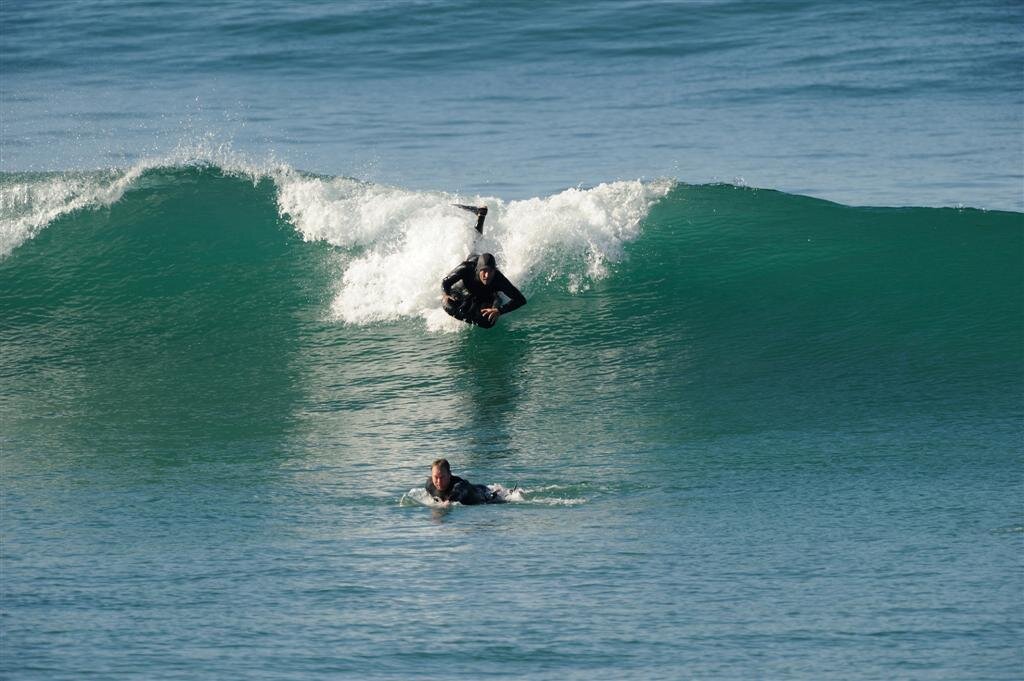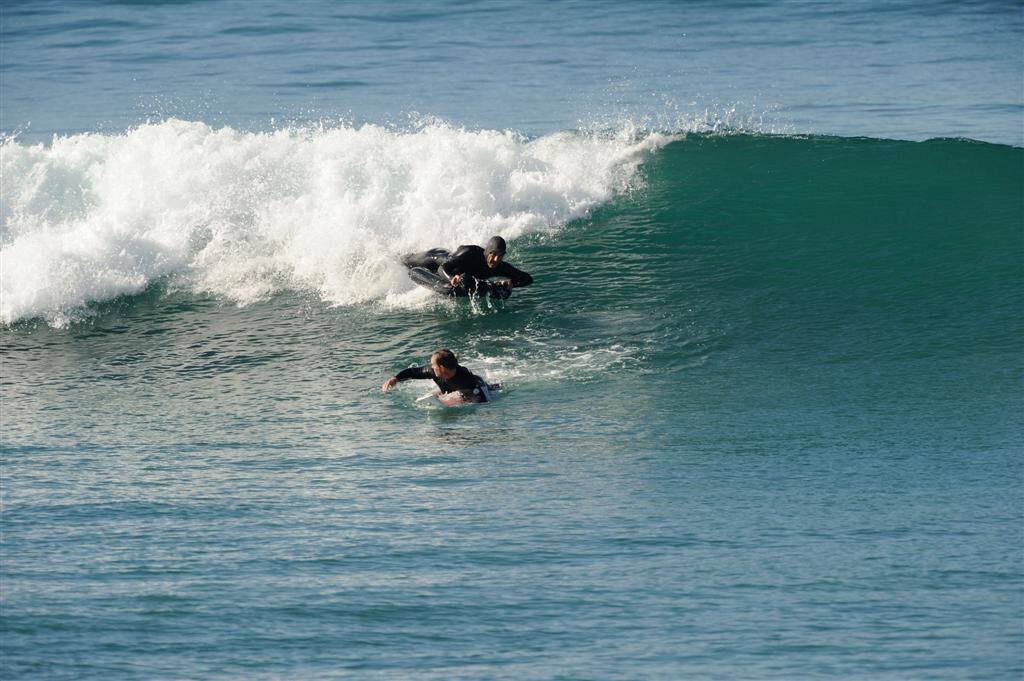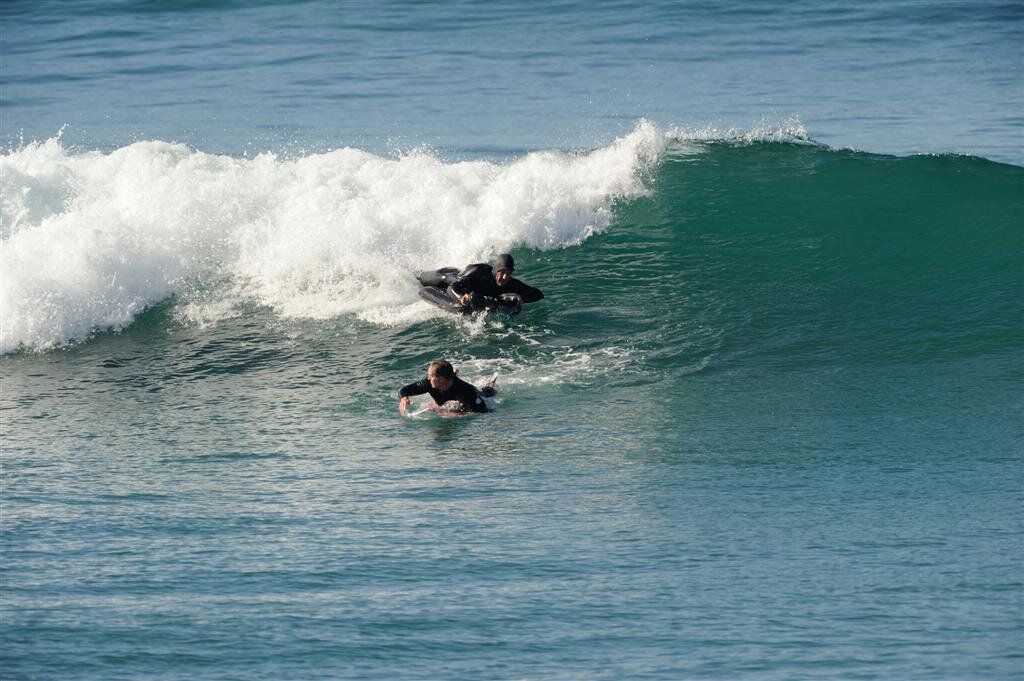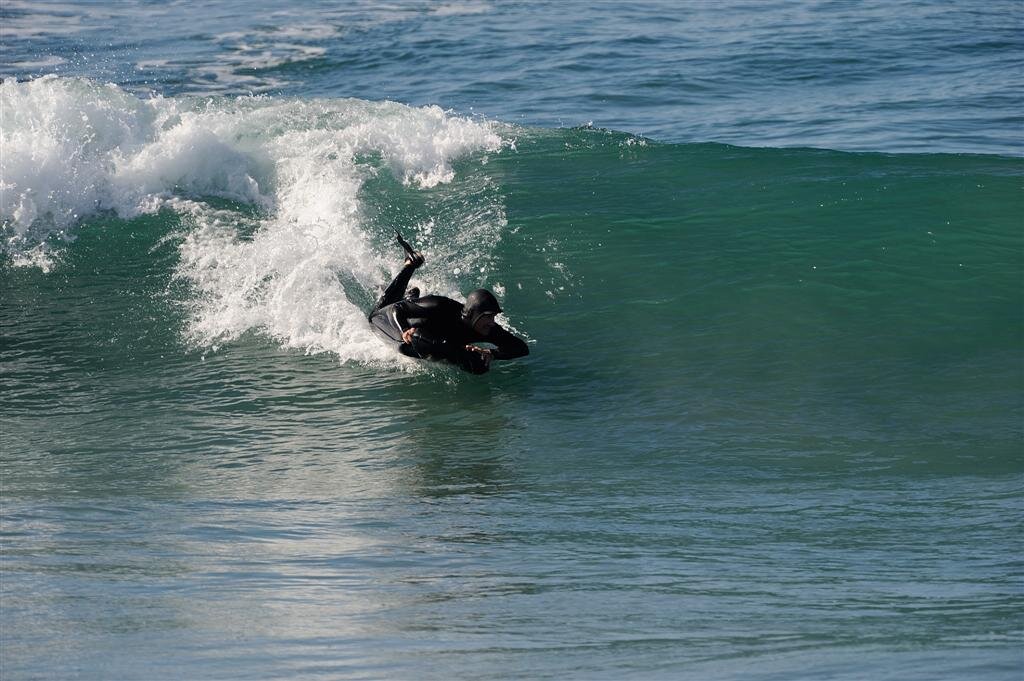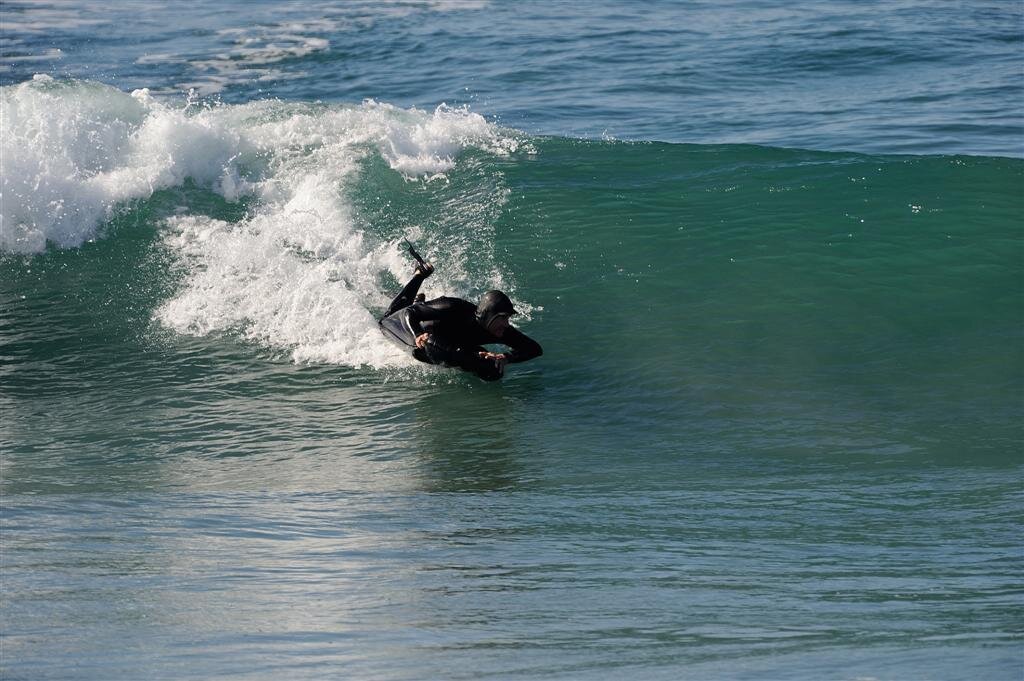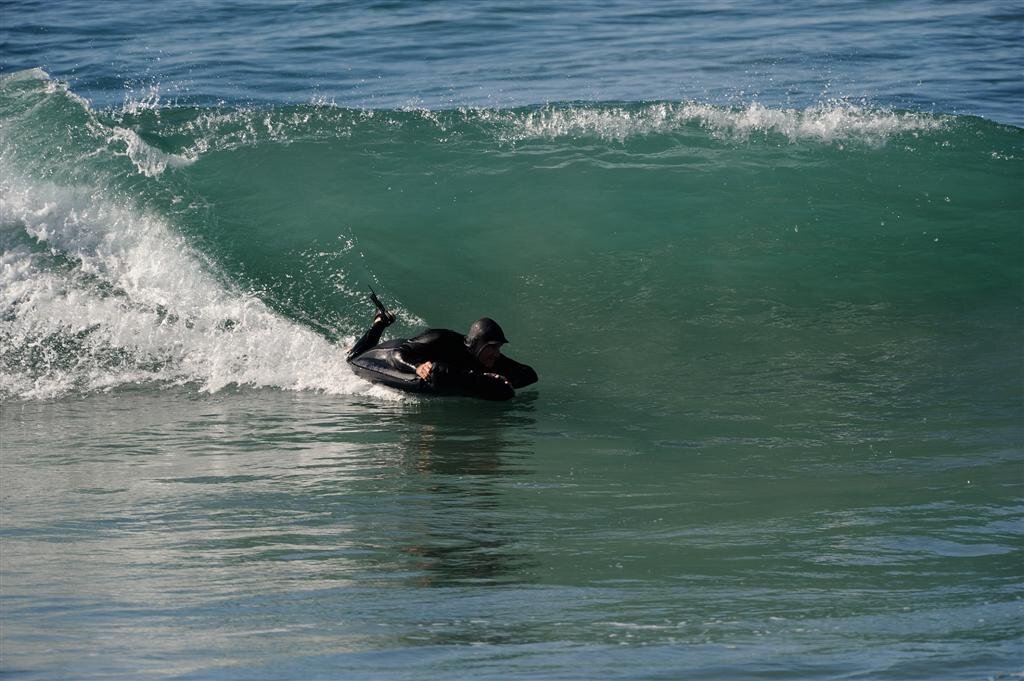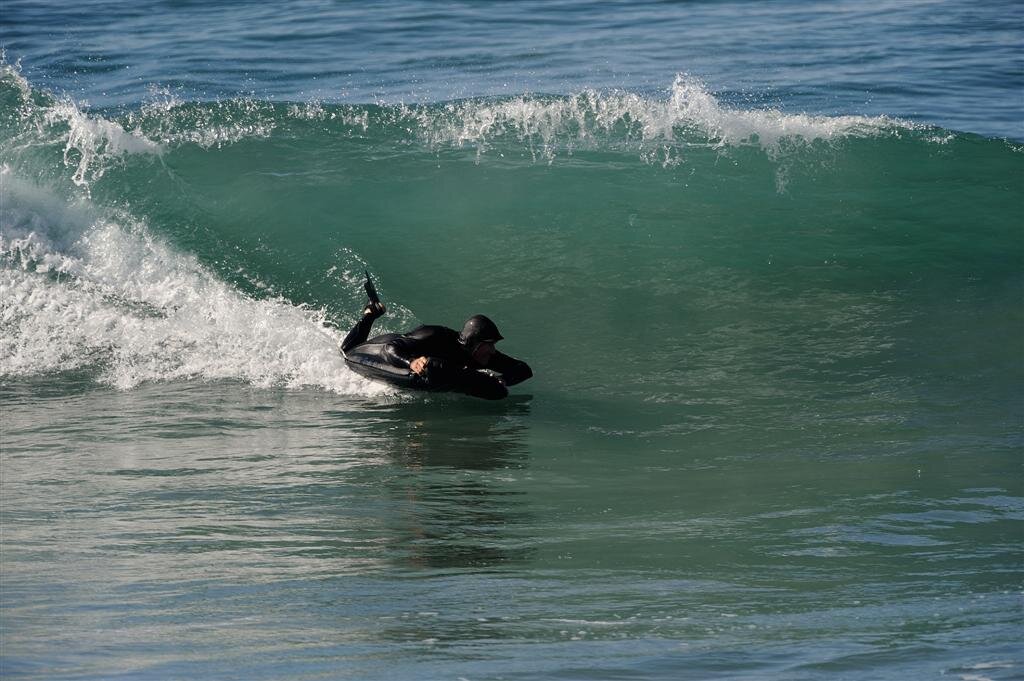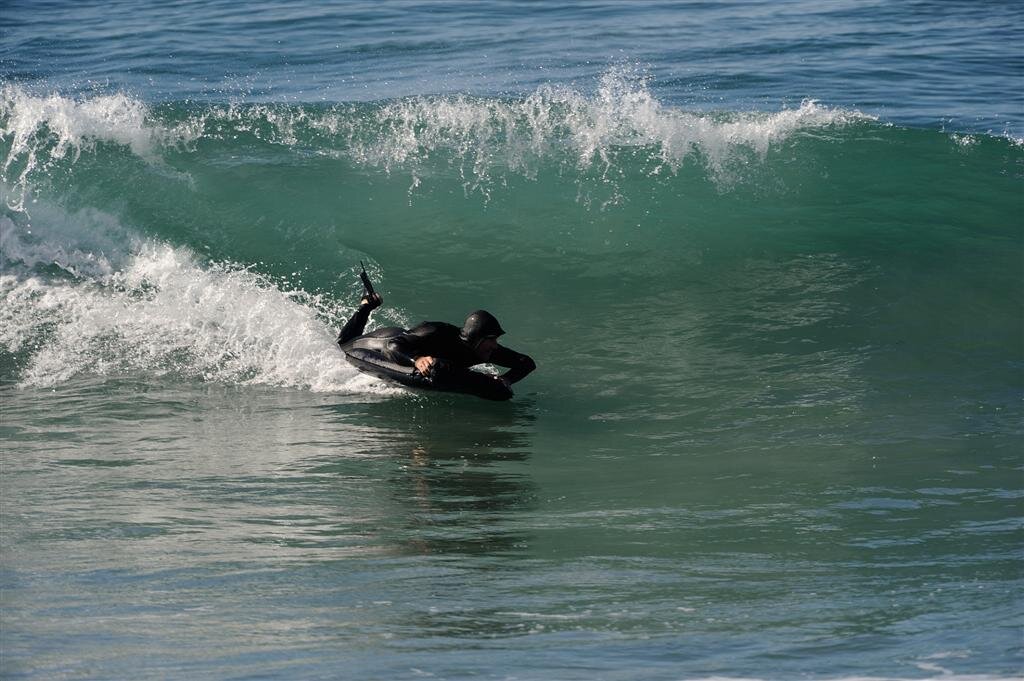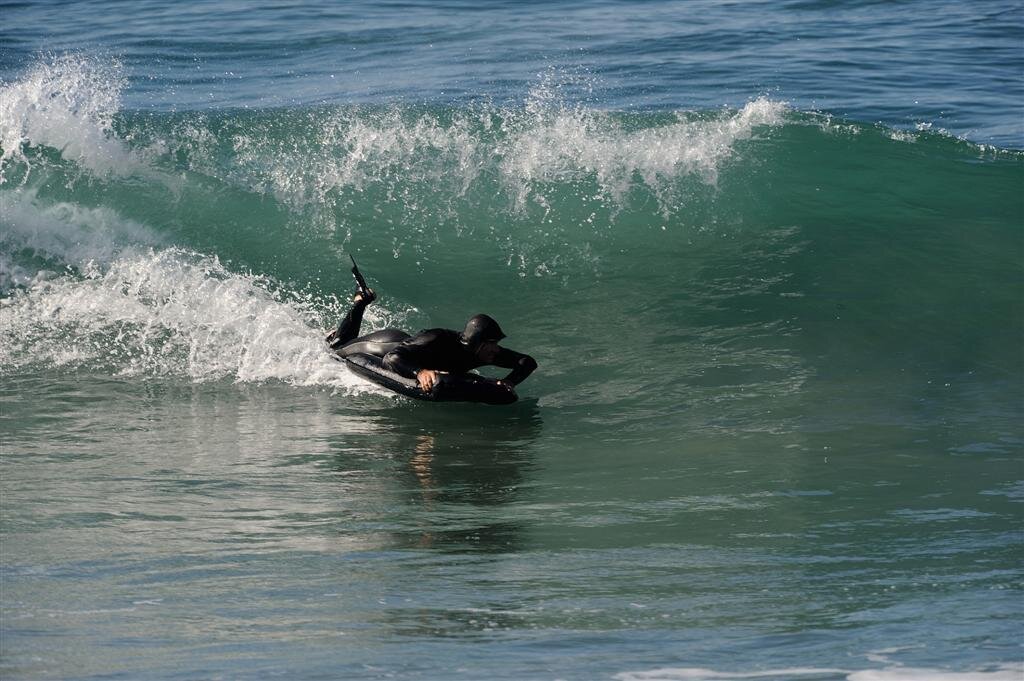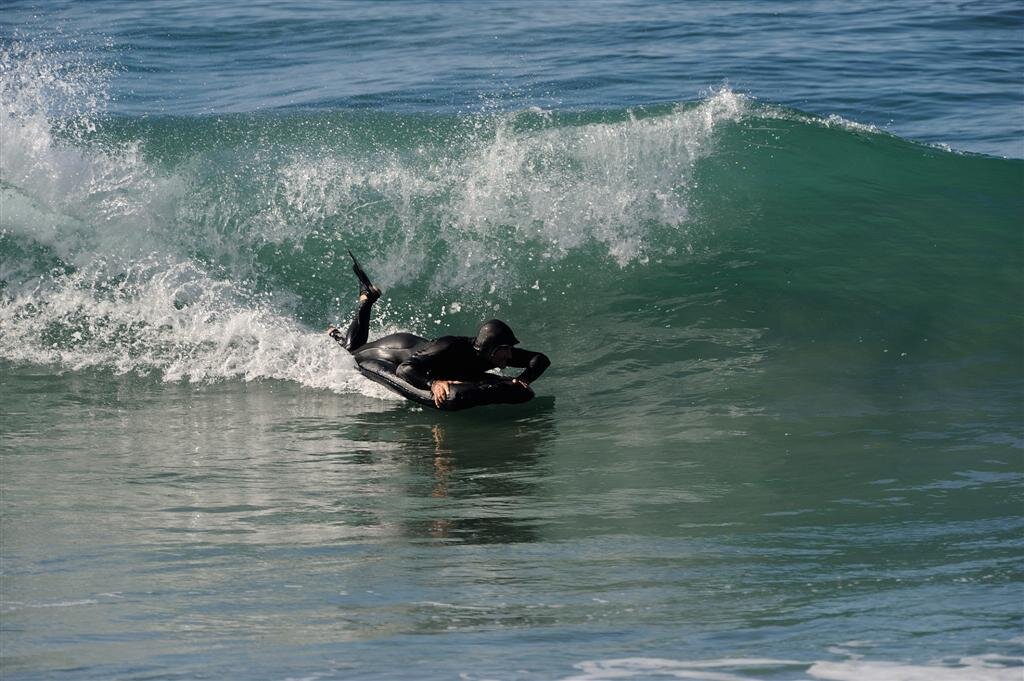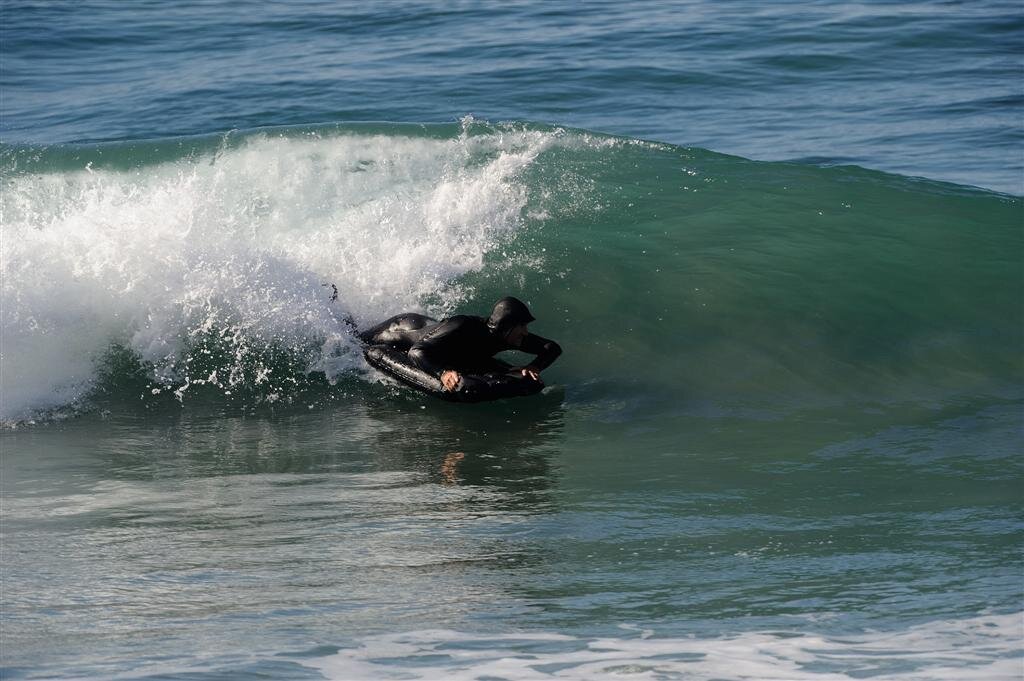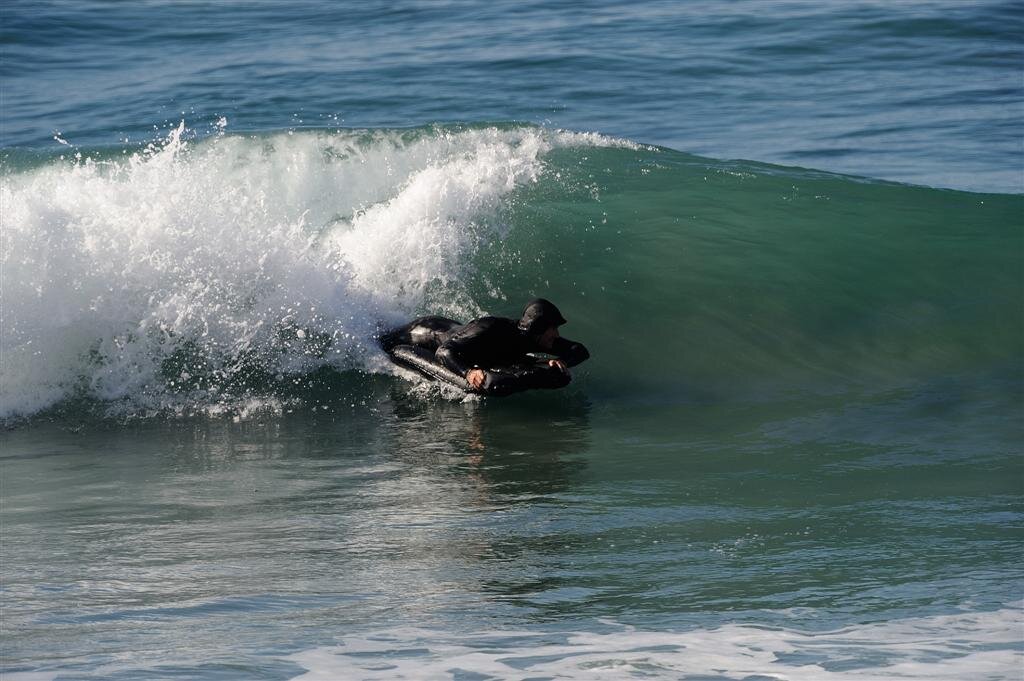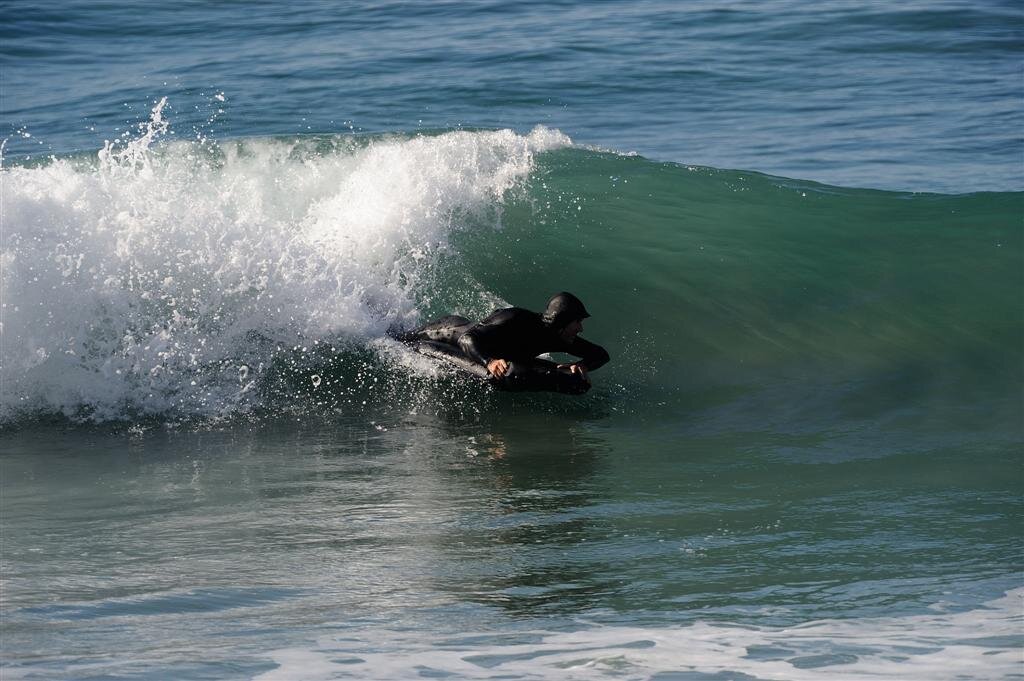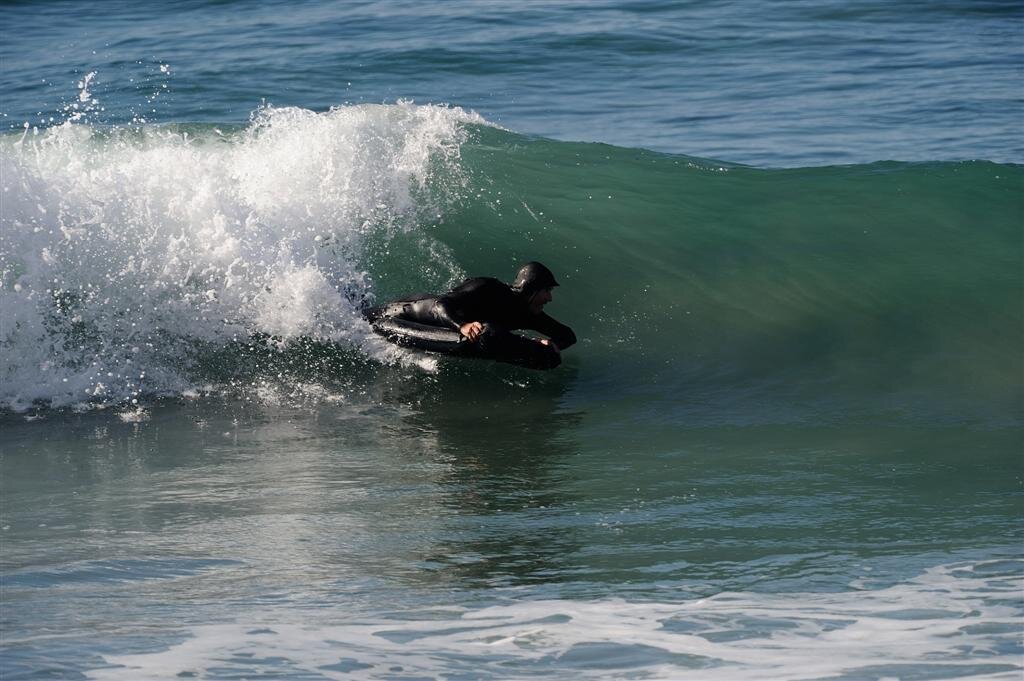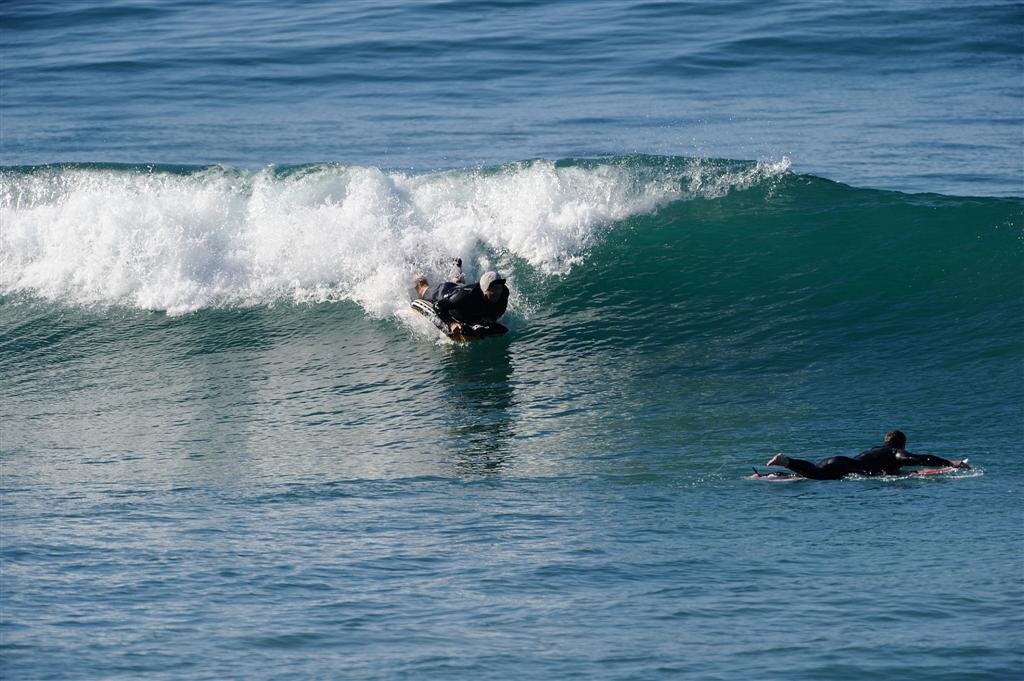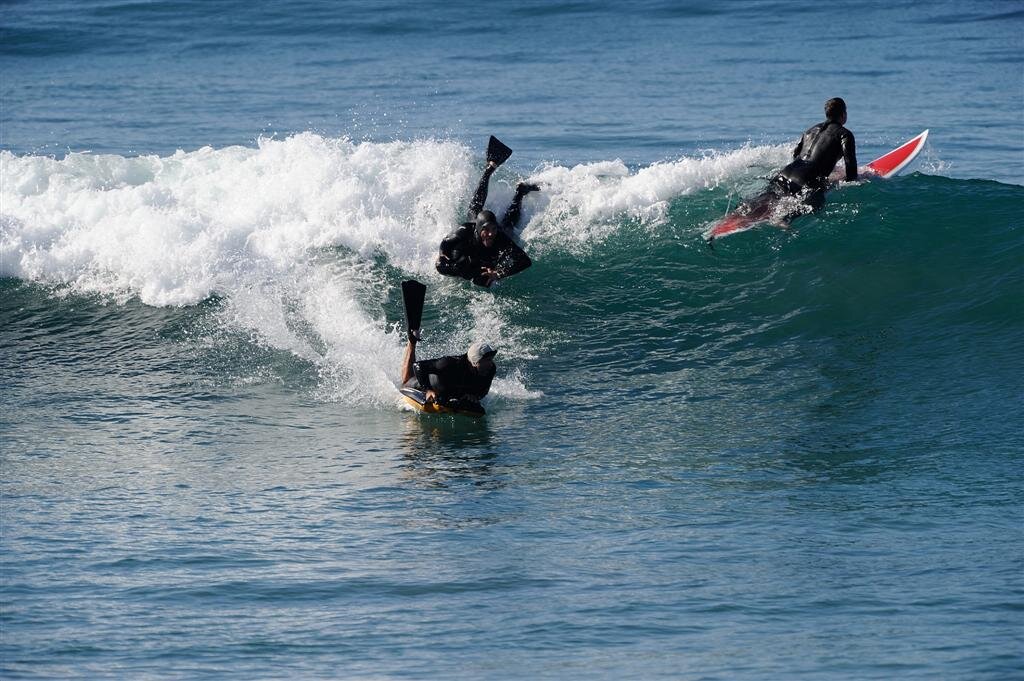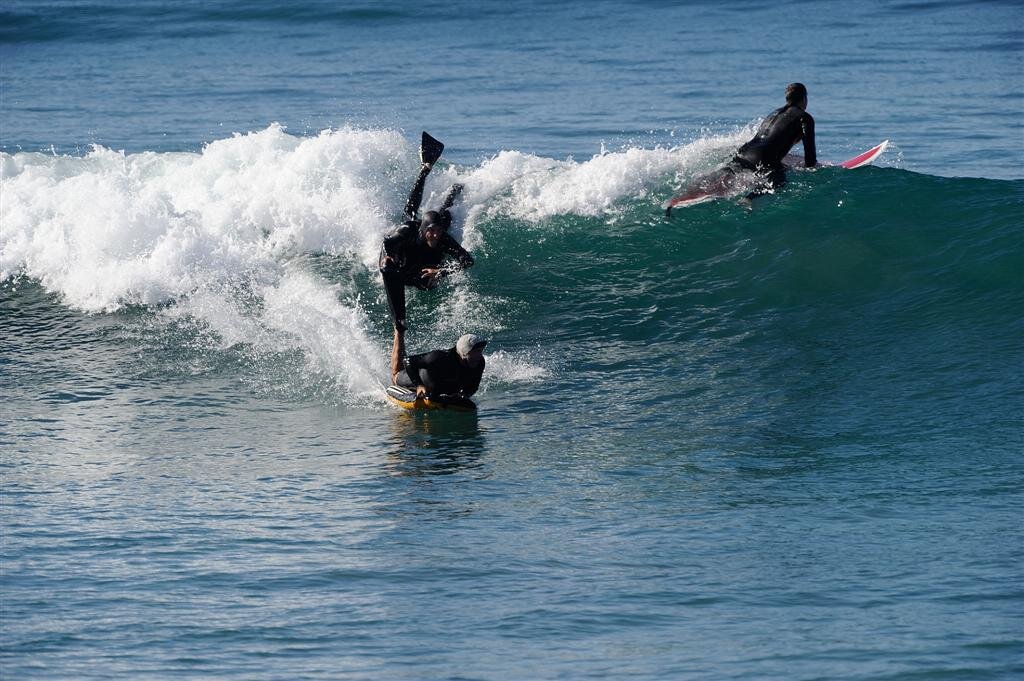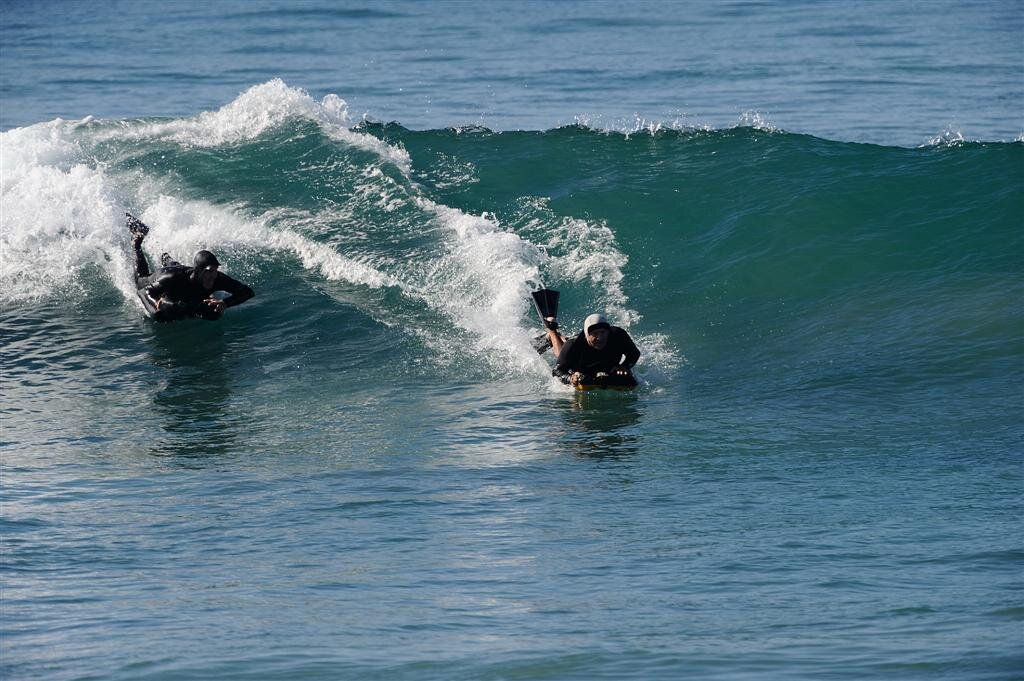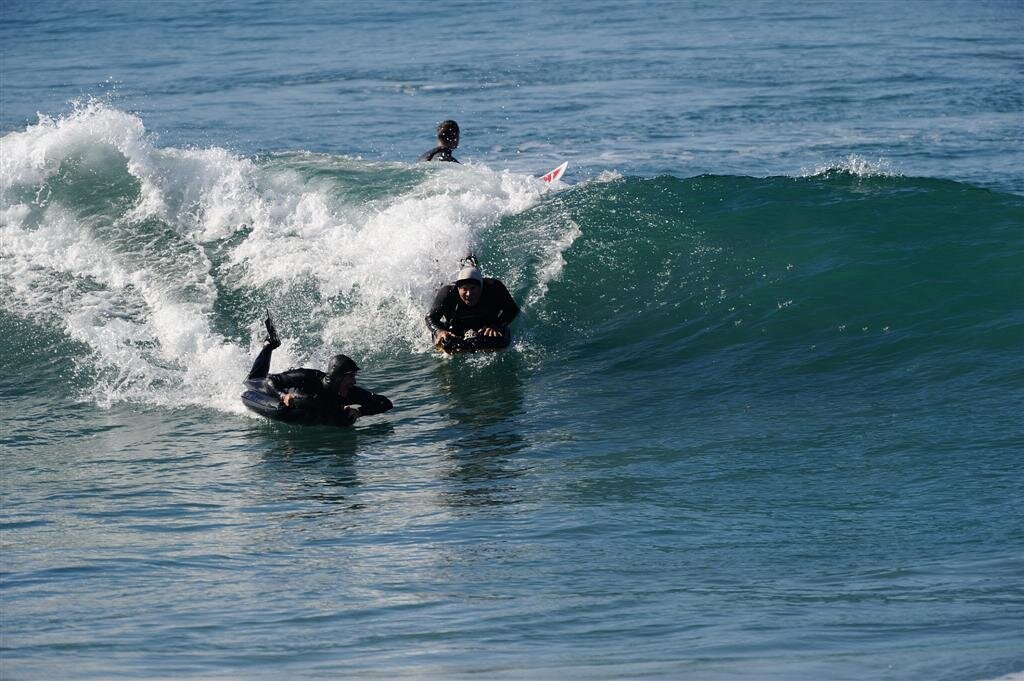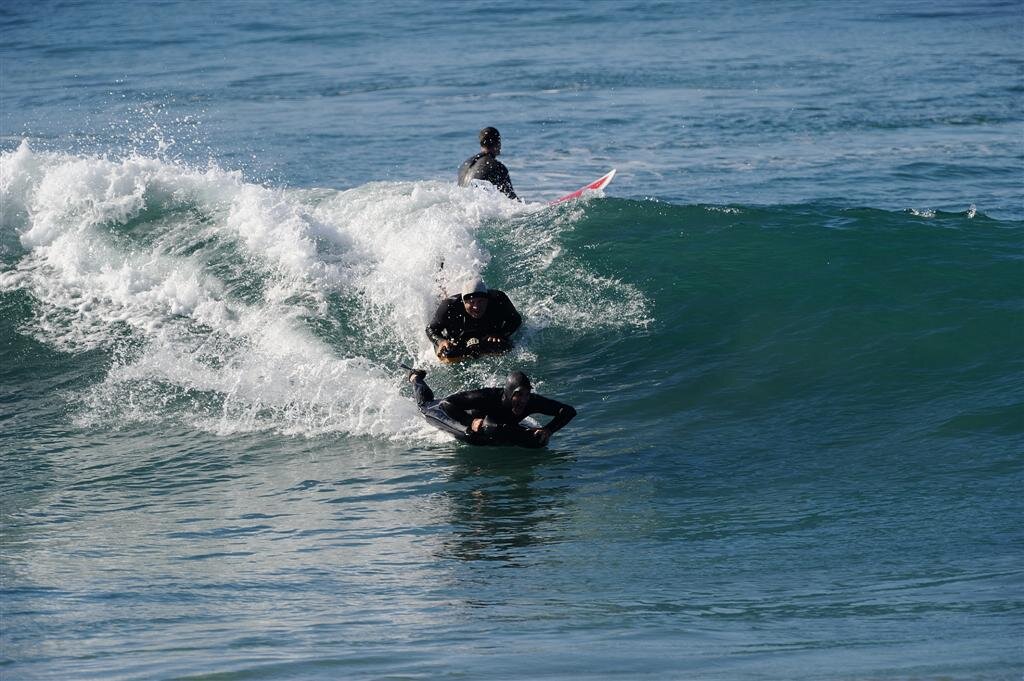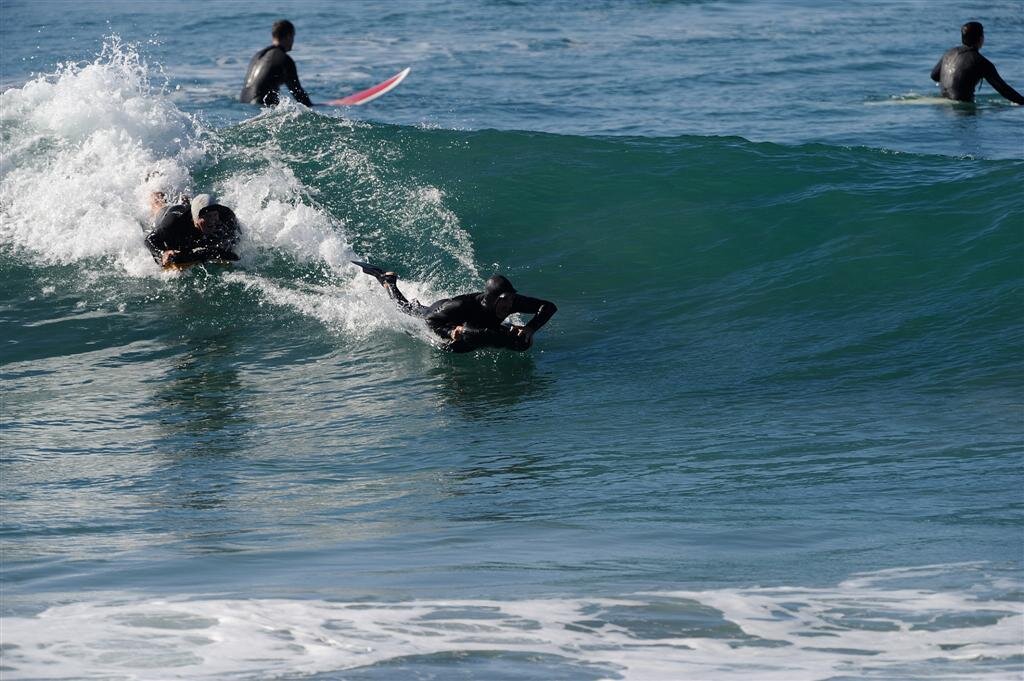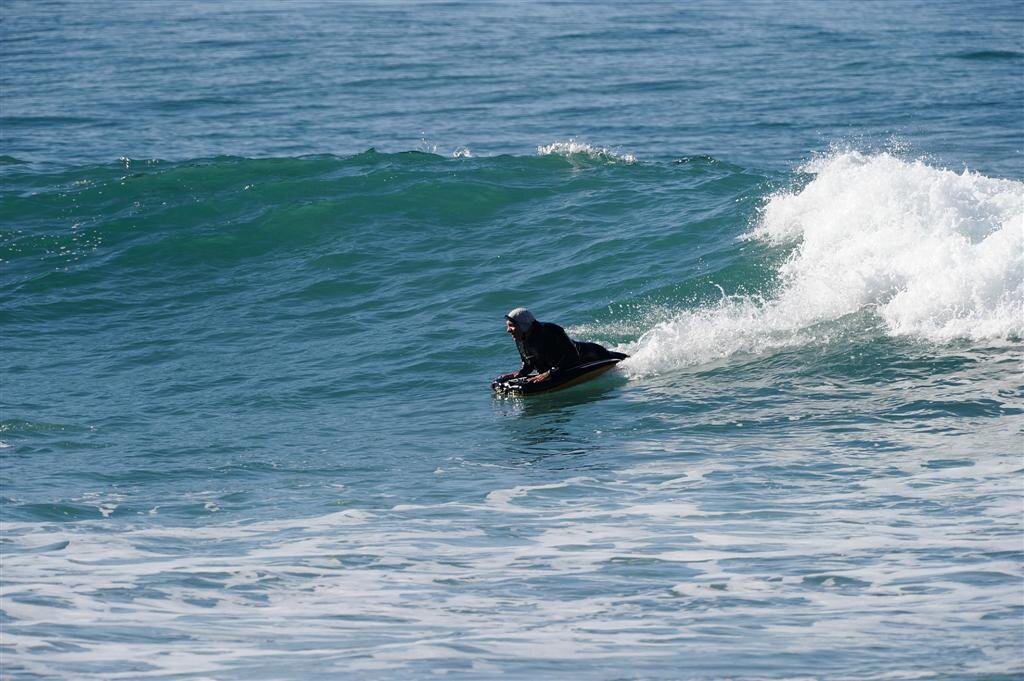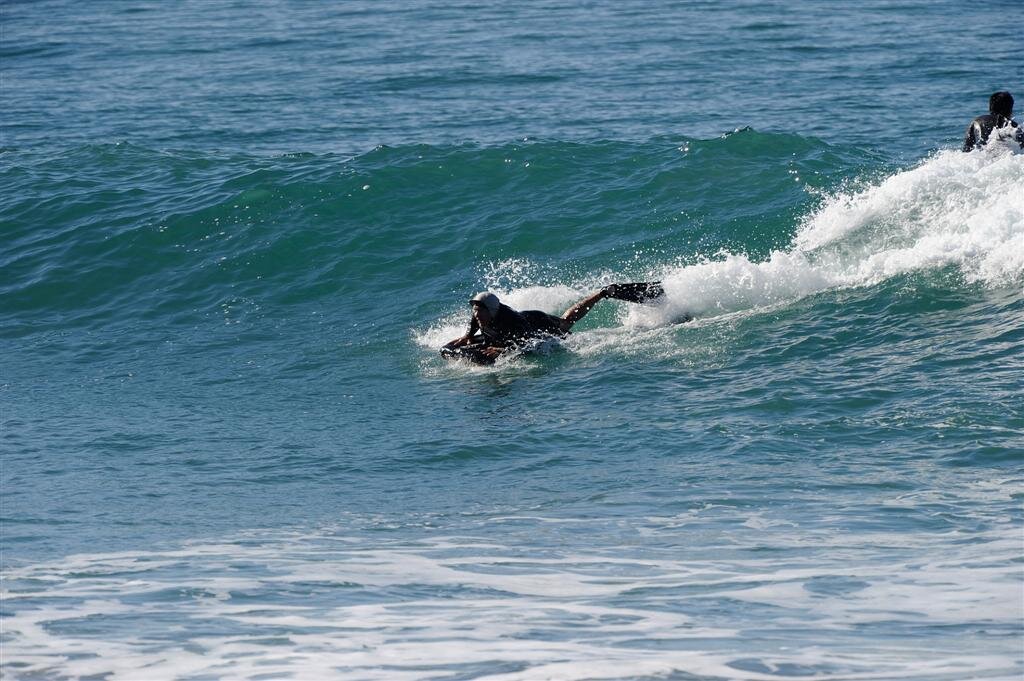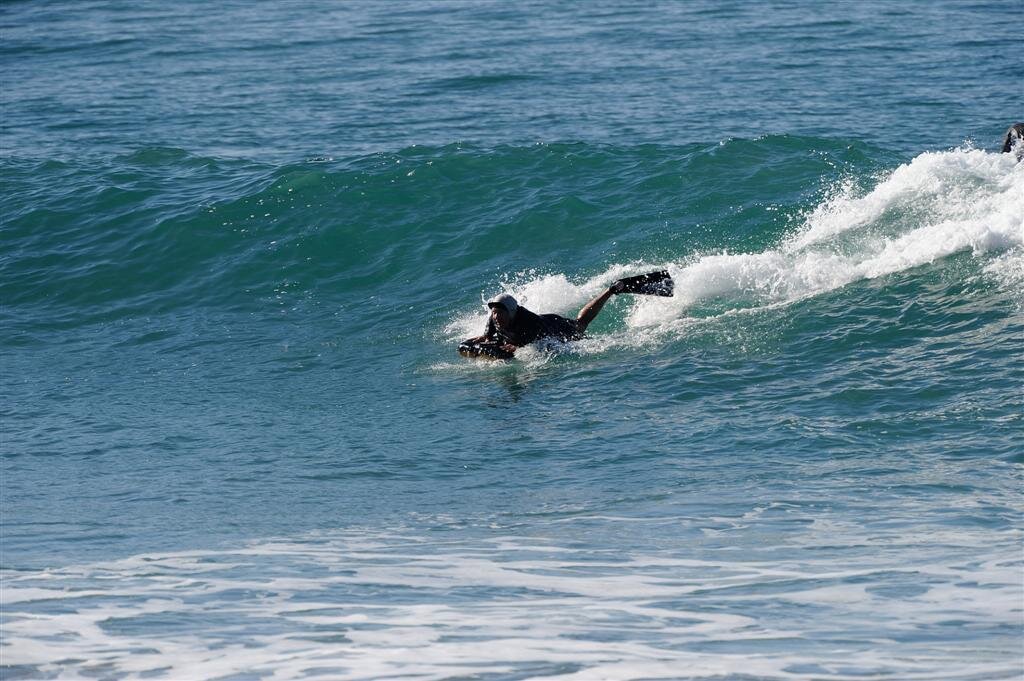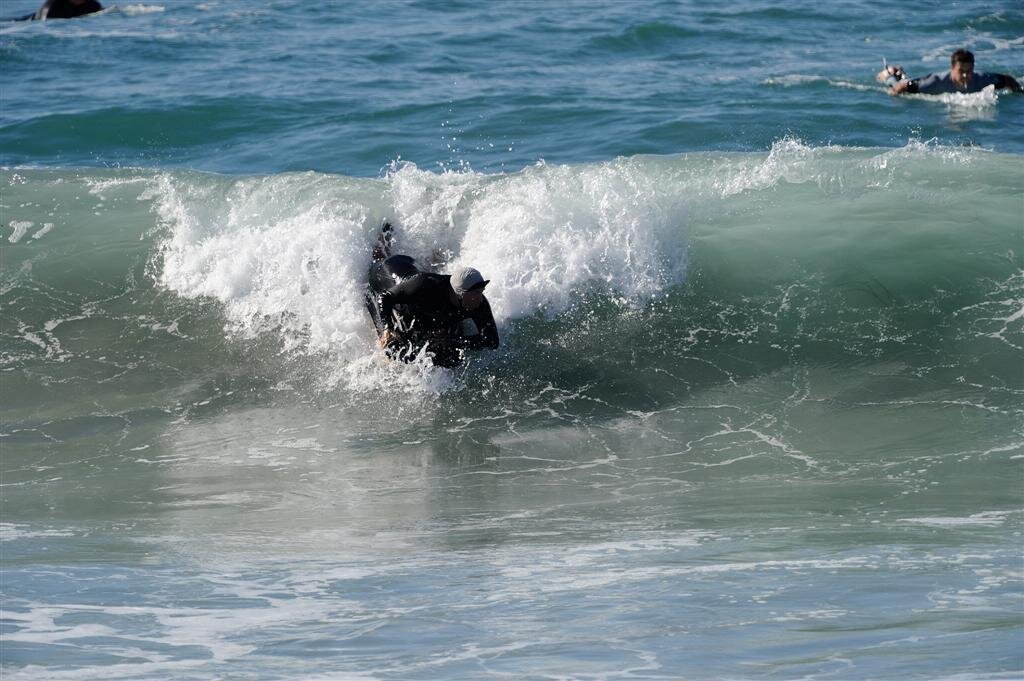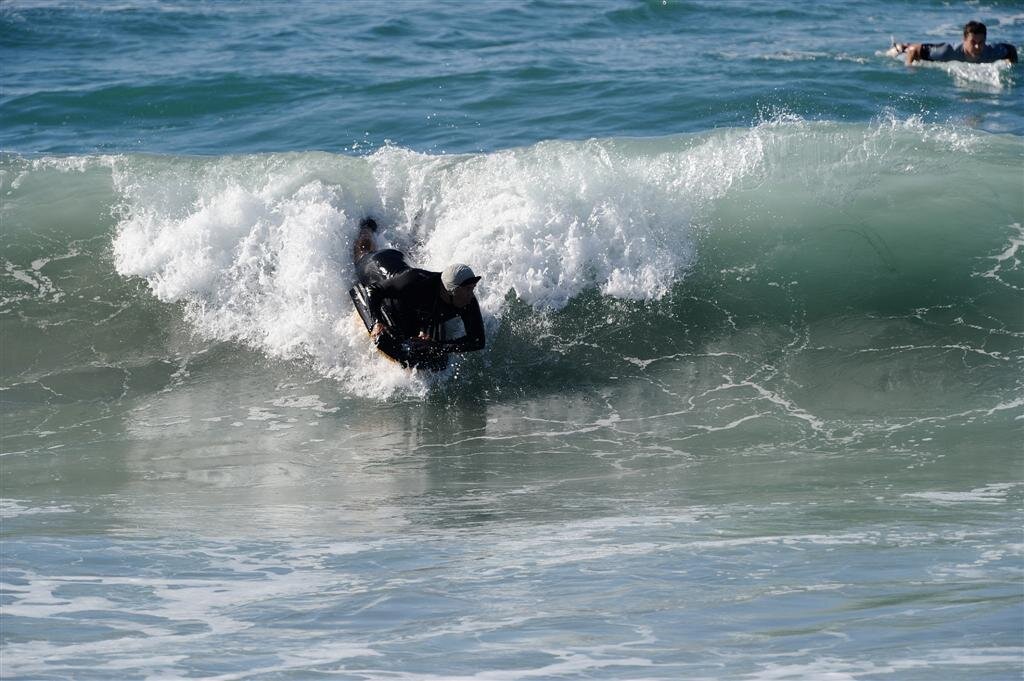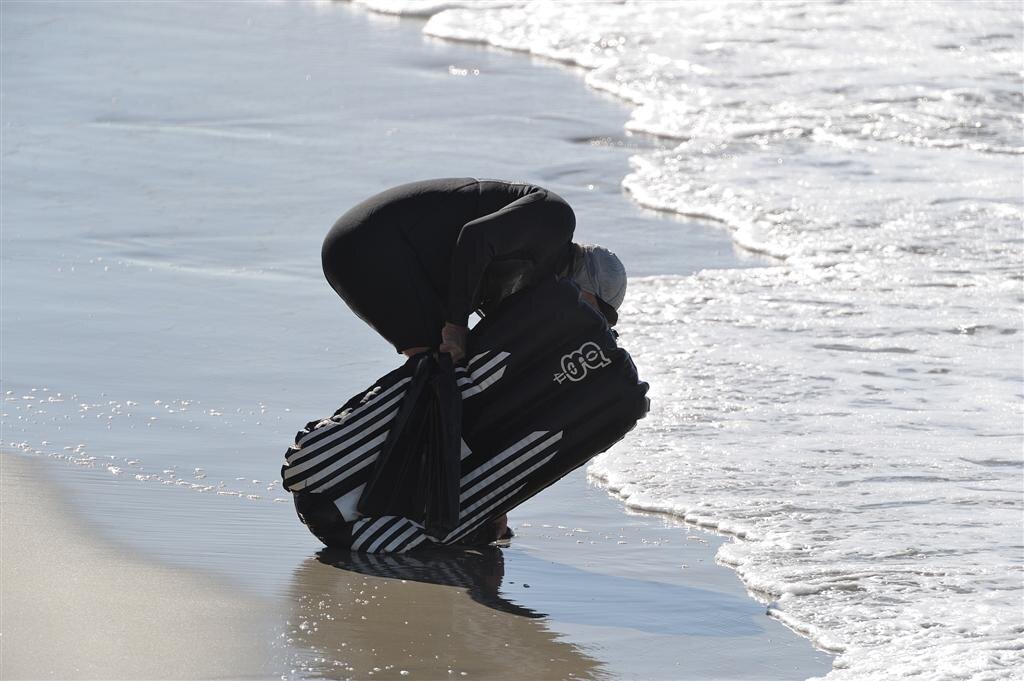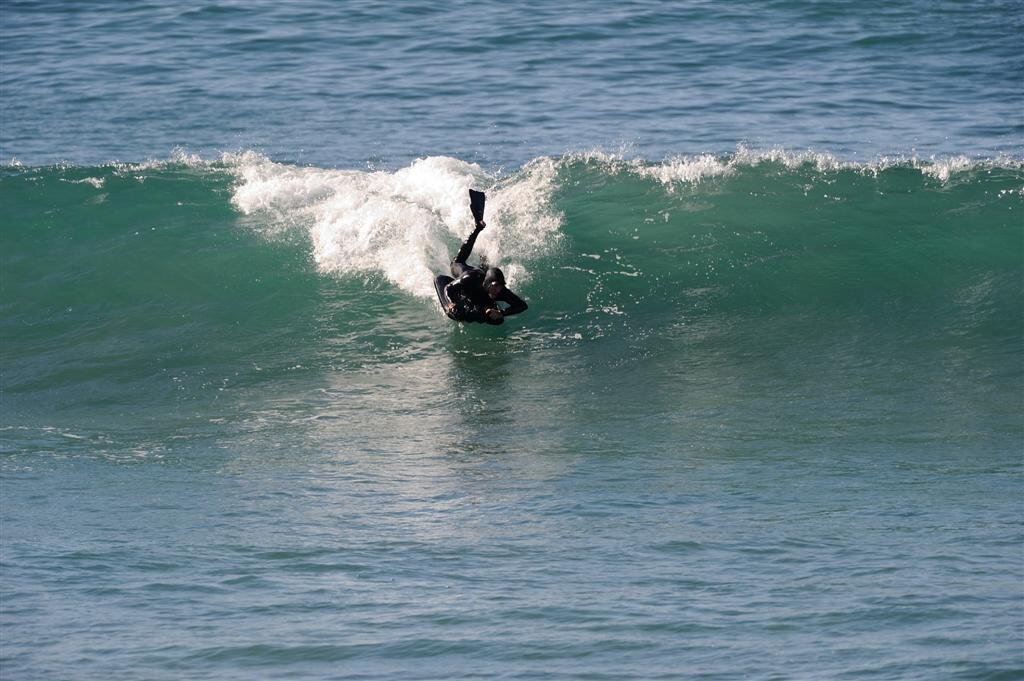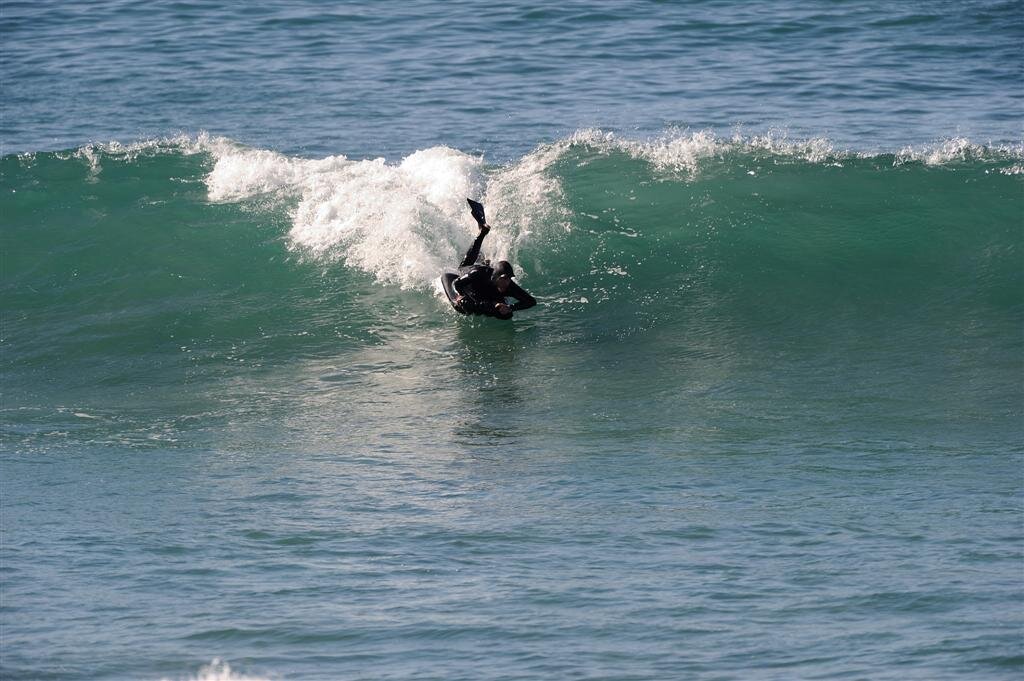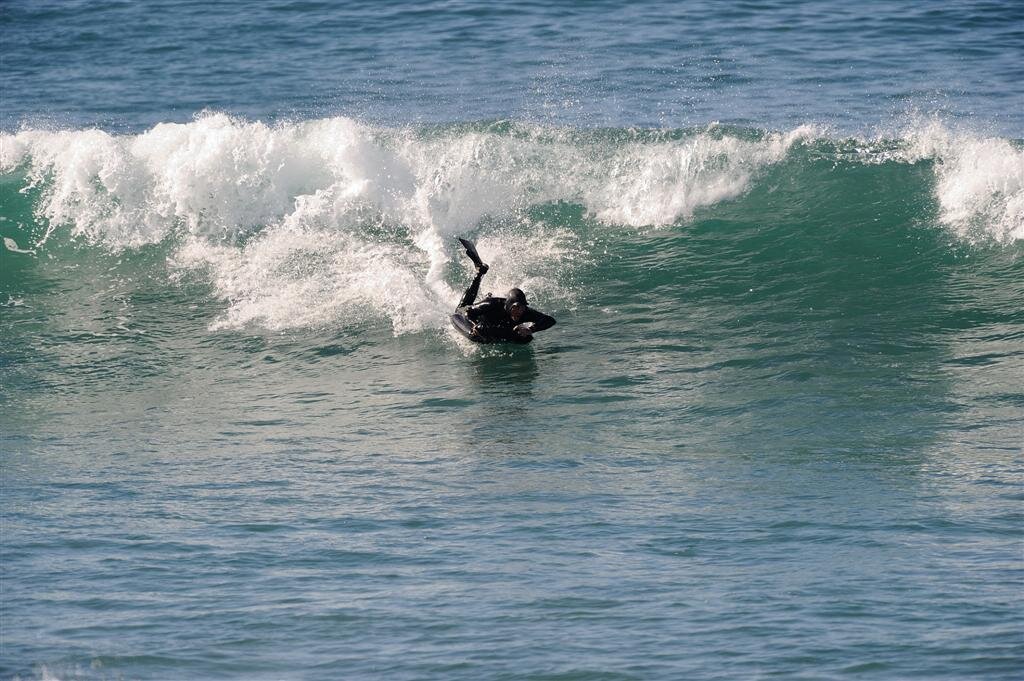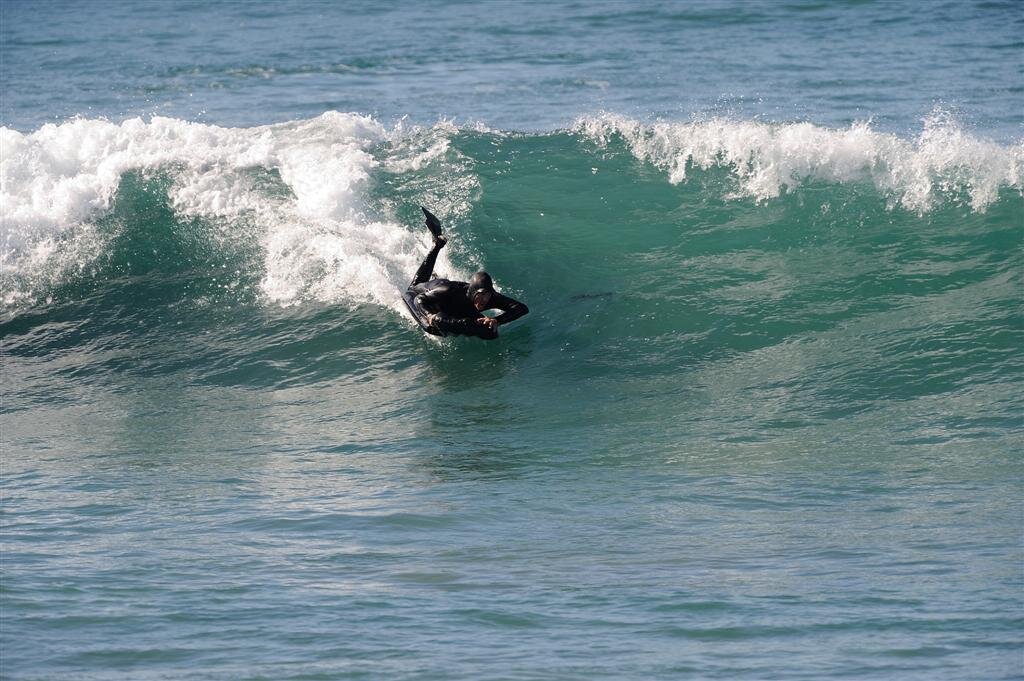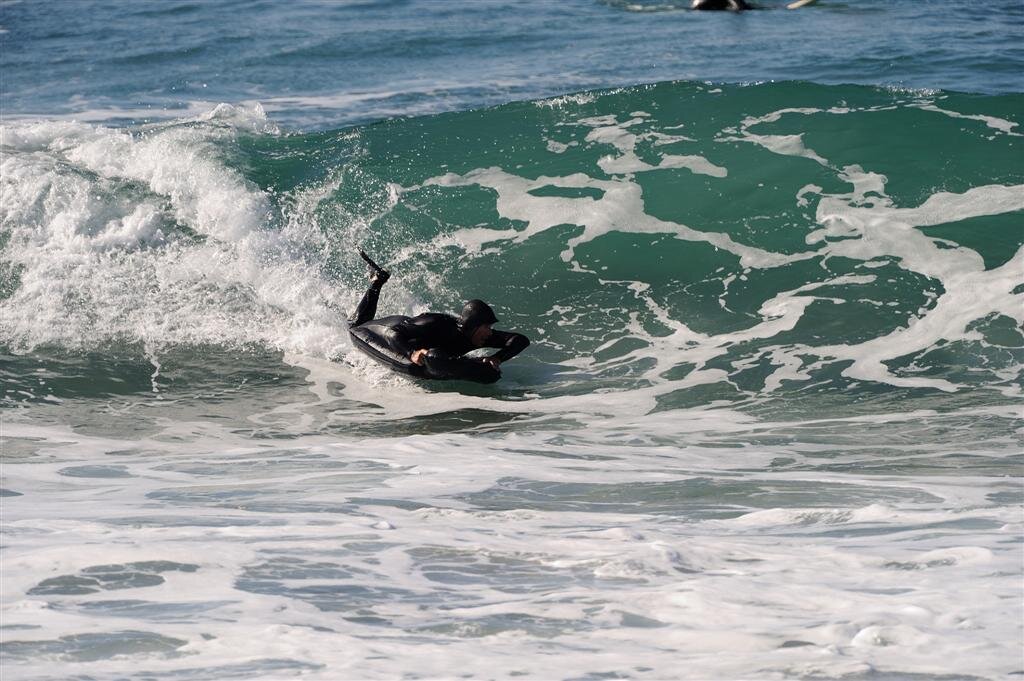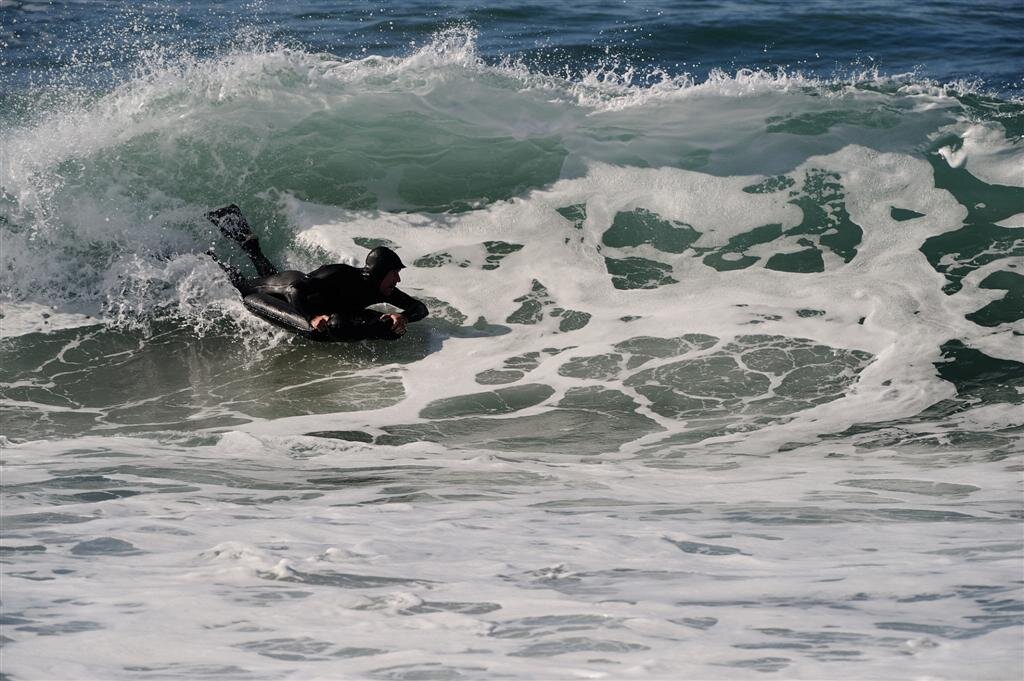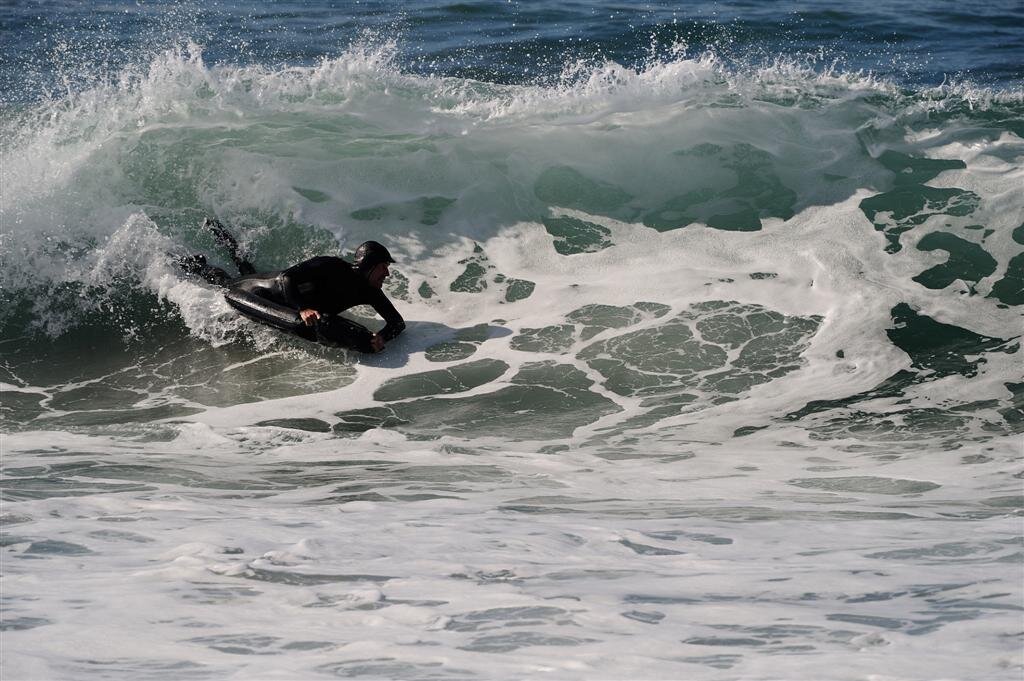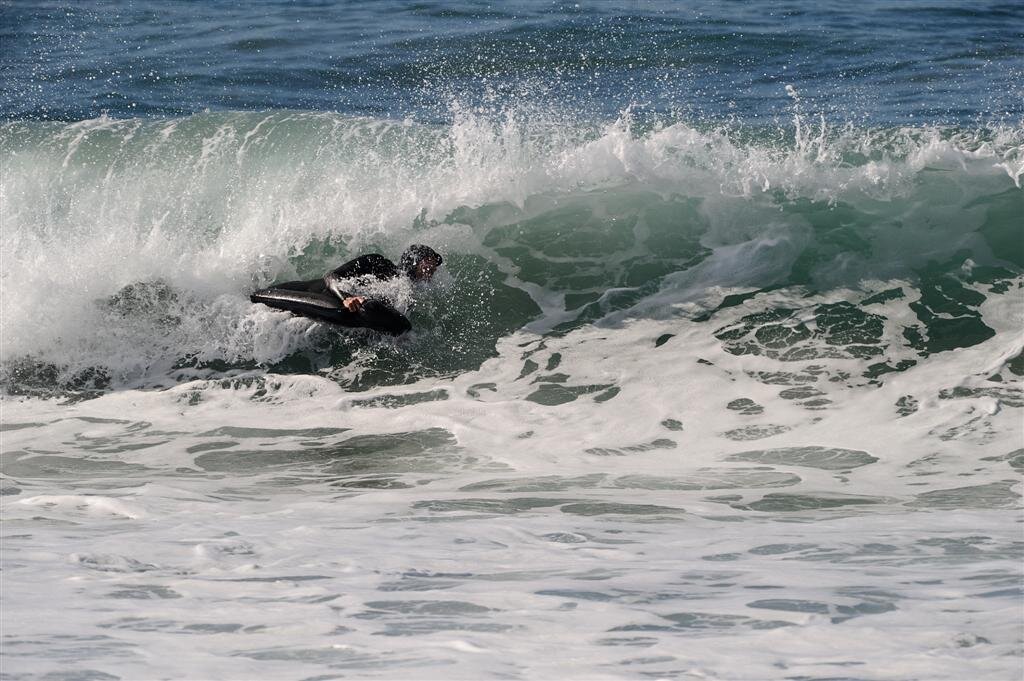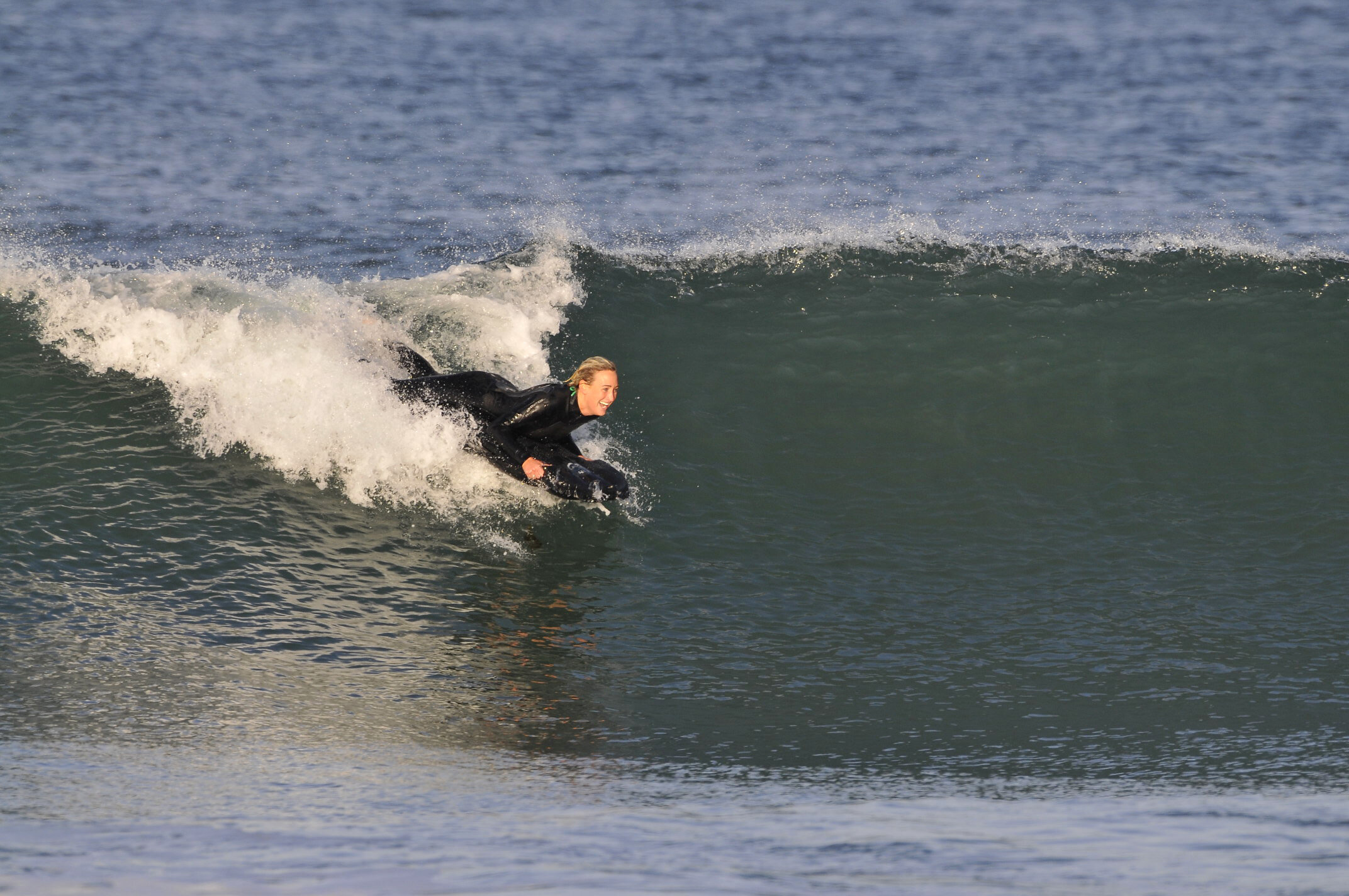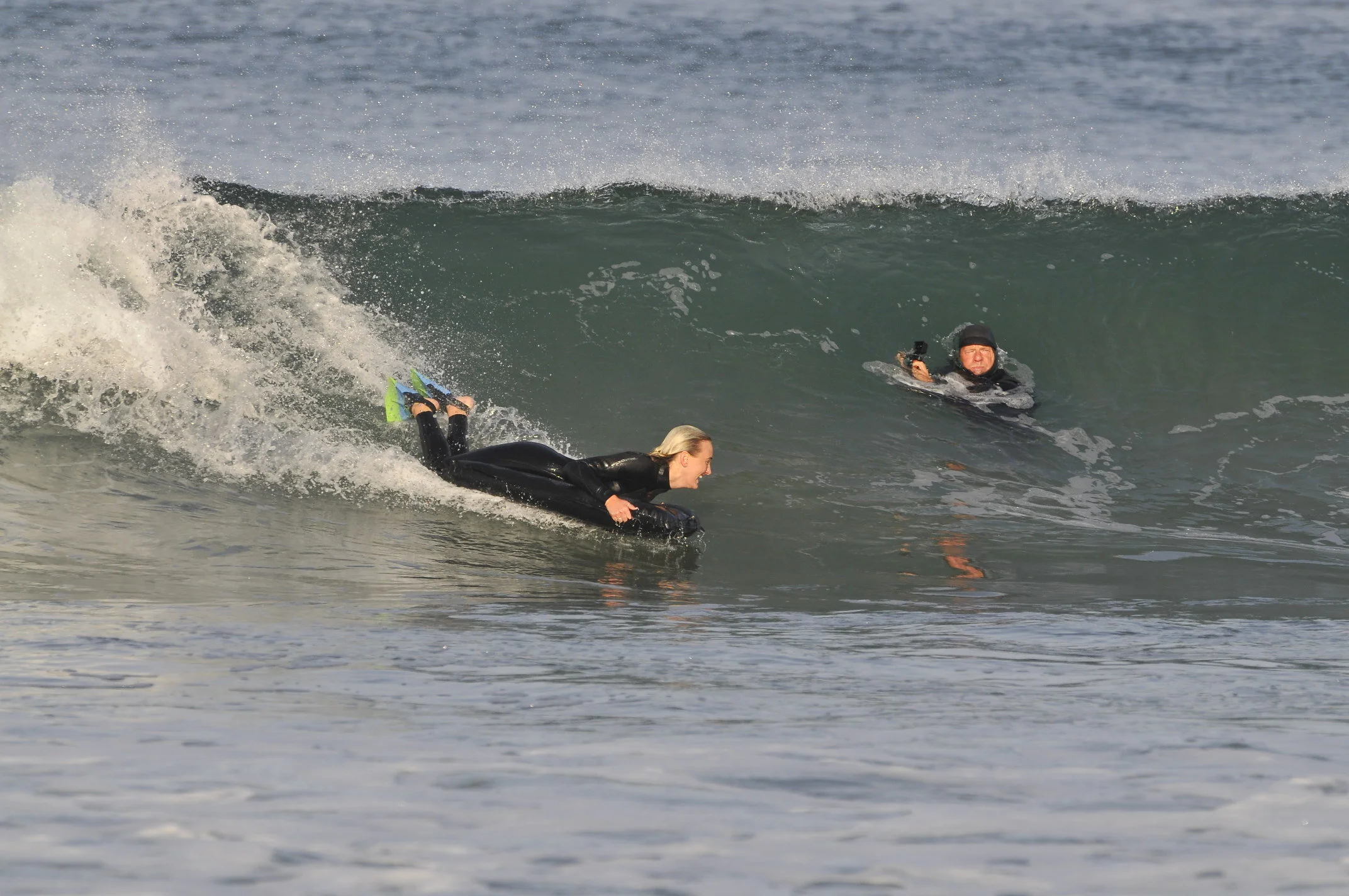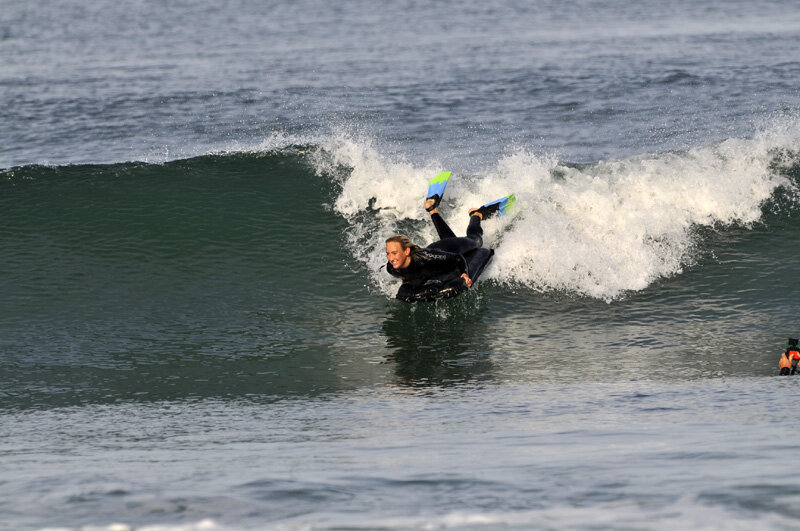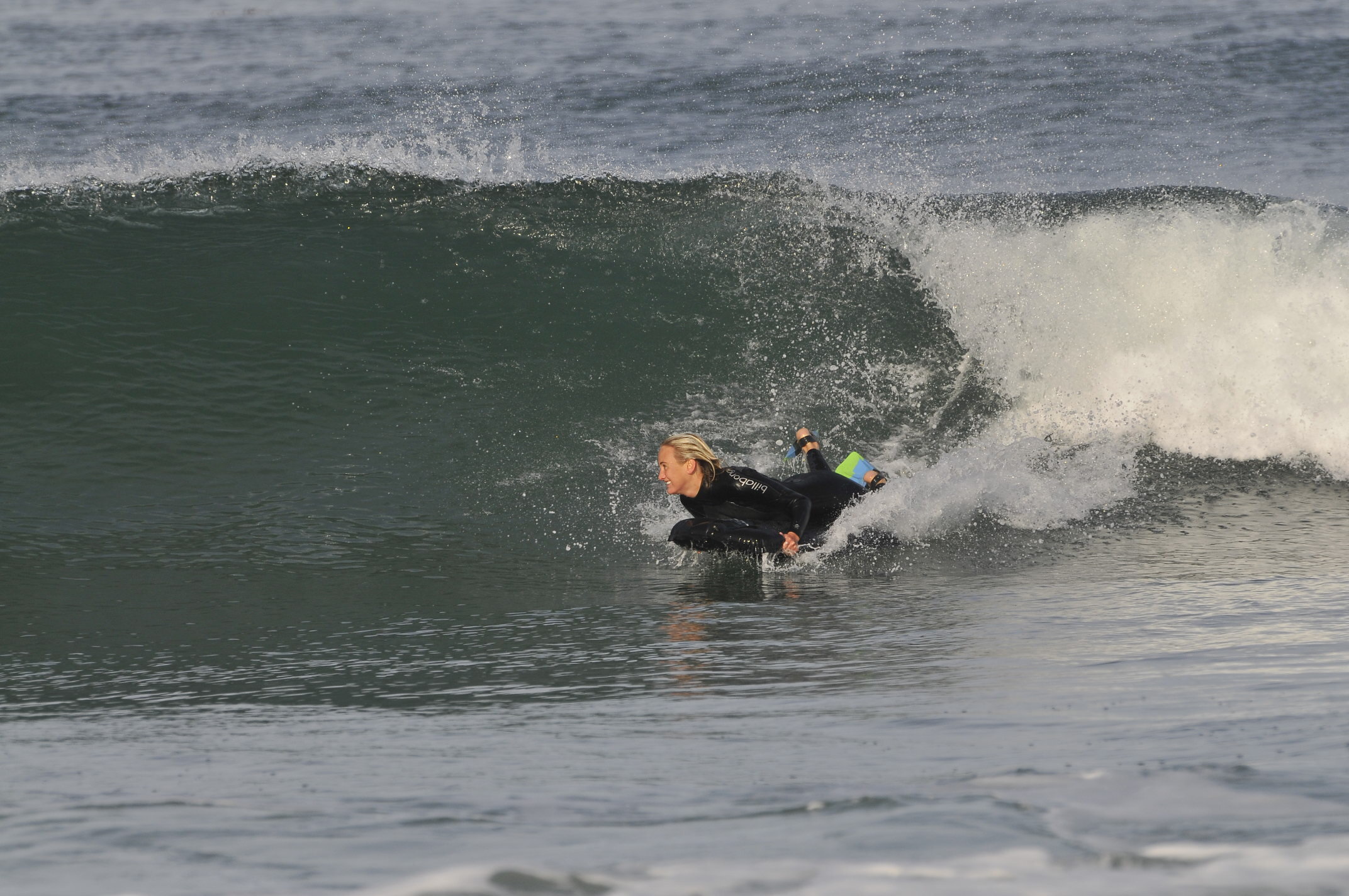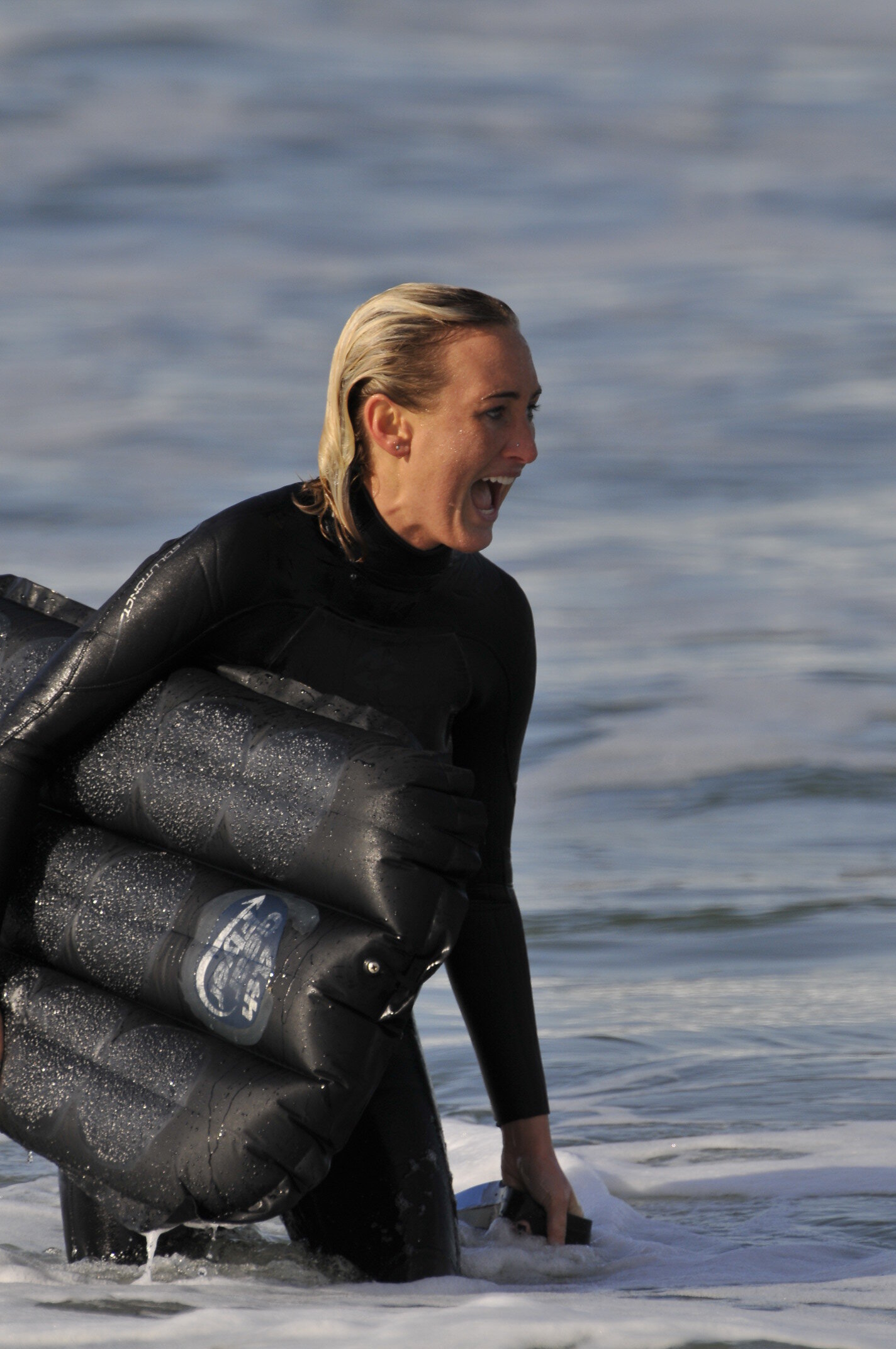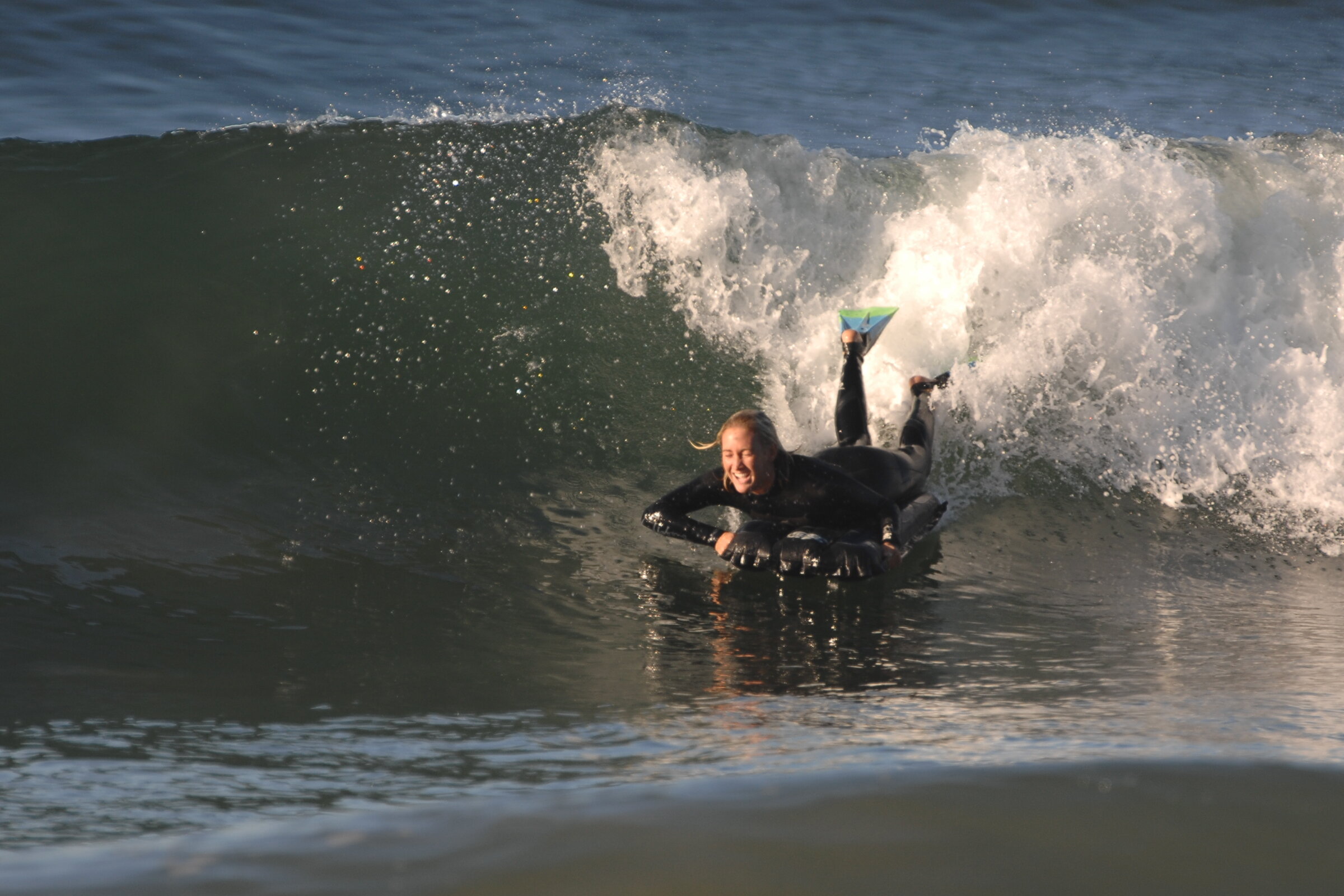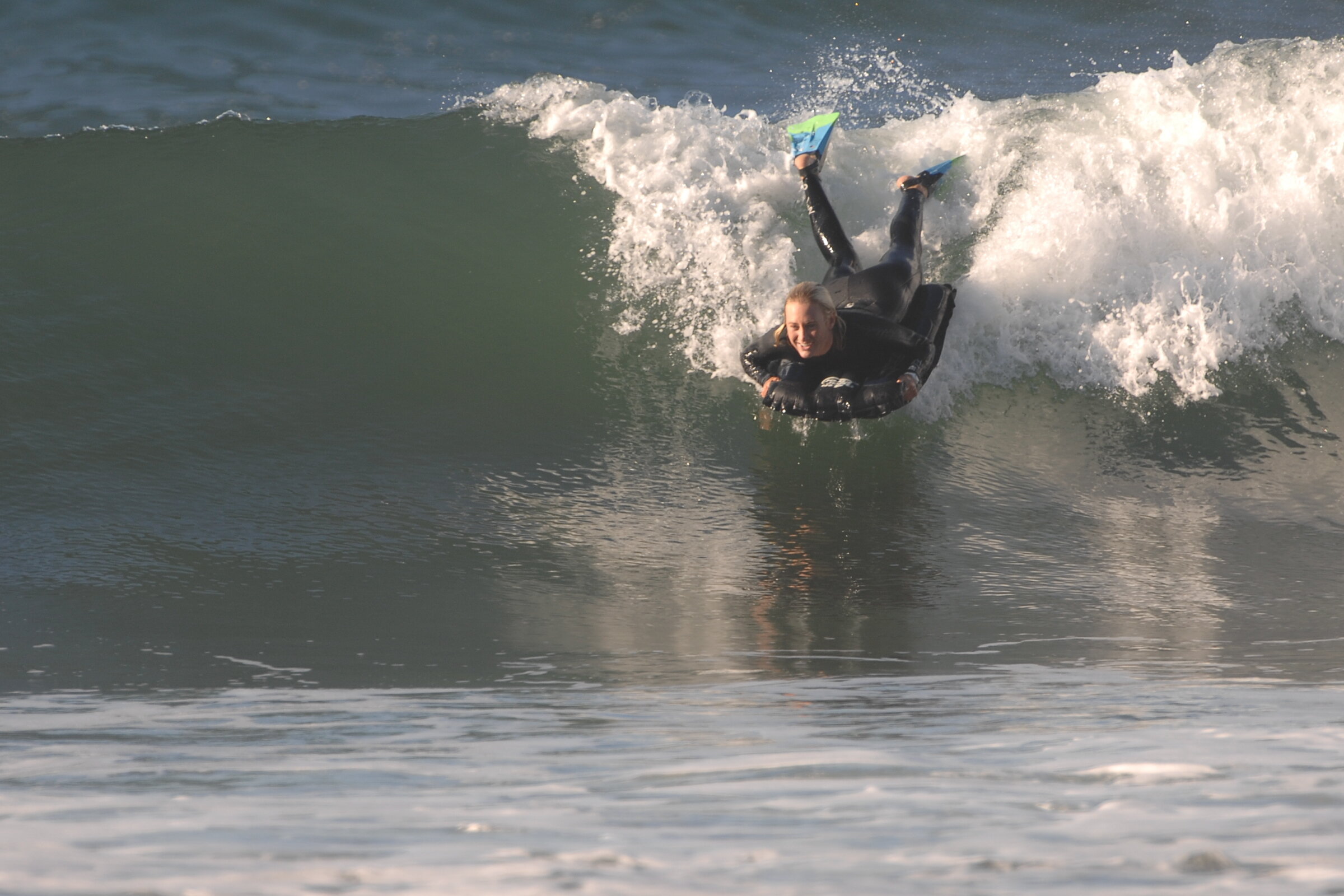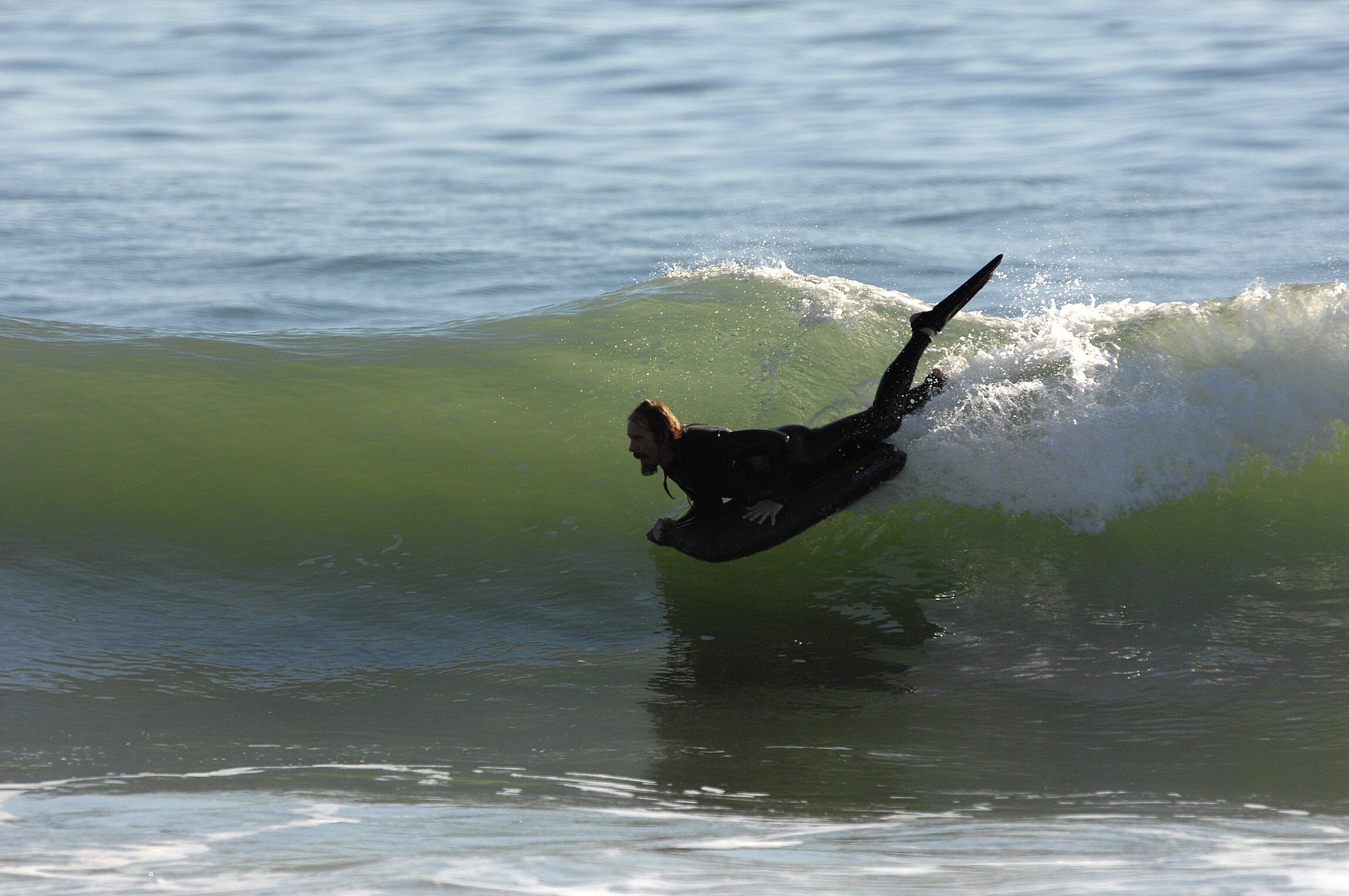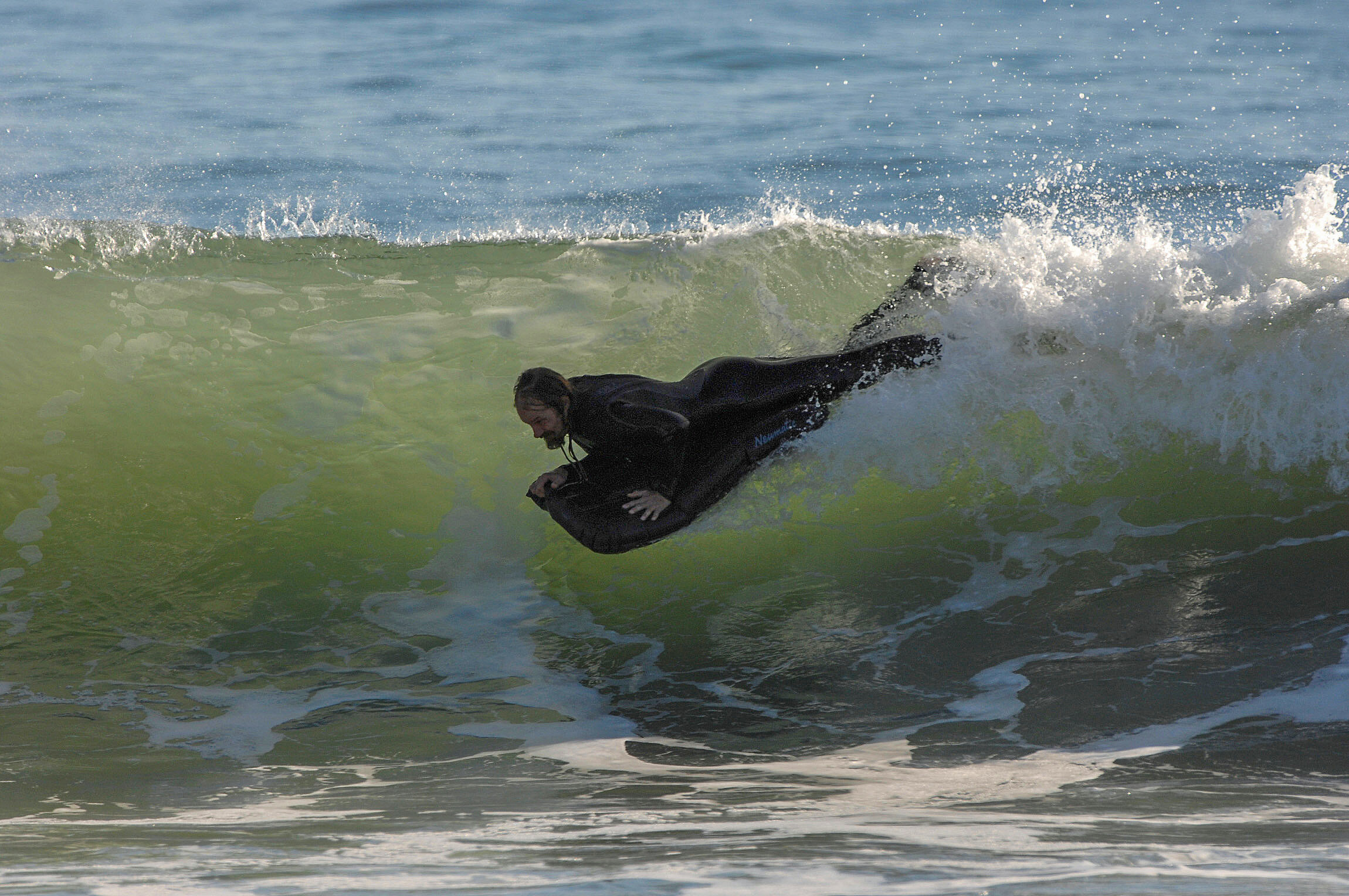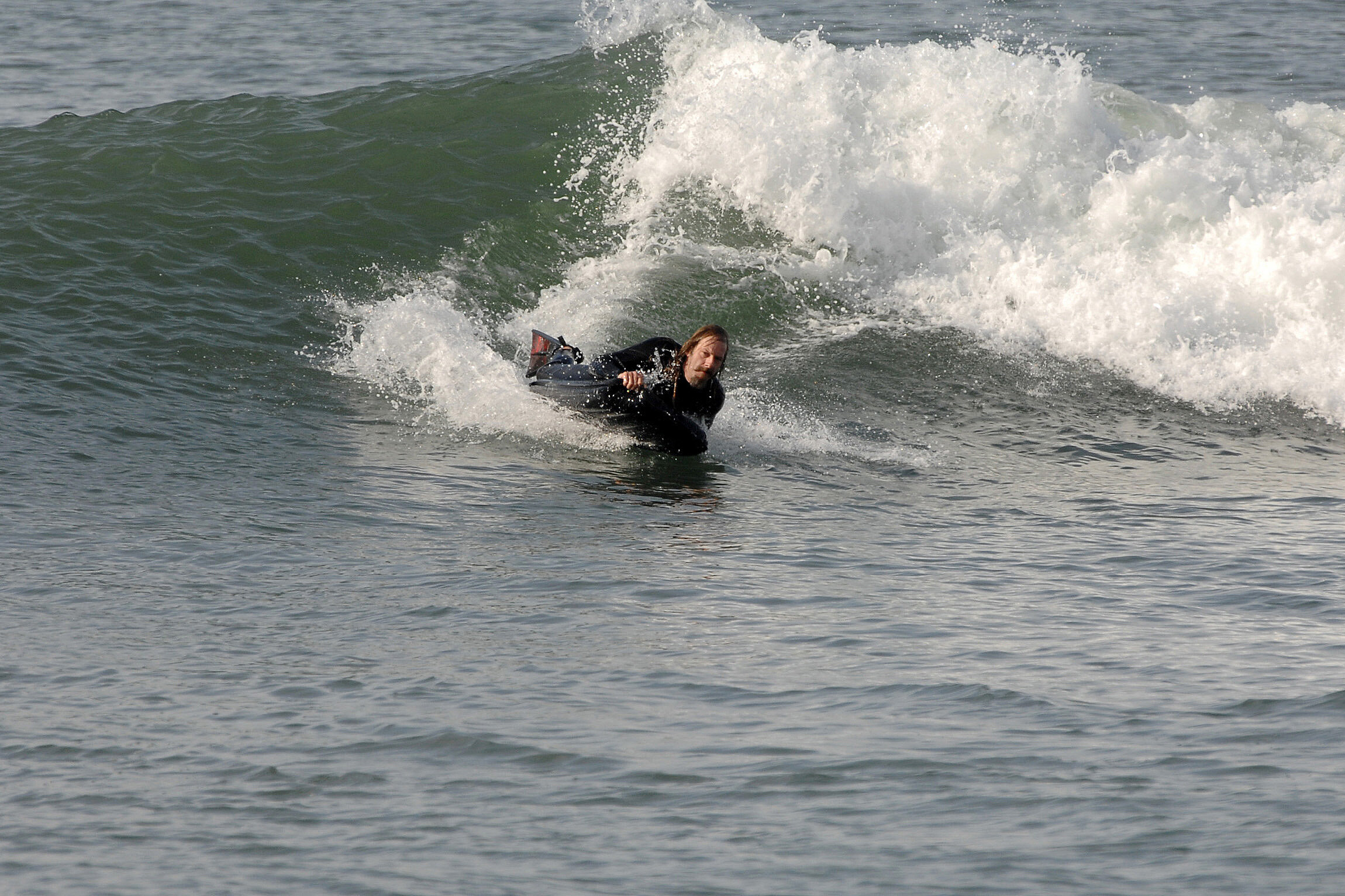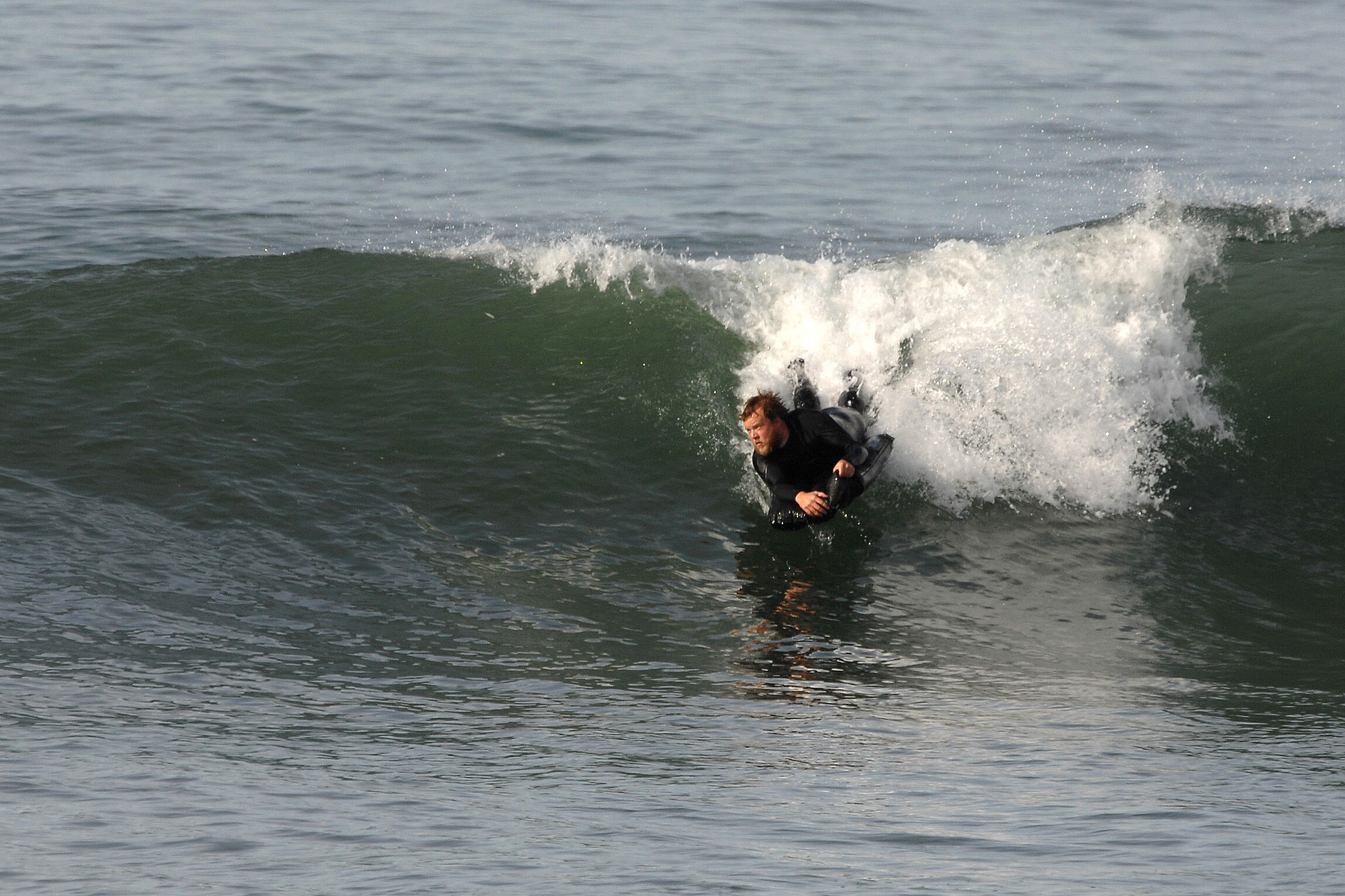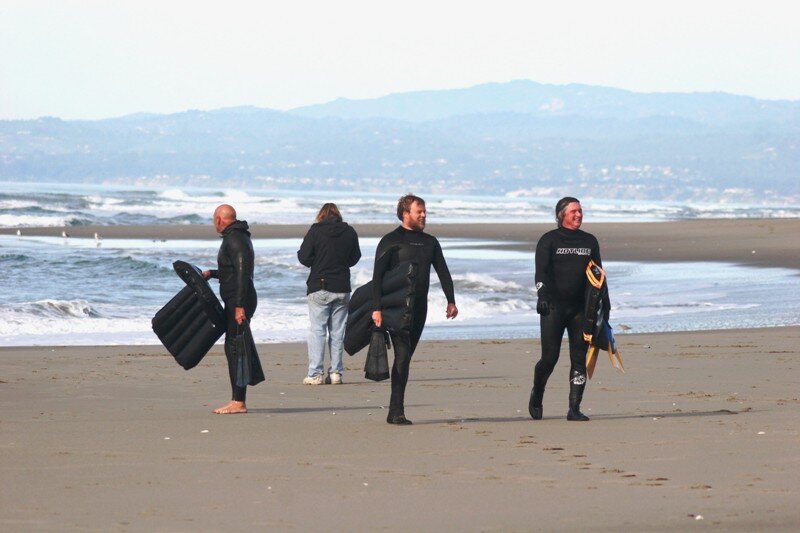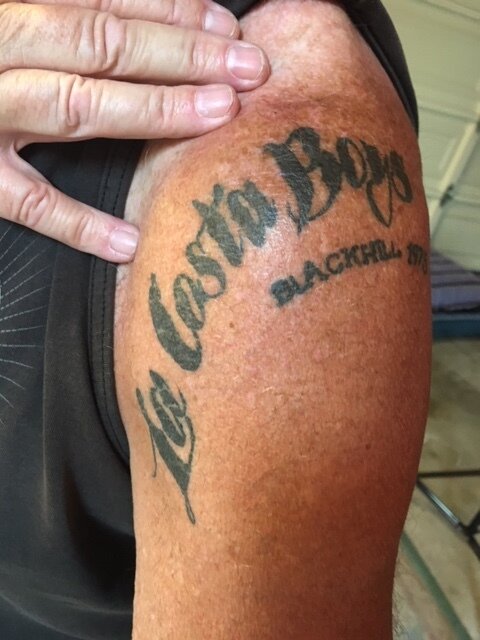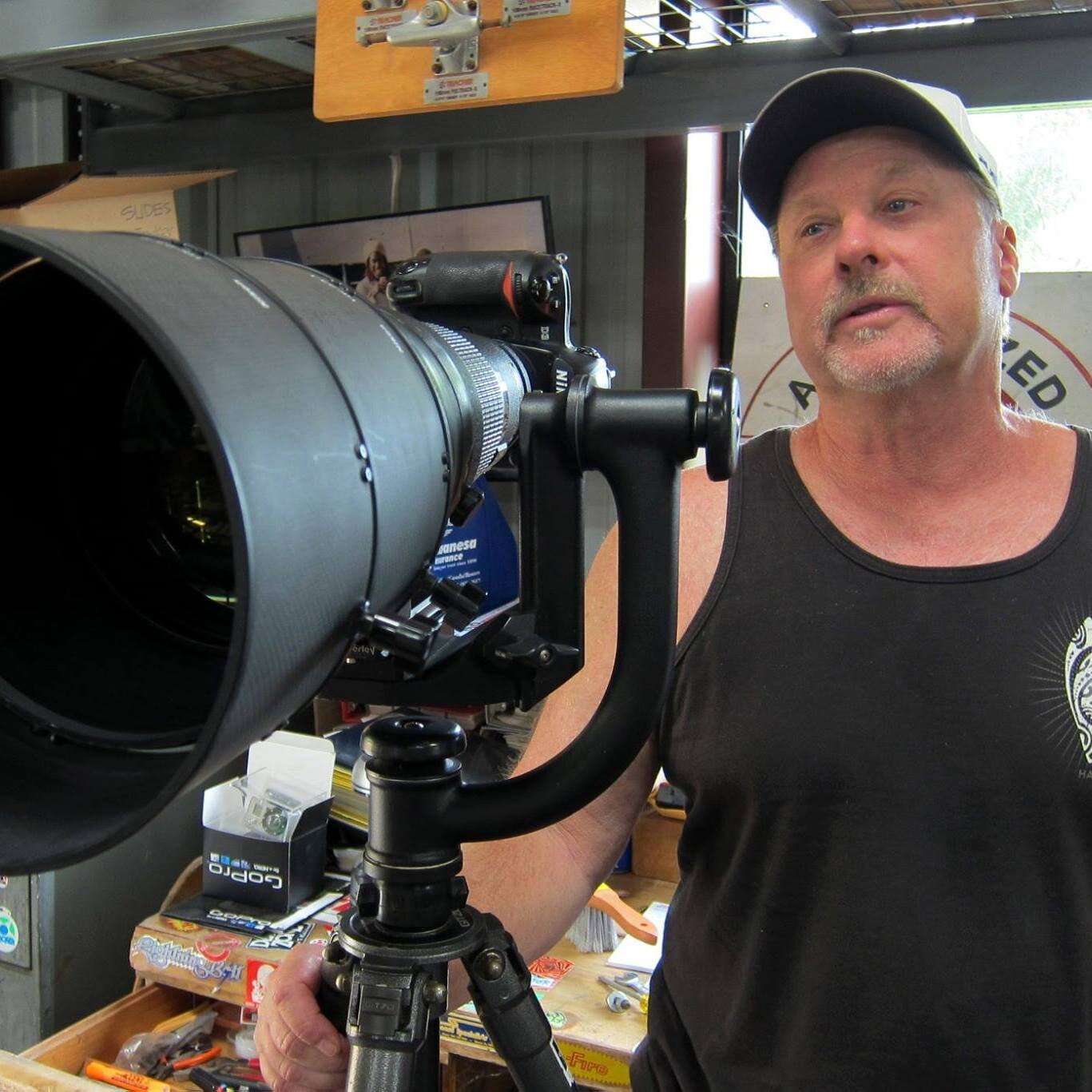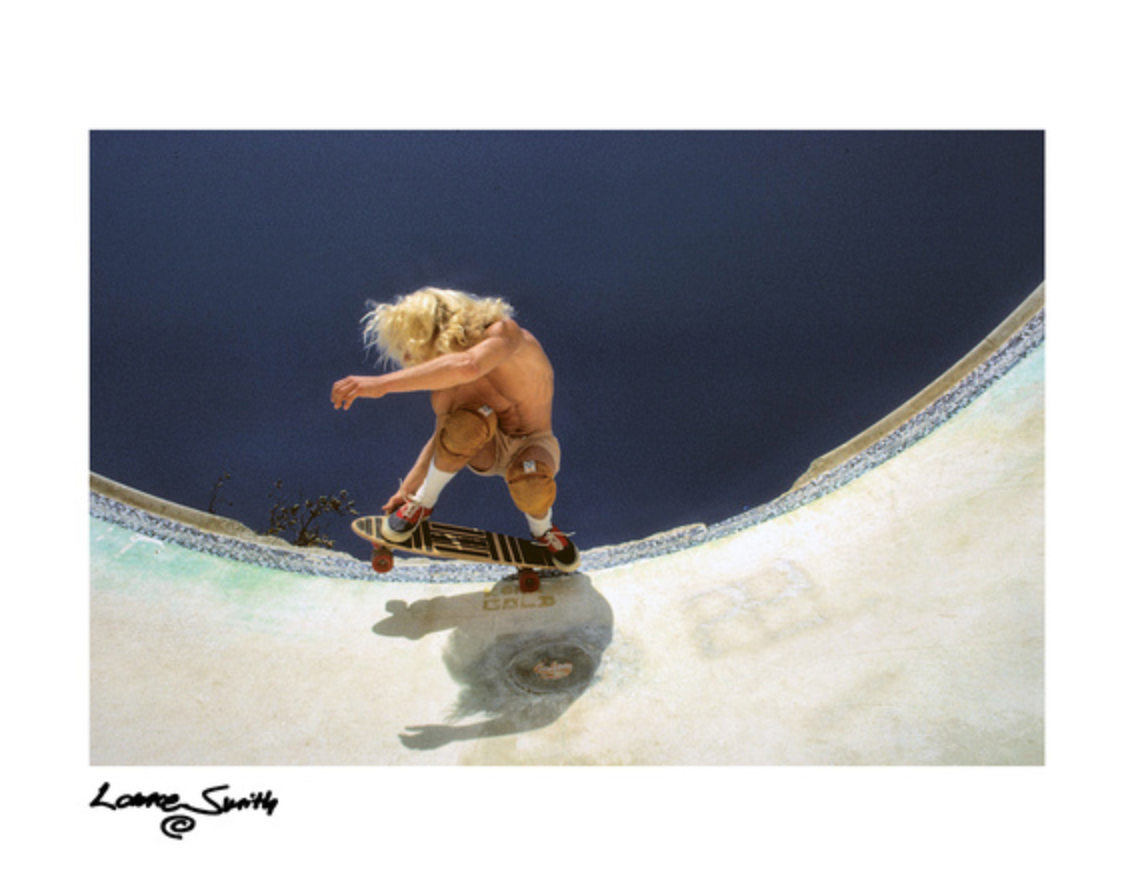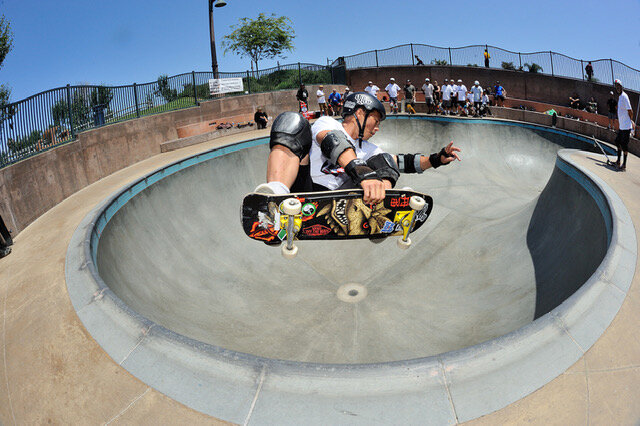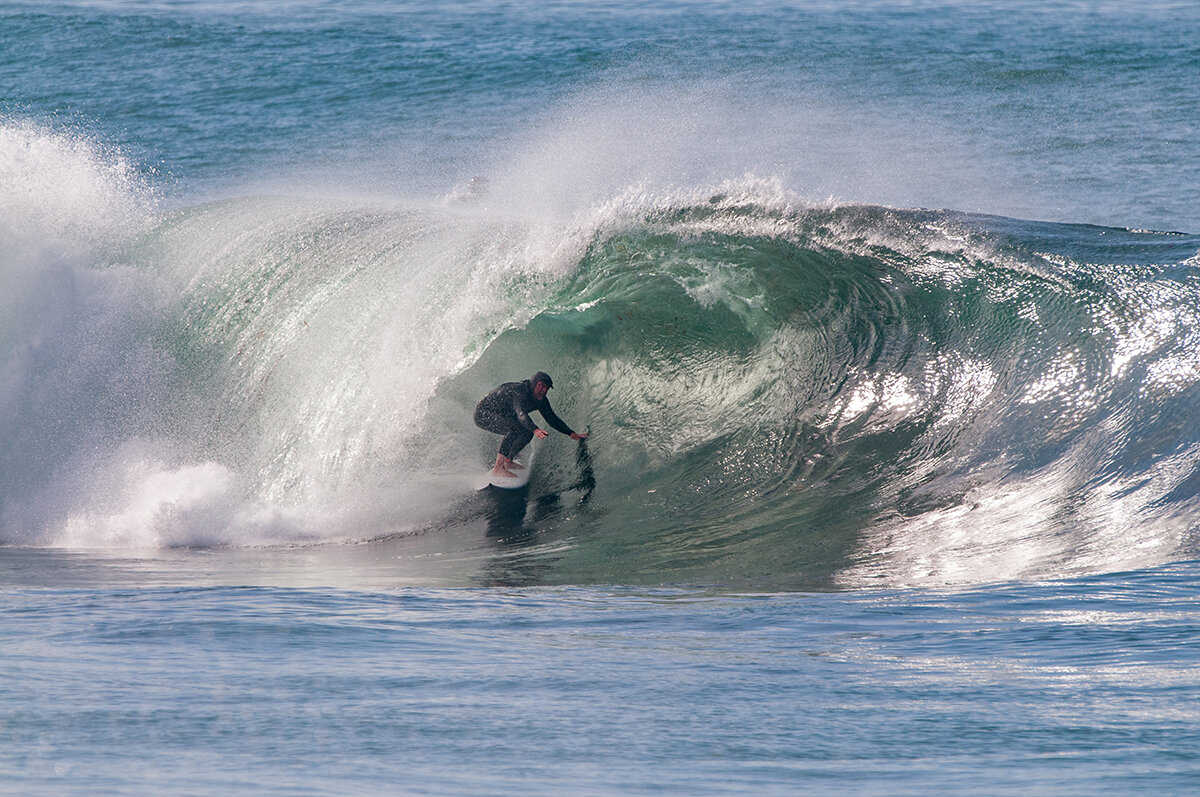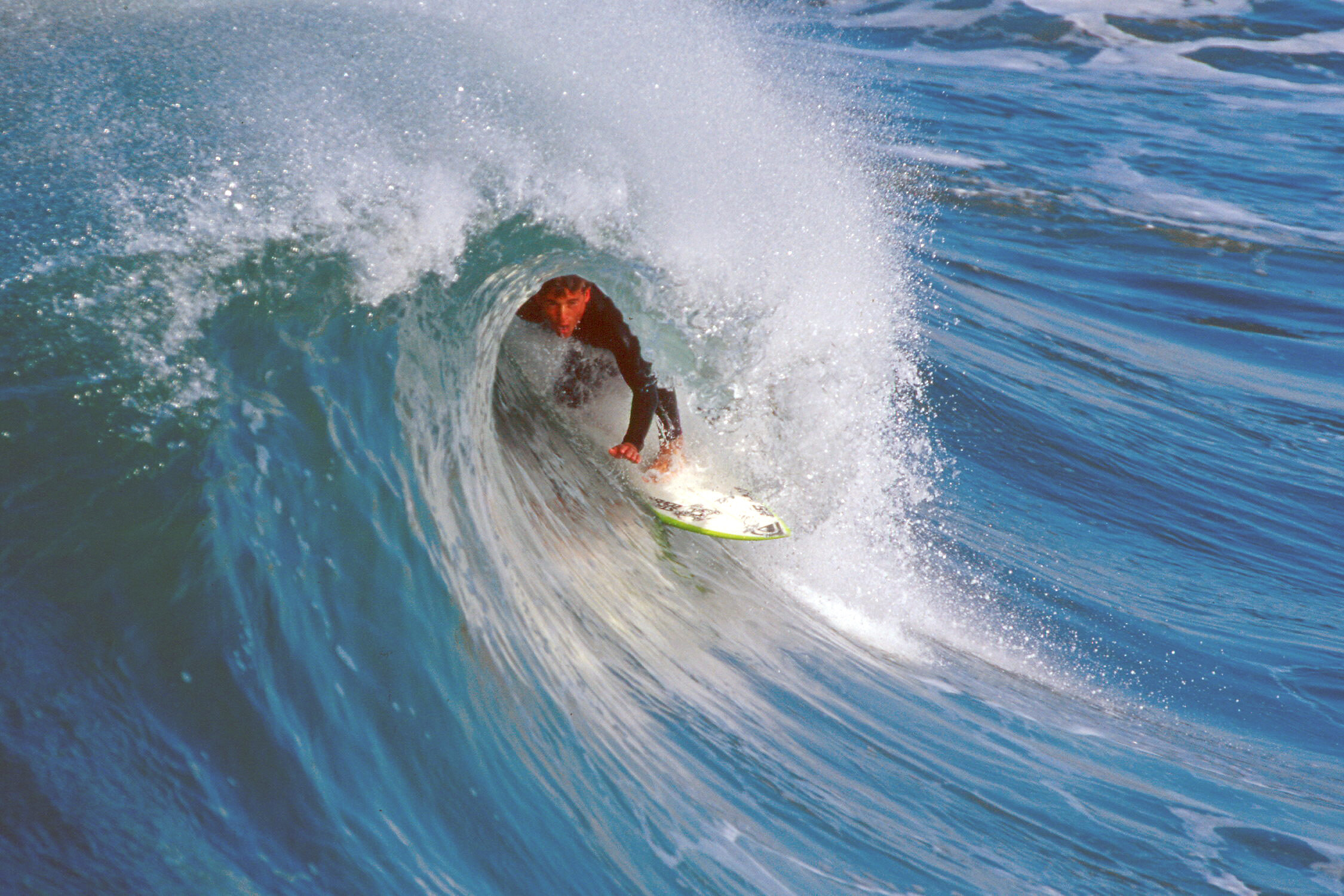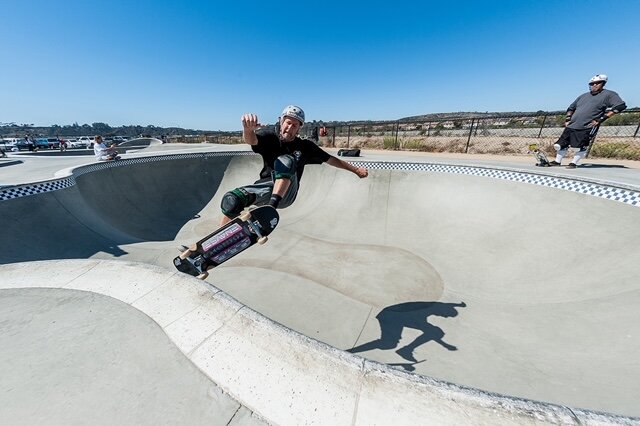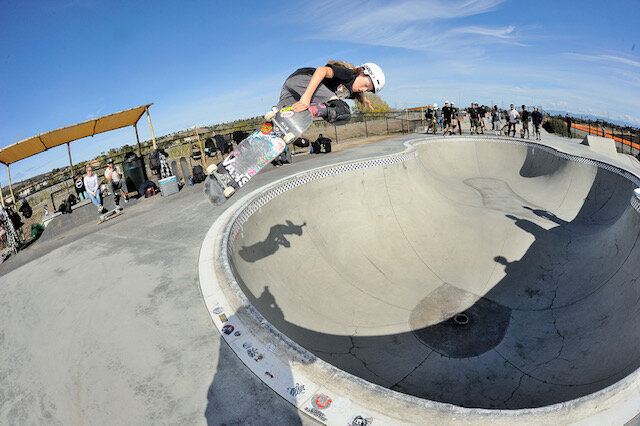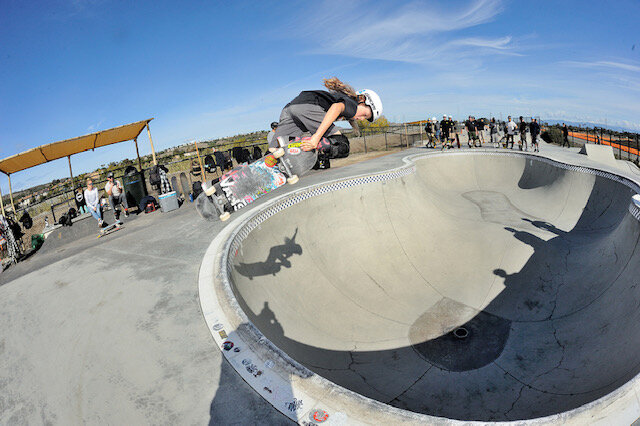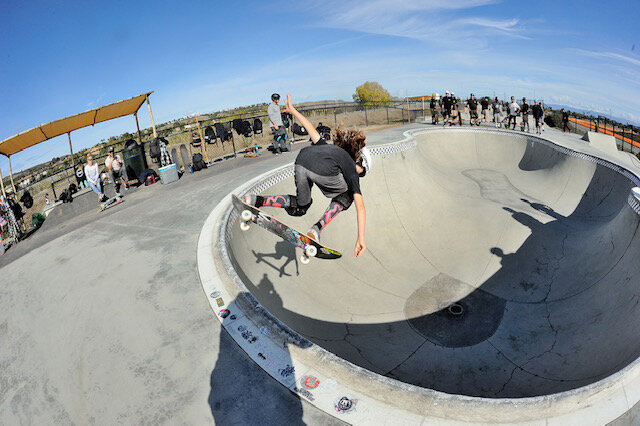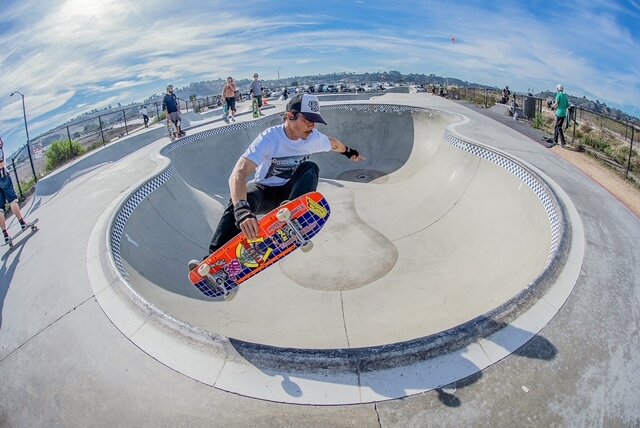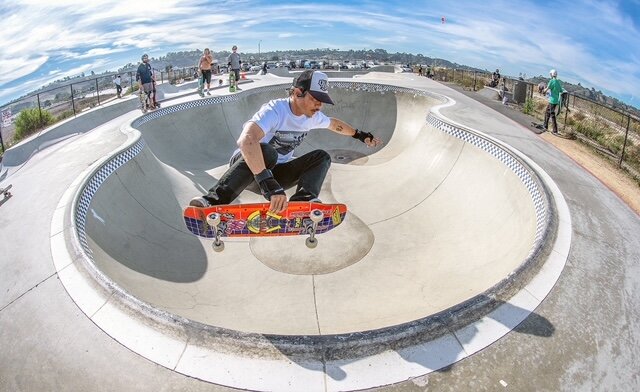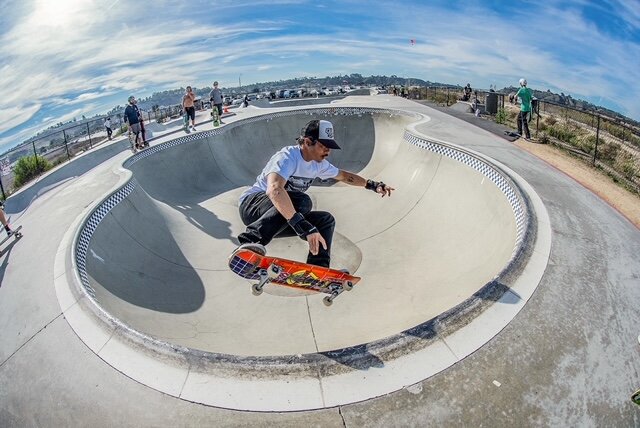HERE x NOW : L/\NCE SM|TH
ALL PHOTOS BY L/\NCE SM|TH
Some years ago, surfer/ journalist, Gary “GT” Taylor pitched me an article for a magazine I was publishing about a surf photographer. I was interested and I assigned Gary to write it. You will find it below this forward. Gary was an aspiring surf writer in the early 2000’s working in North San Diego County as editor at the Beach News, freelancing for Surfer Magazine and was about to land a real editing gig with Transworld Publications.
So, when Gary told me he had a pretty solid interview with an incredible surf/skate shooter I was all in. Then GT produced a few action photos to back it up and said, “Lance Smith is probably the best Action Sports photographer you’ve never heard of.” And with that Gary dubbed his subject, “Mr. Underground.”
“156ish photos of a solid San Diego mat session Lance shot of David DuBois and Henry Hester.”
Lance is, and always has been, on the cutting edge of action sports photography. He has a solid understanding of photography at all levels, from his humble days of old school 35mm film dynamics, to the most modern world, faced paced Digital image mastery.. He uses the latest techniques and state of the art equipment to bring his images to all of us in tack sharp, perfectly framed splendor.
In the bizarre, underground World of Surf Mats, professional looking photos of our tiny crafts being ridden are few and far between. Lance has found the new era of mat surfing, and has produced some great mat photos! Over the years Mr. Underground had seen many shots of George Greenough both on knee boards and mats. So the inflatables were easy to understand photographically.
“Schuyler McFerran, former 2006 World Longboarding Champion and professional surfer. She had a pretty solid mat instructor in her mom Sue Ellen McFerran, who also rips on mats.”
It couldn’t have been any simpler for him to shoot mat surfing. Like a musician who found the pocket, he immediately hit the groove right from the first chord. His overall knowledge of waves, surfing and a professional camera background made mats and their riders take on a sharper image.
His shots of James “Mattitude” Sowell at Rincon are impeccable depictions of how to ride a mat at full speed. He shot the 2004 “Dale Event” with Mattitude and Jamie McClellan that have really stood out. The performance shots of Schyuler McFerran at Swamis and Seaside make mat surfing look so easy.
“James Sowell. Mattitude, as he is known, ripped Rincon this day. He just might be one of the
best mat surfers ever. Below - James and Jamie at Moss Landing, the Dale, 2006.”
And yet he continues, many years later, with photo sessions that have included mat luminaries like Henry Hester, Steve Pendarvis, Barry Palmateri, Pete D’Ewart and Dave DuBois.
“Dale Crew. The group and their machines in Santa Cruz 2006, part of a ragtag group paying
homage to Neumatic Surf Craft maker, Dale Solomonson, who had recently had a heart attack.
It was amazing to watch a stalwart group of riders, on all these different machines, out in the
sand banks known as Moss Landing, just south of Santa Cruz. So much fun and Lance was
there to document it.”
Classic mat riding from Barry Palmatier.
But there are so many other stories behind “Mr. Underground.”
He wears a bold tattoo on his upper left arm that proudly boasts, “La Costa Boys.” A fitting tribute to his being part of the 1970’s skate evolution at a spot revered as the birthplace of high performance downhill skateboarding. Lance can tell you all about it, just ask him, or better yet read about it in the 2019 publication, “Tracker – Forty Years of Skateboard History,” published @Foundry Press by Larry Balma, Tracker’s own inventor, Publisher, Manufacturer and Master Distributor.
Larry Balma spoke on his relationship with Lance at that time.
“I met Lance on the Black Hill at La Costa in the early ‘70s. Lance exhibited a very flowing style in his skating. Lance also shared a passion for photography to document his adrenalin driven sports both in the water and on the hills, ditches, reservoirs, and pools. No trespassing? Not an issue?”
“Lance worked for Tracker in every capacity in the early days because Team Management had not become a full-time job, yet… The sport of skateboarding grew at warp speed in the ‘70s with contests, demos and adventure every week. Lance was there with 40 pounds of camera gear and a bag of film and a trunk load of swag. He was a Hero to the groms!. Lance is a Hero to me as well. Even though he denied me the beachball sticker, back in the day, he will still be my Brother forever. “
Tracker, the Book is probably the most definitive look at the most mind blowing lifestyle and sport ever. Oh yeah, Lance was the Photo Editor and Studio Photographer in the making of this historical publication. Lance seems to always hit the mark, and why not? He comes from a back ground that features being lead photog and media manager at Tracker Trucks in the 70’s and 80’s.
He was fully ensconced in the skate scene in Carlsbad and was one of the original “La Costa Boys,” featuring Greg Weaver, Tony Alva, Stacy Peralta, Kim Cespuedes Larry Balma, (of course), and Dave Dominy to mention a few.
There is a refreshing look at that era from Lance himself on Page 349 of the Tracker book. There he will tell you in his own “Underground” words about bombing the hills with other legends and friends like Danny Bearer, Mike Williams, Logan and the Earth Ski’s and Bob Skoldberg.
The Dream Pool Shot!
Not only did he attack the infamous La Costa Hills, but he also photographed the sessions and competitions real time. From those days and with those individuals, he has become life-long friends with many of the skaters that turned out to be the best of all time.
Lance, as a professional photographer (thru all these years), has also backed up his skate and surf portfolios with a ménage’ of other genres’. From Rock N Roll shots with the likes of Warren Zevon, David Crosby, Graham Nash and Van Morrison, to Pro Golf at La Costa Country Club with super stars like Phil Mickelson. And if that isn’t busy enough he shoots Food Photos for the County and State Fairs, Rembrandt-styled portraits, Still Life photos, Real Estate, Air BNB’s and of course, Mat surfing.
Warren Zevon, up close and personal.
Whew. Busy guy! Here and Now are some words from now deceased surf friend and writer, Gary Taylor on Mr. Underground, Lance Smith.
-KEN MCKN|GHT
Steve Pendarvis. A great surfer, legendary shaper, and most unique mat surfer.
L/\NCE SM|TH : MR. UNDERGROUND
BY G/\RY T/\YLOR
Lance Smith is the best action sports photographer you probably don't know. He has documented the evolution of both the surfing and skateboarding worlds since the early '70s. Living on Maui, Smith witnessed the short board revolution first hand. As the team manager for Tracker Trucks, he was at skate boarding's ground zero. Today Lance is living comfortably in Carlsbad, California, shooting hot local surfers, skaters, and pro golfers for his business, www.lancesmithphotography.com
“From concrete to off the lip, all in a day’s work.”
How did you first get involved in surfing?
I was born in Santa Monica and raised in Westchester (L.A.), and we used to go bodysurfing down at Gillis Beach and D & W's. I got into Paipo boarding, and that progressed into Knee boarding. I did get into a short phase of longboarding at D & W, but it didn't last long. I still kneeboard as much as I can when I'm not shooting.. I still have a Pure Fun fish shaped by Hank Byzak
Recall how surfing in So Cal was like back in those days?
We realized that the South Bay sucked for waves, so when I was able to drive we'd go up to Ventura and Oxnard. My grandparents lived up there. We went to County Line, Pt. Mugu, Radar Towers, and C Street. Surfing was changing; you could see the boards changing on a daily basis. Being a knee boarder, George Greenough was my hero. I never did ride one of his plastic boards; it took a pretty hollow wave to make them work. Then we decided to go south to San Diego County and Beacons, Grandview, Avocado Street. We'd camp at the Carlsbad and Cardiff campgrounds. I graduated high school and went to Santa Monica City College, and then I went for one semester to New Mexico State for a wildlife management major. I always liked going out to the desert and seeing the animals, but as a career it didn't work for me. So I came back and moved down south to San Diego. Buzzy Blodgett at Sunset Surfboards started making my boards, he was a great shaper, and an excellent glass blower.
I went to Palomar College and took some photography classes. Between terms my aunt died and left me some money, and my friend from Hawaii asked me to go hang with him on Maui. It was 73-74, and I stayed for a year. It was so much different from California. I had shot pictures in school, some surfing and skateboarding, but Hawaii is Hawaii, the surf was so much better, and it really got me into photography. I have shots of Honolua Bay when you could drive down to the boat ramp and set your camera on top of the car... in our case it was a $25 Impala. It was a little far away, but it's a difficult place to shoot unless you're in the water. I got some classic shots there, as well as the Breakwall and Harbor Rights. Like the story goes, I ran out of money and came back to California, but photography really stuck with me, and I was determined to keep surfing and taking pictures.
Maui, forever clear. One of Lance’s favorite places to shoot.
At that time (mid 70’s), skateboarding came into my life. Frank Nasworthy had recently invented Cadillac Wheels. We started going out to La Costa with Warren Bolster and riding the "Black Hill," a freshly paved huge, wide road with nice smooth asphalt. No traffic, no houses. It was like surfing on a skateboard. At the same time I met Dave Dominy and Larry Balma of Tracker Trucks and they offered me a job... that was in 1974. That was the beginning of the skateboard revolution, it started going crazy. I was taking photos and Tracker paid for my film and processing. I got a Century 650 lens, which everybody was starting with in those days. I shot skate pictures and made trucks until about 1980. I was shooting a movie with Stacy Peralta and I screwed up my knee skating a pool. We went up to the Upland Pipeline near Mt. Baldy and I hurt it again.
So you must have been pretty good to be skating pools with Stacy Peralta?
I was definitely into it. I wasn't as good as the guys I hung out with, like Rodney Jesse and Gregg Weaver, Murray Estes, all the Kona boys from the Del Dios pools. At one point I skated more than I surfed, and a lot of my buddies were also surfers. At that time I was the Tracker factory team captain, and we traveled around the country. I was everybody's best friend because I handed out all the free goodies (laughs). And I went to all the trade shows and hung out with the guys from the Bones Brigade, the Powell Peralta guys, Tony Alva. And I met a lot of surfers skating at La Costa: Bertlemann, Buttons, Gerry Lopez, Skip Frye...
A younger, but even then legendary pro skateboarder, Kim Cespedes , ripping the bowl for the Tracker crowd.
Sounds like those were pretty good days.
It was the ultimate lifestyle. I'd surf, somewhere in North San Diego county in the morning, then go to Tracker. They were making a lot of money.
Were you making good money too?
I wasn't making the money the owners were making... They all purchased homes. Dave Dominy got a Ferrari, and Larry had a Lamborghini. There were making good, good money. The only trucks around before that were for roller-skating. Tracker came out with the first true skateboard truck so they started going crazy. I was on salary, I was doing ok for myself, I was living on Neptune Street in Leucadia..
Then skateboarding went away.
Caught in a giant web at full speed.
Legal issues, lawsuits, the market got saturated, there was too much crap out there, and it started dying. But it didn't die completely; it turned more into freestyle skating. Now they're building skateparks everywhere.
Then what did you do?
I got into construction, worked for some framers, and really got back into shooting surf photography. I knew Warren Bolster when he was the editor of Skateboarder Magazine, and he was really more of a water photographer in the Surfer world. He turned me on to some people and I got some stuff published. I developed a great sense of self-satisfaction by just going out and shooting surf pictures. There's that excitement when you get your slides back and know that it's the result of your own creativity.
“Big Rock. ”
I think your work is among the best I've seen anywhere. So the question begs, why isn't Lance Smith's photography all over the surf mags?
I don't know... because Lance Smith is Mr. Underground. Maybe I'm uncomfortable pushing my work. I'm uncomfortable just talking about myself in this interview. I'm kinda shy and uncomfortable with notoriety. I don't want to sound bitter, but the door doesn't swing very wide at any of the big magazines. I came close sometimes, Divine looked at my stuff once in a while, but I just gave up on turning pictures into magazines.
There's a lot of politics at work at the magazines. Like anywhere, it's a lot of "who you know." I'm pretty low key myself with my writing.
Yeah, you and I are alike in not liking to push ourselves too much. But I've been pretty successful in shooting guys and selling them the shots. This year I'm shooting pictures full time, selling 8x10s. That's a part of surf photography that's a lot of work, you gotta pay a lot of dues. A lot of times I shoot pictures and don't know who I'm shooting until I approach them on the beach. Maybe they're a pro, maybe not. I've never been able to hang with the groovy crowd, I don't hang with the pros. Sure I know the guys around here, Gerlach, Machado, Taylor Knox. I'm not going to hang with them just because they're so-and-so. But I've paid my dues and ultimately I'm still committed to make money doing it. If you think you're cool and groovy and Surfer Magazine will come knocking at your door, you've got another thing coming.
It seemed like there were more opportunities in the 60s and 70s for more freelance photographers such as yourself to get regularly published the magazines. I mean, they even had regular features that spotlighted freelancers. As the sport grew, it seemed to grow more cliquish.
Oh, absolutely, and I don't know what changed that. I had opportunities from Warren, and there was a magazine called Breakout that published my stuff. Surfer would write me and ask for stuff. Now you look at the list of contributing photographers in the magazines and it's just hideous. There's a lot more surf shooters out there now. The advent of autofocus with big glass telephotos helps quite a bit. I'm not taking away from others, there's a lot of fantastic photographers out there who paid their dues, but it did get cliquish.
“Tack sharp skate sequence. ”
Like you said, ultimately it's personally rewarding to capture a great moment on film?
It's worth it, because you get that box of slides back and you know that your exposure was right and got some good waves. I just got some great stuff back from Trestles, and I'm so stoked, it's a really good feeling.
So you have some great Trestles shots, then what?
If I didn't know the person I'd approach him on the beach, give him my card and tell him to call me if he has any sponsors that need pictures. Inevitably that happens and that's when the process starts. It sounds like anybody in the world can do that, but it's a lot of work. Sometimes you get a good gig and you'll get put on retainer as a photographer. I'm shooting photos of surfing because I love surfing. But now I'm also trying to make some money. It's kind of a survival thing now, and I've come out of the woodwork a bit. I'm doing more than selling 8x10s.
You've done a lot of non-surf work as well?
I shoot the Buick Invitational at Torrey Pines every year, and also some events at La Costa. It's cool to hang with real photographers, guys who have made it and paid their dues.
“Dinner is served!” - Table Tops from another time.
Lance Smith has paid his dues. Because he'd much prefer shooting at the beach rather than schmoozing at cocktail parties with groovy people makes his contribution to surfing just as important and compelling as the names you see in the surf mags month after month.
Barry Palmatier. Subtle lifting on one side, light pressure on the other equals a blaze of speed.
The simple proof is contained in the images you see here. For more information on Mr. Underground, Contact him at: www.lancesmithphotography.com


